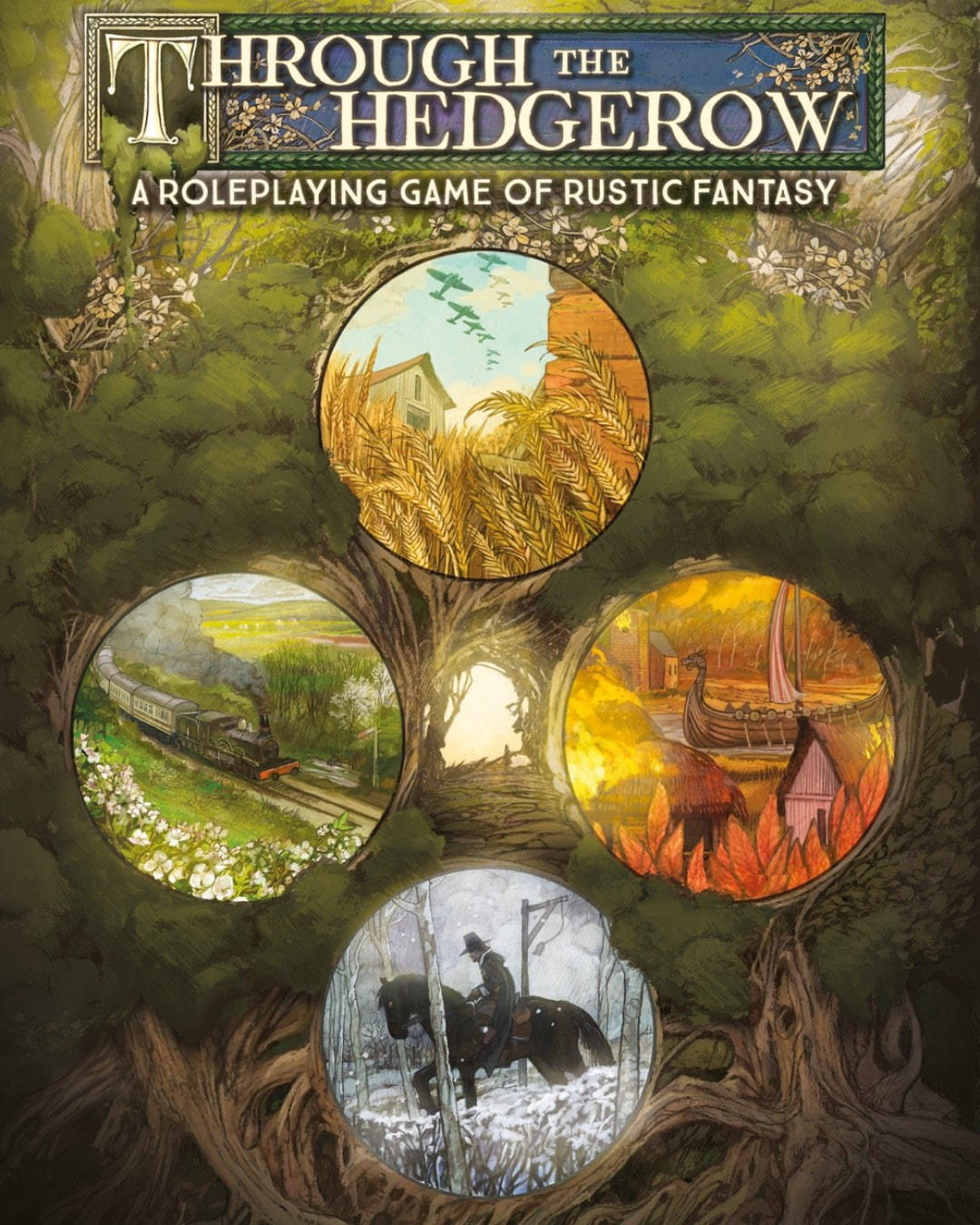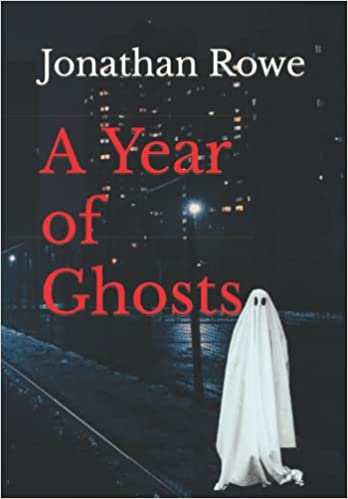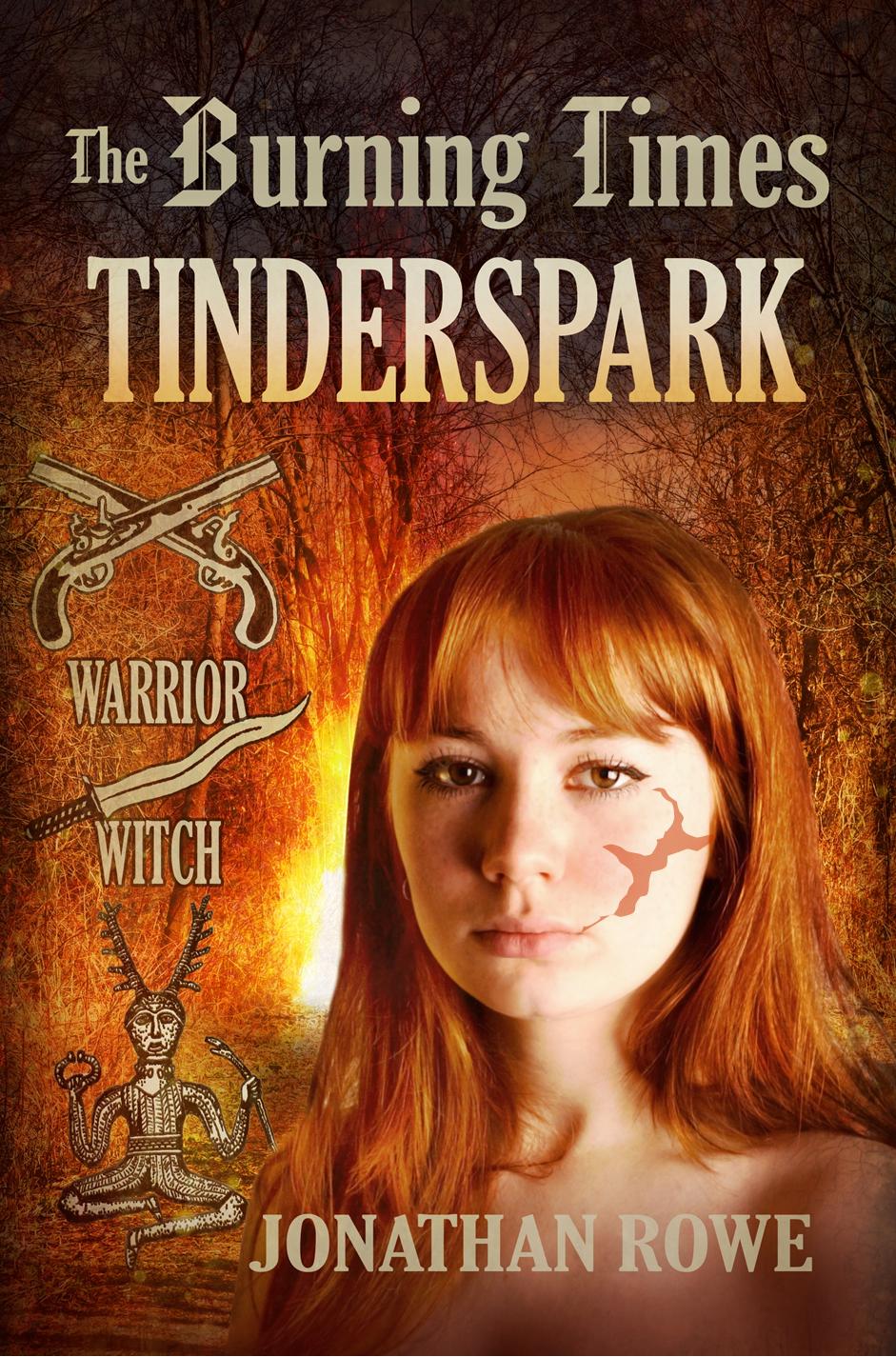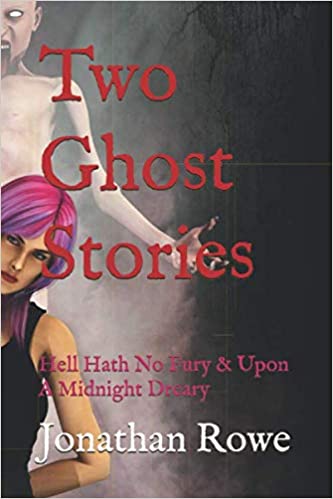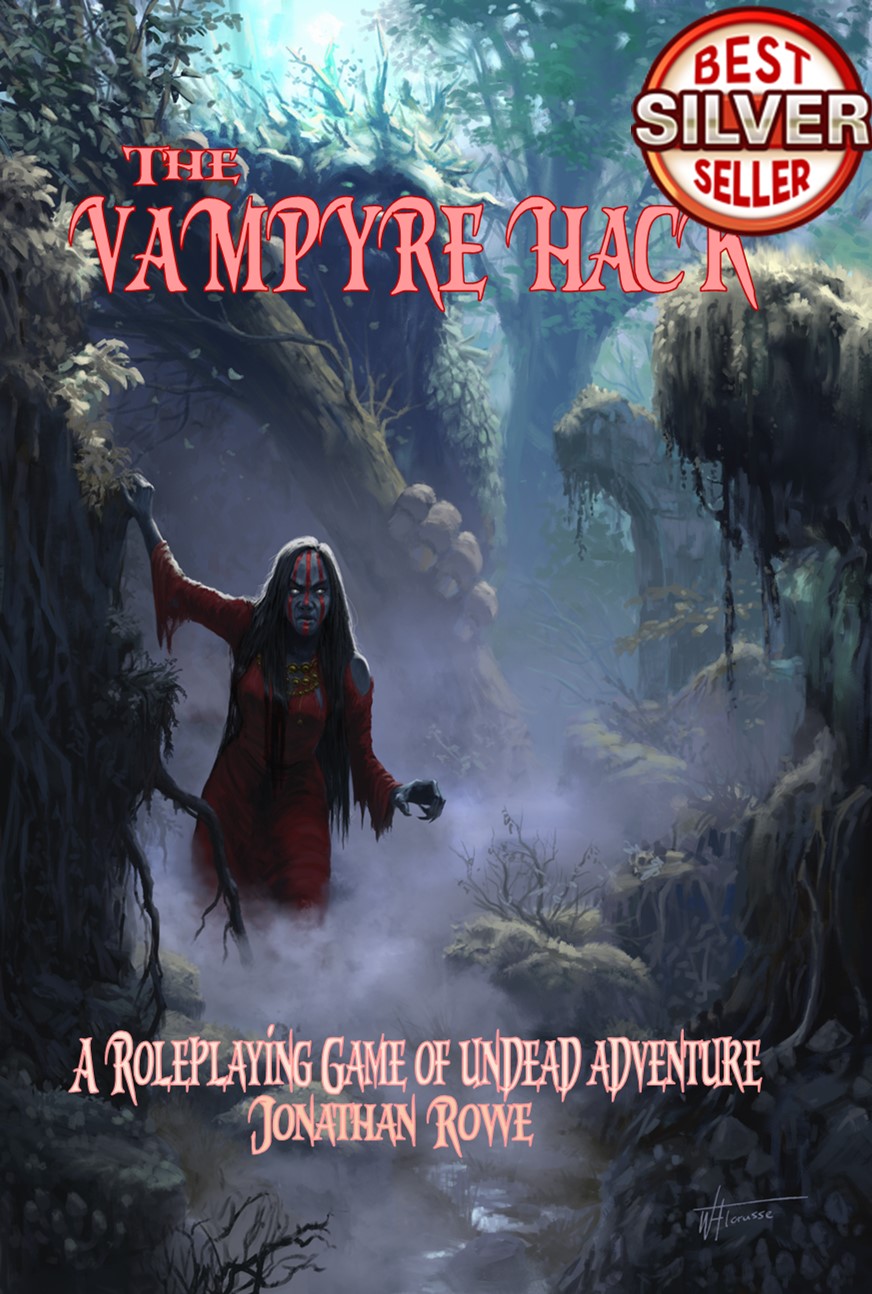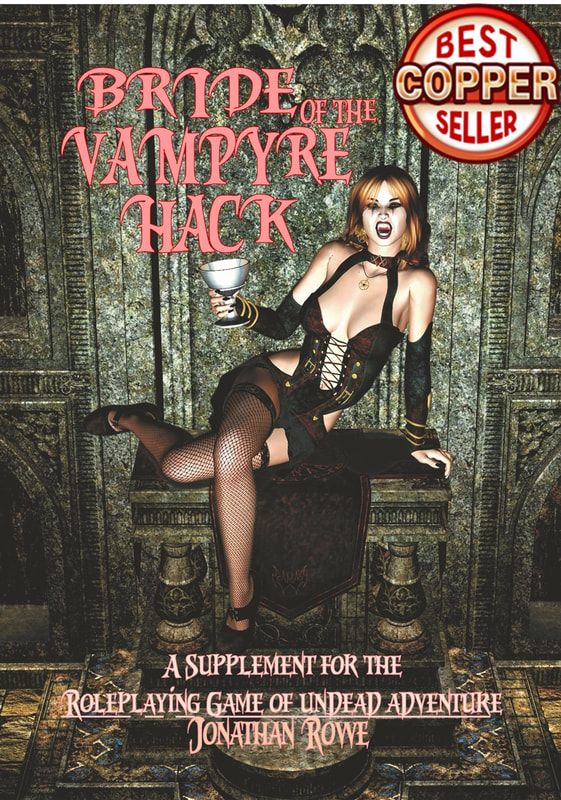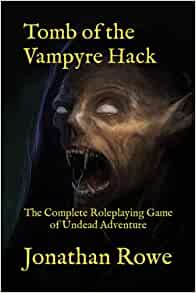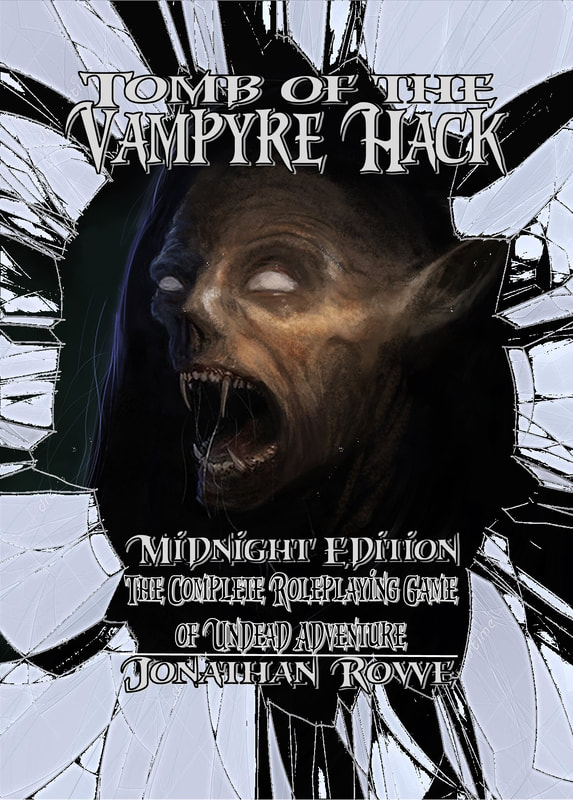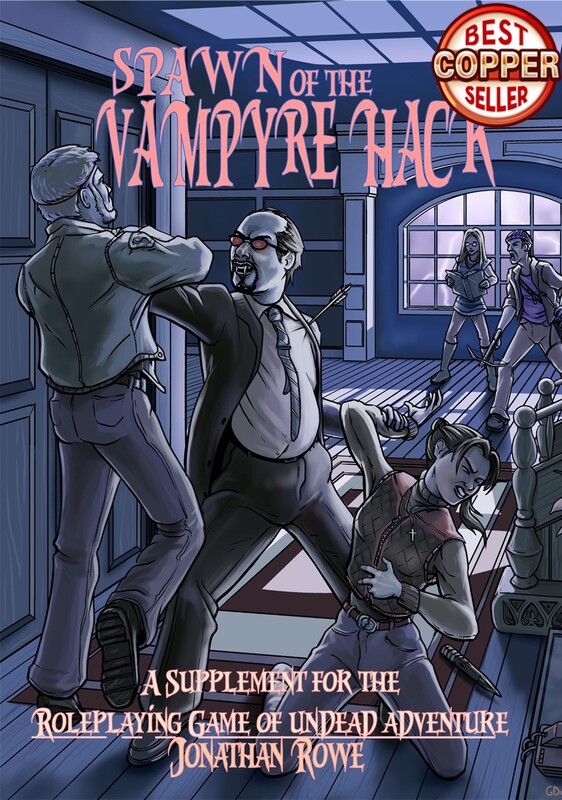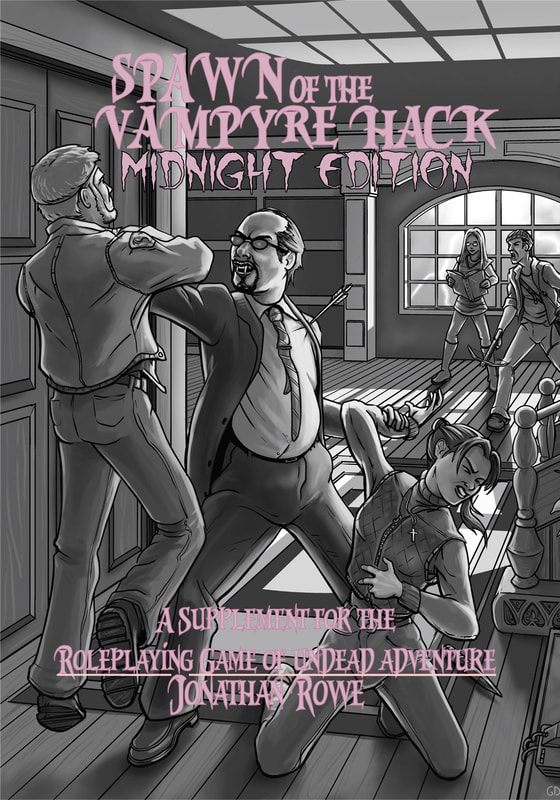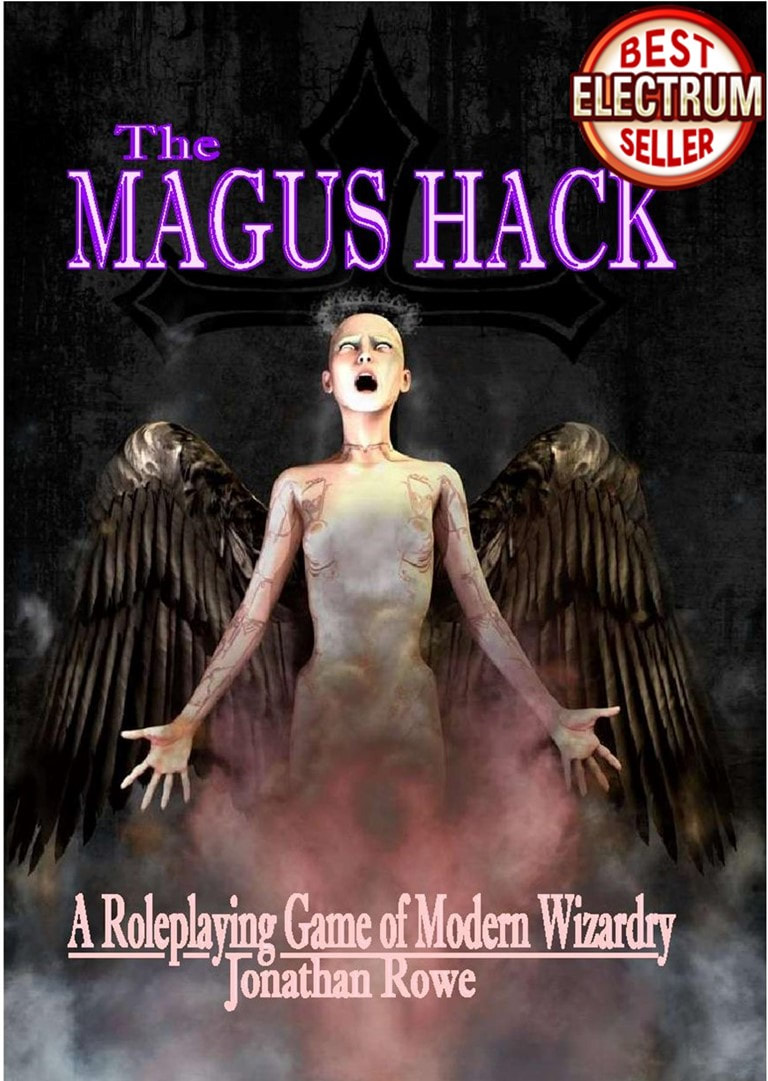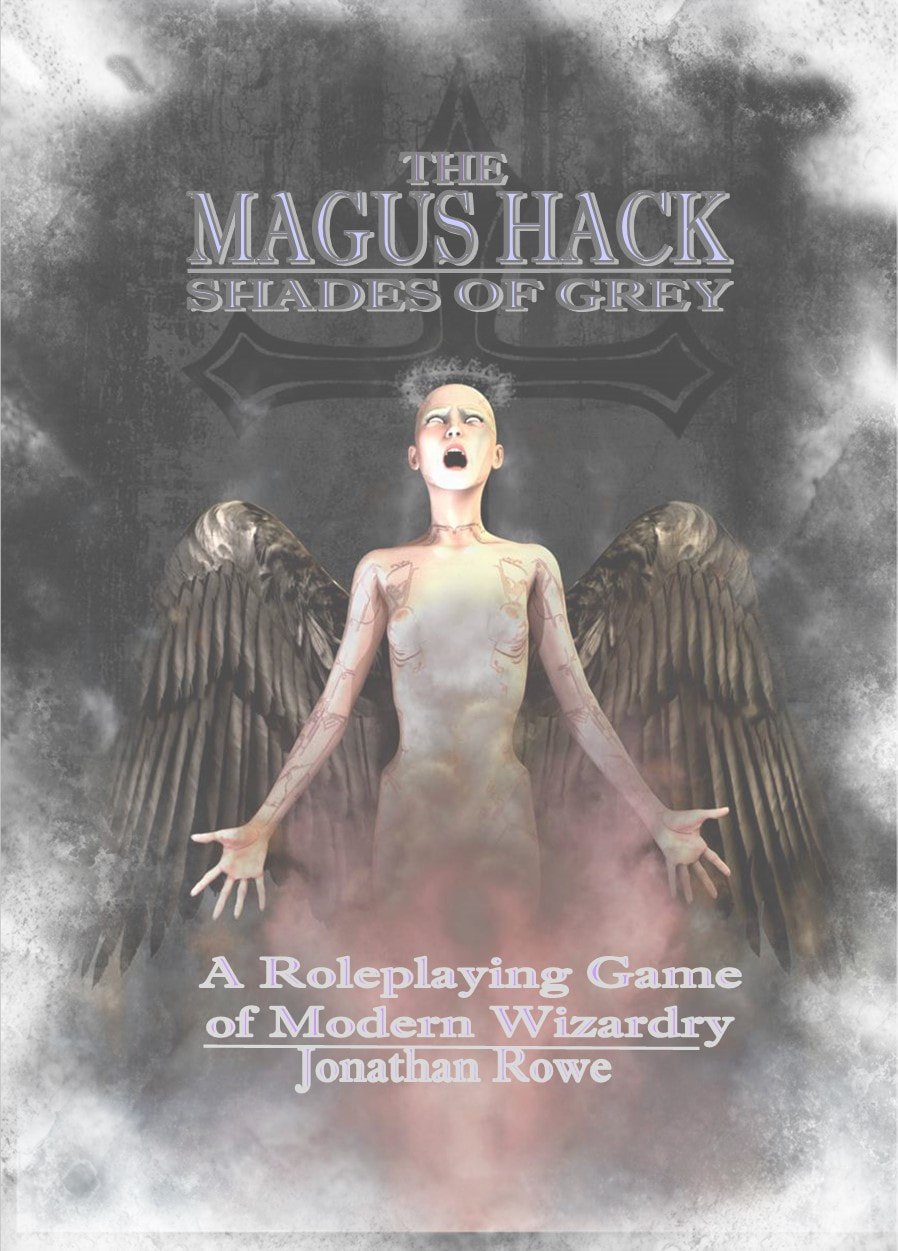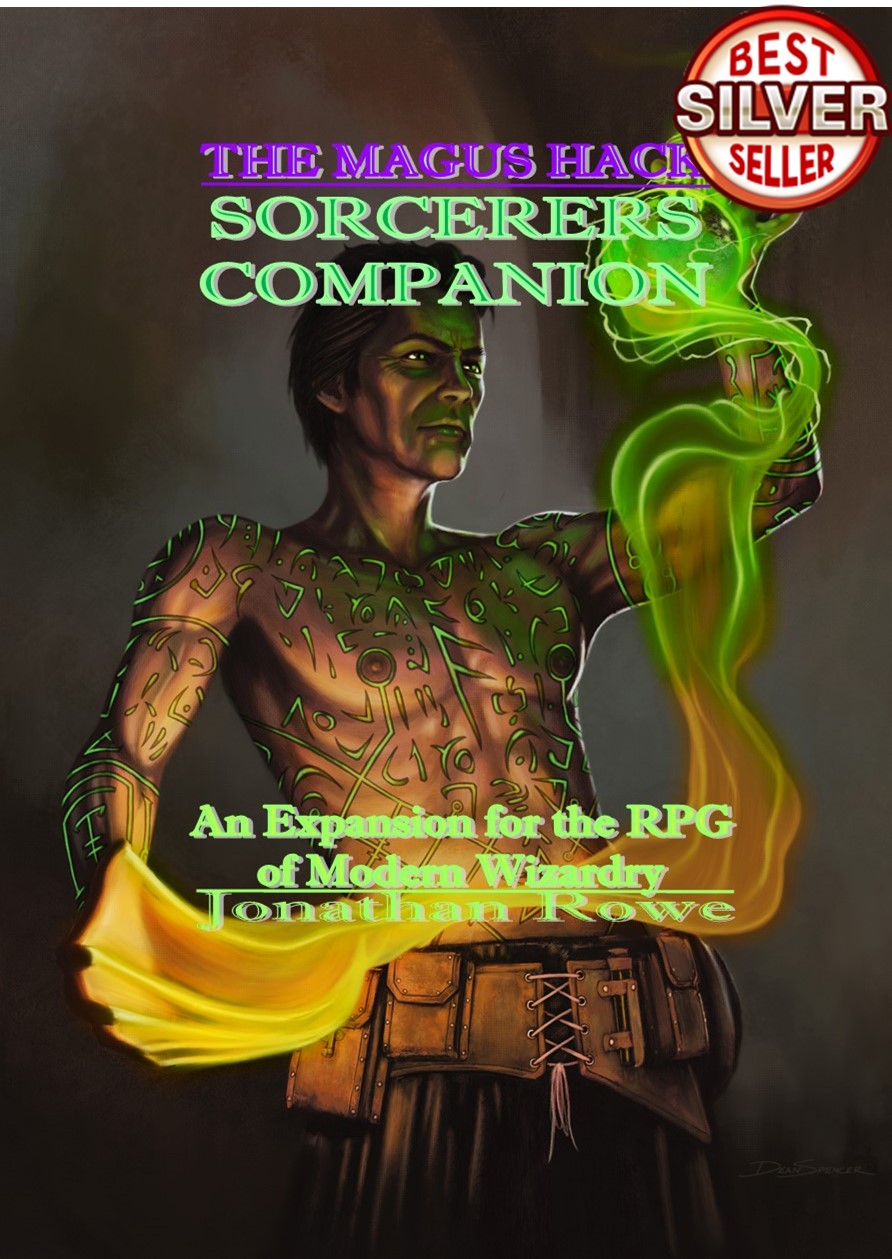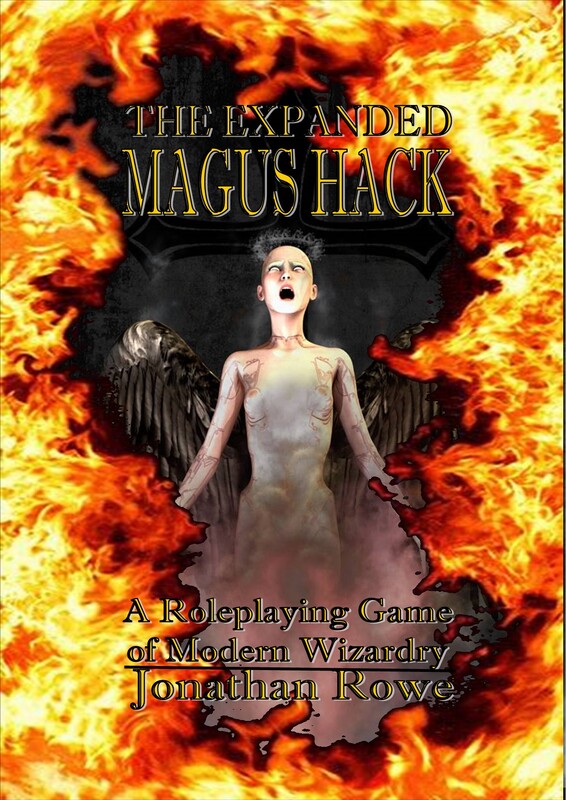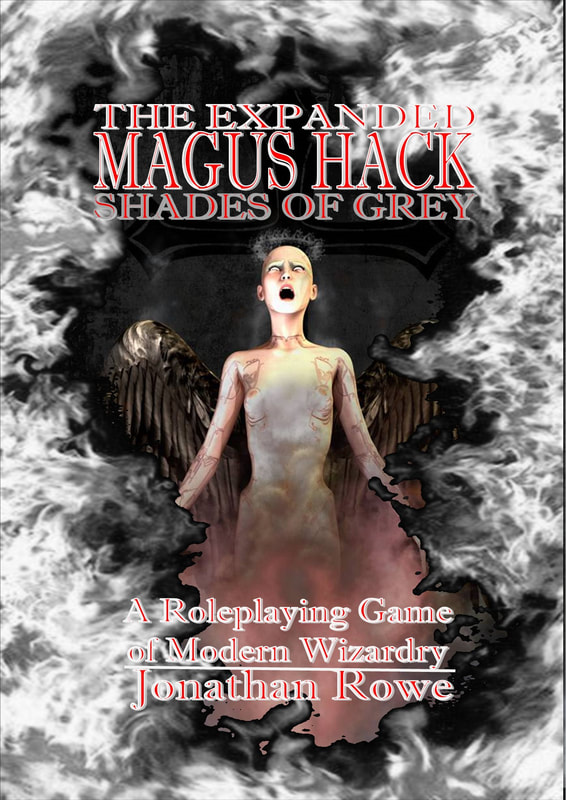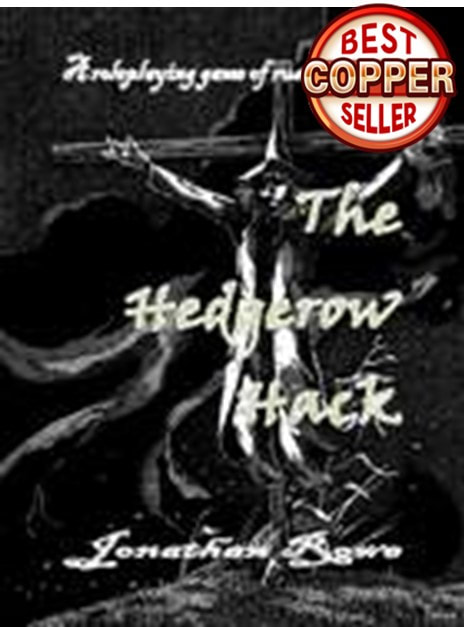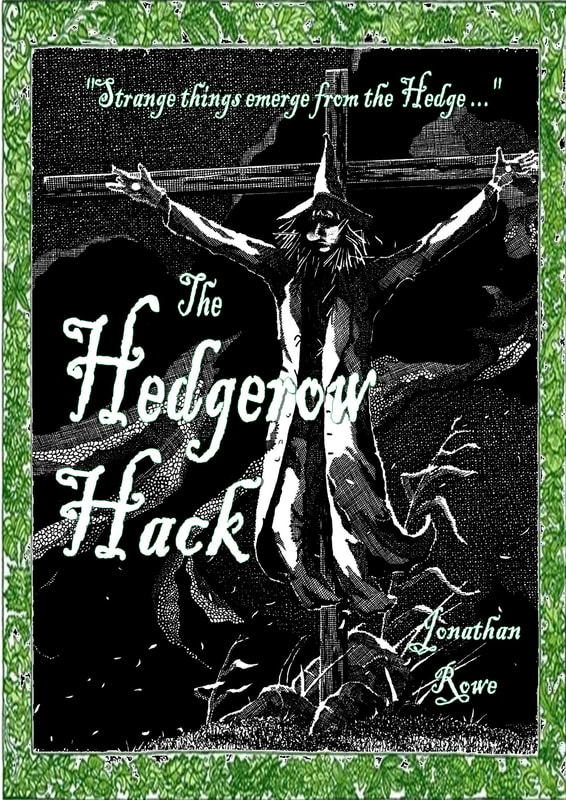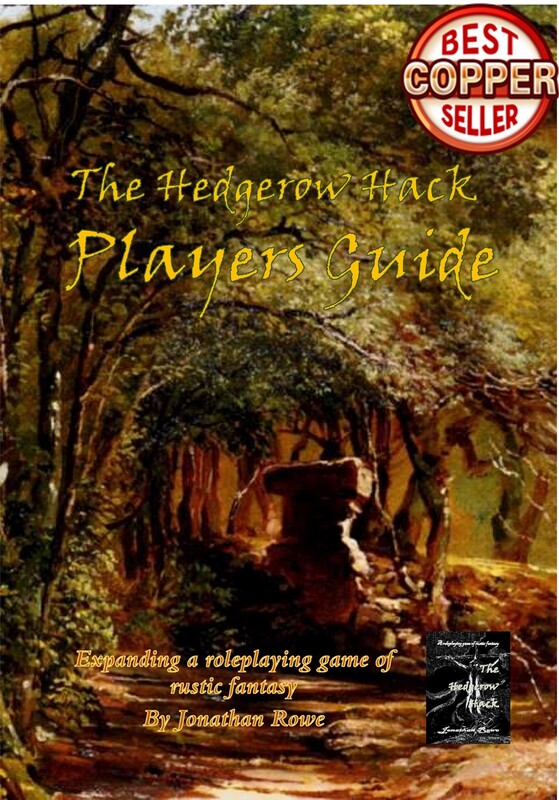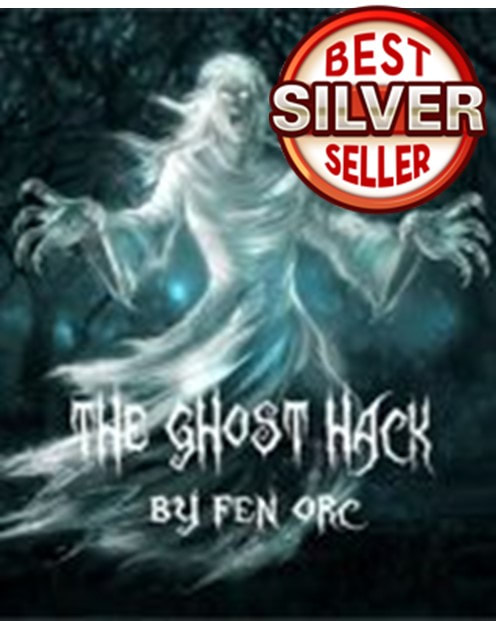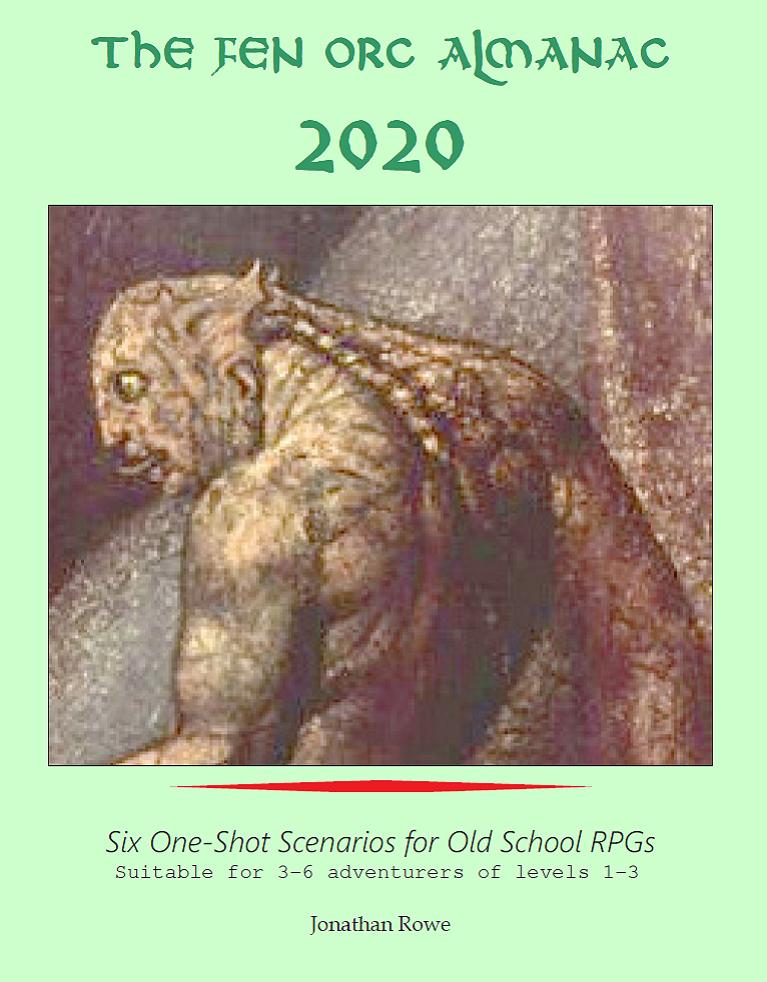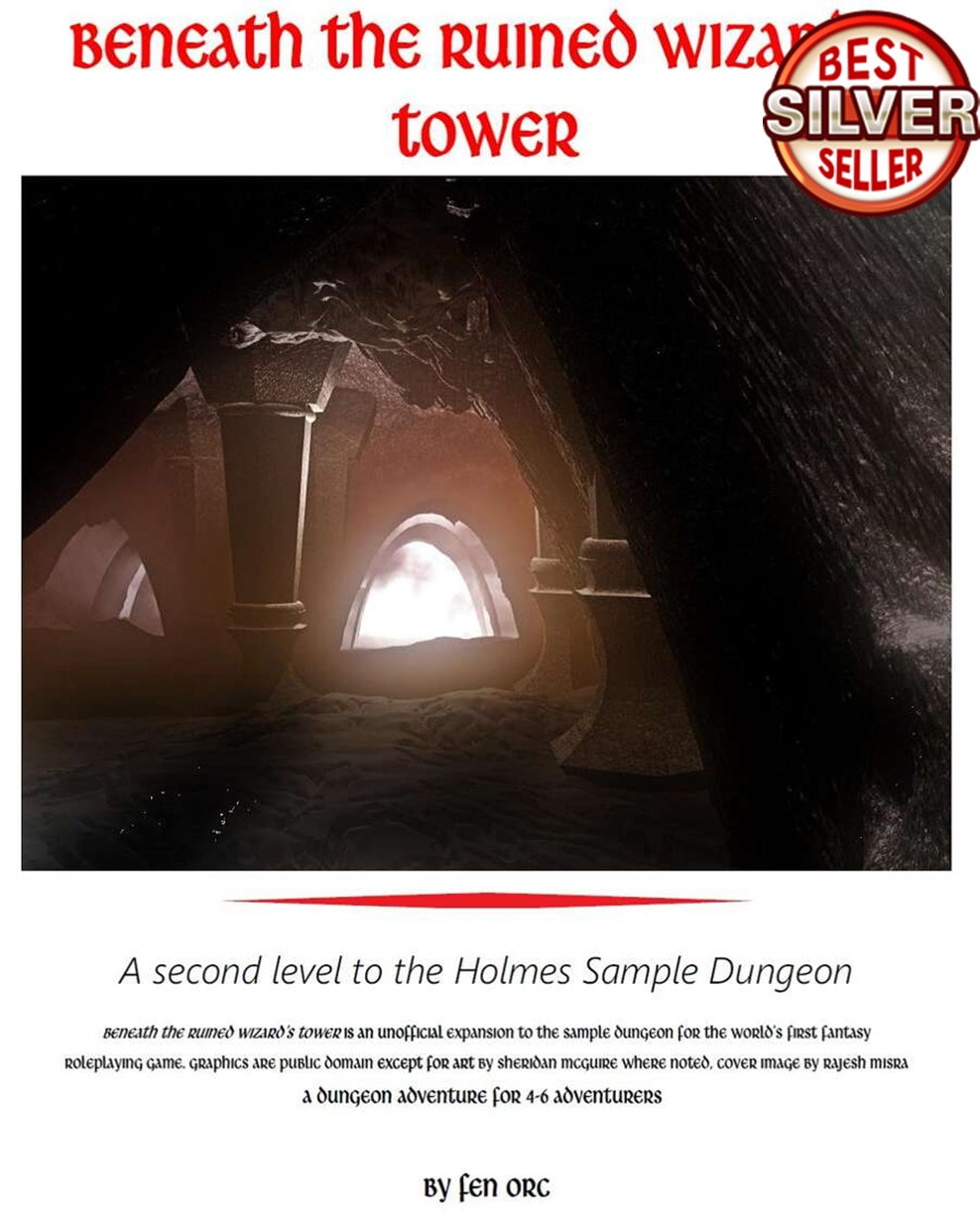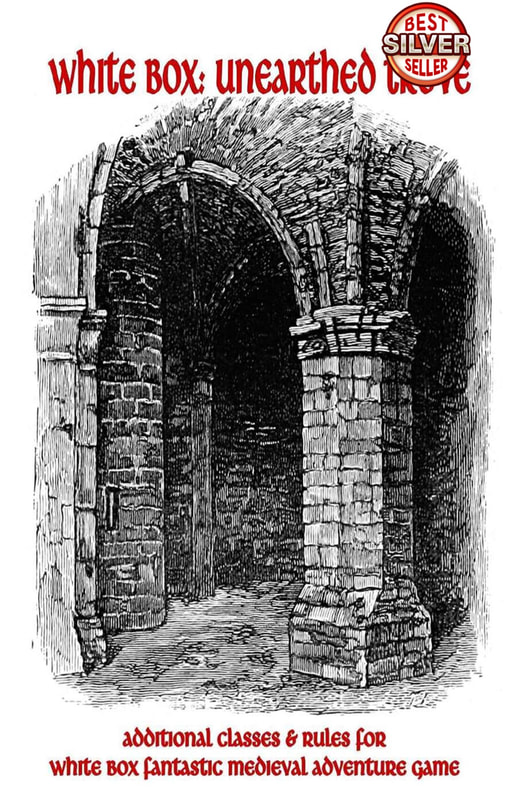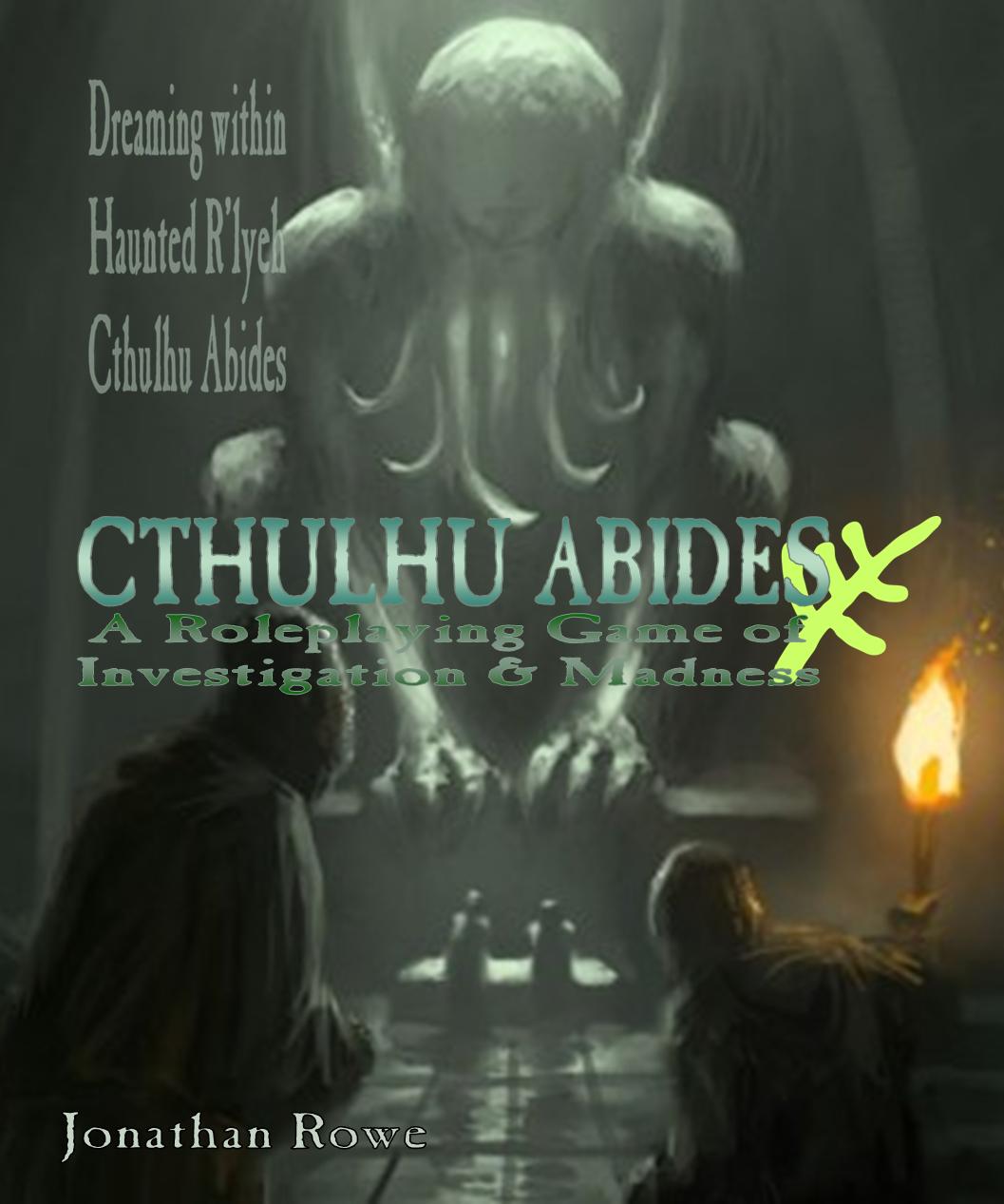|
I wrote about the Detective class and adapted it for White Box in a previous blog. But I'll cover it again here before suggesting a different way of adapting it for Dragonslayer. Marcus Rowland - a stalwart of the UK RPG scene - contributed the Detective class to White Dwarf 24 back in 1981. Marcus Rowland introduces the class in these terms: The detective is a new AD&D character class whose functions are the solving of mysteries and the restoration of Law. This rather nicely fits the Detective into the mythic world of D&D, especially the Law-versus-Chaos theme of early D&D. Rowland limits Detectives to being Human, Elven, or Half-Elven, but that seems weird to me, given the Elvish link to (albeit Good-aligned) Chaos. Halfings and Dwarves are far more likely to be mystical enforcers of Law, but I would allow Half-races to dabble with Detective work, if only to allow the possibility of a Half-Orc chewing a cigar and growling 'Just one more question!' in a bad Peter Falk impression. In the world of Dragonslayer, Detectives seem to fit well as a Cleric/Monk sub-class. Rowland's prerequisites cover all six abilities, which seems too strict. If we base them on Dragonslayer Monks, then Dex 12, Int 15, Wis 12 seems appropriate, with Intelligence and Dexterity as the prime requisites for experience bonuses. Ability Requirement: Dex 12, Int 15, Wis 12 Race & Level Limit: Human U, Half-Elf 6, Half-Orc 5 (or U, if Colombo-themed), Dwarf or Halfling 7 (or U if Hercule Poirot themed) Prime Requisite: Intelligence & Dexterity Hit Dice: d6 Starting Gold Pieces: 40-160 (4d4 x10) Detectives have an attack progression and save as Clerics/Monks. Rowland lets them use chain mail and shields, but I think the Thief restriction to studded leather fits better. Any one-handed weapon is allowed: I don't see why Detectives should not use "spears, lances, flaming oil, and poison" as Rowland proscribes. This table adapts Rowland's class, with progression slightly slower than Clerics at first, but getting faster at high levels. Spells kick in at 3rd level (rather than 4th as in the original).
+ 200,000 XP and +1 HP for each level after 10th. Spells follow the pattern of clerical spells from a level lower (i.e. 5/4/3/3 at 11th level, same as a 10th level cleric) Role: Detectives are secondary fighters and scouts. Weapons & Armour: Detectives may wear leather or studded armour. They may not uses shields or two-handed weapons (except bows). Language: Detectives learn an extra language at 2nd level and every level thereafter. These languages can include Thieves Cant and Ancient Common. Saving Throws: Detectives save at +2 versus charm or emotion-control (including fear) Thief Skills: Detectives can Hear Noise, Climb Walls, Find/Remove Traps, and Appraise as a Thief of the same level. Starting at 3rd level, they can Hide in Shadows, Pick Pockets, Move Silently, and Open Locks as a Thief two levels lower. They cannot backstab. Disguise: Detectives can Disguise themselves as an Assassin. Tracking: Detectives can Track opponents as a Ranger, but only in urban or underground environments. In urban environments they must have seen the target within 2 turns (20 minutes) of commencing tracking. Underground, the chance of Tracking is reduced by 10% every time the target uses a staircase or secret door and 25% every time there is a combat encounter. Sage: When Detectives reach 10th level, they become Sages: treat as the ability to cast Legend Lore but only from his or her study/library/laboratory. By tradition, there is only one 10th+ level Detective in a city; if another arrives, the two must engage in non-lethal competition and the loser either leaves or becomes a non-adventuring consultant. Spells: Detectives gain quasi-clerical spells at 3rd level with a focus on detection and mystery solving (plus some spells aiding in escape). Like clerics, Detectives may not memorise the same spell more than once per day without use of a magical item. I've adapted Marcus Rowland's spell list, drawing in some of the Dragonslayer spells, generally making the spells a bit more impressive and abolishing expensive material components. 1st Level Detective Spells Comprehend Languages - as the 1st level Magic-User spell Date Duration: 1 round Range: 10 feet Cast on evidence (e.g. a footprint, a bloodstain, a picked lock) this spell reveals how much time has elapsed since an event related to the evidence took place. Detect Charm - as the 2nd level Cleric spell Detect Evil - as the 1st level Cleric spell (may be reversed at will) Detect Enemies Duration: 1 Turn Range: 10 feet/level The caster senses the presence of creatures who have hostile intentions towards him or herself (but not creatures that are merely dangerous to all passersby, like dangerous animals or plants or mindless undead). Detect Illusion - as the 1st level Illusionist spell Detect Lie - as the 4th level Cleric spell but cannot be reversed Detect Pits & Snares - as the 1st level Druid spell Detect Secret Door Duration: 1 round/level Range: 30 feet The caster automatically spots secret doors or secret compartments for as long as the spell lasts (and the caster may move at combat speed while the spell is in effect). Escapology 1 Duration: 1 round Range: touch The caster or the person they touch is instantly freed from ropes or simple bindings. The spell has a verbal component so the caster m,ust be able to speak to cast it. Feign Death - as the 2nd level Cleric spell Grade Metals Duration: 1 round Range: touch The caster becomes aware of all the metals that an object is made up of and their relative proportions. This allows a Detective to use their Appraise power successfully on precious metals. It does not reveal whether metals are magical, but it will detect the presence of mithril. Know Alignment - as the 2nd level Cleric spell Snare - as the 3rd level Druid spell 2nd Level Detective Spells Detect Evasions - as Detect Lies, but reveals evasions and half-truths as well as outright lies Detect Invisibility - as the 1st level Illusionist spell Detect Magic - as the 1st level Cleric spell Escapology II - as Escapology I but also works on chains and metal fetters Locate Object - as the 3rd level Cleric spell Read Codes - this improved version of Comprehend Languages translates messages in code or cipher into something the caster understands Reflect The Past Duration: 1 round per level Range: special The caster enchants a mirror which reflects events happening in the past at its location (up to 1 hour ago per level of the caster). Demons, devils, and demi-gods might notice and react to observation by this spell. Speak With Animals - as the 1st level Druid spell Speak with Dead - as the 3rd level Cleric spell 3rd Level Detective Spells Escapology III - as Escapology I but allows escape from metal boxes, riveted manacles, or otherwise 'escape proof' captivity; it also releases the target from the clutches, gluey secretions, or tentacles of monsters that trap victims ESP - as the 2nd level Magic-User spell Forget - as the 2nd level Magic-User spell Knock - as the 2nd level Magic-User spell Speak With Plants - as the 4th level Cleric spell Suggestion - as the 3rd level Magic-User spell Truth Duration: 1 round/level Range: touch The person touched must respond to all questions with absolute truthfulness; this might require a roll to hit if the target is unwilling and not restrained and if the caster misses the spell is wasted. Only innately deceptive creatures (devils, some faerie beings, etc.) are allowed a saving throw. Ungag - as Escapology I but has no verbal components and causes a gag to fall from the caster's mouth, allowing the casting of further Escapology spells; it also frees the target from monsters which have choking/suffocating attacks Vision of the Past - as Reflect the Past but creates a 3-dimensional image in a cloud of smoke and reaches back 1 day per level. Water Breathing - as the 3rd level Druid spell 4th Level Detective Spells Escapology IV - as Escapology I but allows escape from magical prisons (such as a Maze spell) Find The Path - as the 6th level Cleric spell Maze - as the 5th level Illusionist spell, but the range is Touch and the target receives a saving throw Oracle of the Past - as Vision of the Past but reaches back one year per level of the caster; if the caster goes into a trance they receive a vision going back one century per level, but this reduces the Detective to 1d4 HP when they awaken and wipes all other spells from the mind. Polymorph Self - as the 4th level Magic-User spell Read Divine Magic - as the 1st level Cleric spell Speak With Monsters - as the 6th level Cleric spell Stone Tell - as the 6th level Cleric spell True Sight - as the 5th level Cleric spell
1 Comment
Most of us who love old school versions of D&D – or retroclones, as these rewritten versions of early D&D rule sets are termed - end up collecting them, but only using their particular favourite, if they use them at all. I’m a bit unusual, I suspect, floating between White Box Fantastic Medieval Adventure Game, Blueholme, and Labyrinth Lord. But look out, there’s a new retroclone on the block: Greg Gillespie’s Dragonslayer. Dragonslayer has its origins in the OGL Crisis that engulfed the roleplaying hobby – or at least, the OSR end of it – in 2023. You may recall that Wizards, who publish D&D, leaked a plan to revise the ‘Open Gaming Licence’ under which countless indie publishers had been creating D&D-adjacent material for 20 years. Much ink was spilled on what the original OGL did or did not permit and much speculation ensued over what new terms Wizards would impose on indie publishers. Several of the larger publishers took fright and announced plans to release their own Fantasy RPG systems that were carefully (and legally) distinct from D&D, while being fully compatible with their own D&D-adjacent products. A new generation of retroclones was a-borning, to use Stan Lee’s deathless phrase. Early out of the traps is Dr Greg Gillespie, who has become a one-man industry creating highly-regarded megadungeons. I’m a big fan of his Barrowmaze dungeon and have sent parties of adventurers into it under several fantasy rules systems. Given his investment of time, creativity, and profitable Kickstarter campaigns, in the megadungeon business, Dr Gillespie was hardly going to hand over a chunk of his profits to Wizards for the right to publish stuff based on D&D. So here he is with his own bespoke old school RPG, Dragonslayer. Whisper it: it’s still D&D really! The premise behind these retroclones has not, as far as I know, been tested in any court of law, but it wins universal acclaim in the court of public opinion, and it is this: you cannot copyright rules, only the distinctive imaginative properties those rules govern, and there’s nothing distinctive about concepts like elves, fighters, and fireballs. Therefore, Dragonslayer is really just 1980s-style D&D with certain properties removed or renamed. No mind flayers, ‘Phase Panthers’ instead of Displacer Beasts, and ‘Bigby’ has been renamed ‘Koweewah’ in all those high level ‘Magic Hand’ spells. It's more than that, though. Rewriting D&D from the ground up is a fantastic opportunity to ‘correct’ its original game's skews and stumbles and impress your own ludic philosophy on things. Old School Essentials is admired for the clean and clear way in which it assembles the jumble of rules and tables that comprise the game. OSRIC brings the mad labyrinth of AD&D together in one easily-referenced tome. Blueholme takes Holmes’s Basic D&D and extends it from 3rd to 20th level of play. Click images to link to these products on drivethrurpg The ludic philosophy is where things get a bit controversial. There are simple enough decisions to make about whether you are ‘cloning’ original ‘white box’ D&D, early Basic D&D (in its three iterations), or Gygax’s AD&D in all its Baroque glory. But some of these decisions get a bit … political. Are we going to persist in referring to Elves as a ‘race’ and capping their advancement as fighters or magic-users? What about sex-based ability caps? Your design decisions on these things are used by unkind critics to infer your viewpoint on everything from trans rights to who should have won the Second World War. As we shall see… Get On With It!To Dragonslayer, then. A single book, running to 300 pages, with striking cover art by industry legend Jeff Easley and interior art that more than lives up to the high standard he sets. It’s a beautifully laid out book, with crisp and slightly retro fonts, and materials curated to fit into single page spreads where appropriate. But then, if you are familiar with Barrowmaze and other Gillespie products, you will expect no less. It’s not cheap but you can see where the money went. Appetisers: races and classesThe introduction sets out the ‘Six Tenets of Dragonslayer’ which amount to a familiar OSR manifesto: ordinary heroes, rulings not rules, the DM (sorry … Maze Controller!) is absolute sovereign. Roll a character using the ‘Classic Six’ attributes: roll 3d6 seven times and assign as you like. Abilities follow the Basic D&D gradations (13-15 grants a bonus, 16-17 a great bonus, 18 an amazing bonus, likewise penalties for scores below 9). First level characters start with maximum Hit Points. There’s Descending Armour Class and if you’re one of those people who never understood THACO, well, I have some bad news for you later. Now for Races – and it’s old fashioned Races, not lineages or heritages or (shudder) ‘species.’ I’m British, so the R-word doesn’t connote the Satanic tang for me that it seems to have for some Americans. There are half-races here too – Half-Elves and Half-Orcs. Yes, I’m familiar with all the arguments about this. I quite admire the way Blueholme Journeymanne comes out and says: your PC can be any type of creature you like, even Thri-Keen insect people! But part of the 'old school experience' for many players is adapting yourself to the very particular imaginative contours of the game as it was in the ‘70s and ‘80s. So Half-Elves are a thing, but Half-Dwarves are not. There are some missteps, such as the big, dumb, one-eyed Cyclopsmen. Surely 'Cyclopsfolk' you say? Nope, Cyclopsmen. Deal with it. If you want to start deconstructing the game for sinister sentiments, then you start here, because these creatures are former slaves with limited IQ. They’re an unhappy inclusion (and in terms of the culture wars, a bit of an unforced error) since they have no prototype in early versions of D&D – and Half-Orcs already fulfil the big’n’brutal role. I guess they were part of Greg Gillespie’s homebrew campaign and he included them out of gratitude for the fun they brought to his table. I wonder if this was wise, given the proclivities of some critics to sniff ideological taint in things like this. The races all get randomised starting ages, height/weight tables, ability modifiers, their own base movement rates, and suggested languages for high-Intelligence characters, as well as some roleplaying hints. Darkvision is here, rather than the classic infravision, which may or may not please you. There are quirks. Gnomes have an affinity with being illusionists, so their spells last +3 rounds. It’s a bonus that will rarely make much difference to anything. Elves, meanwhile, enjoy +1 to hit with the longbow. Elves have lost their immemorial perk of being fighter/magic-users who can wear armour and cast spells. Dragonslayer seems to be a bit hostile to the idea of multi-classed characters. The concept gets a brief paragraph on p39, amounting to ‘It’s up to the GM (sorry - 'Maze Controller') whether it’s even allowed, but if it is, you get stuck with the most punitive armour restrictions of the classes you are combining.’ I’m deeply loyal to the idea of Elves in armour casting spells. My first ever D&D character (for Holmes Basic, back in 1978) was an Elf called Tristan with a Sleep spell. It seems to me there are two interesting ways to house-rule Dragonslayer. Maybe let all Elves use longbows, regardless of their character class, rather than the bonus ‘to hit’ which pretty much only benefits Elven fighters. Alternatively, let Elven fighter/magic-users wear armour (maybe limited to chain mail) – and why not let the Gnomish thief/illusionists wear leather armour while you’re at it – instead of these piddly little bonuses. But that’s just my 1sp. The character classes are incredibly well set out and the innovations here are astute. Each class fits on its own splash page, with saving throws, spells, class-abilities, and starting funds, as well as a set of ‘fast packs’ to equip starting characters. Clerics with Wisdom 15 get an extra 1st and 2nd level spell – as do magic-users with Intelligence 15+. Magic-user starting spells are rolled from an offence, defence, and a utility, with Read Magic and Detect Magic as standard. Clerics can trade in any spell they’ve learned to cast Cure Light Wounds and magic-users/illusionists can do the same to cast Read/Detect Magic. Druids don’t get this very sensible bonus – but they do start with 2 spell slots at first level, so I suppose they’re OK. Fighters get a ‘cleave’ power that gets them extra attacks whenever they kill an enemy in combat – an innovation that certainly adds momentum to combat. Thief powers strike me as enhanced: Move Silently 33% and Hide in Shadows 25%, compared to 23%/13% in Labyrinth Lord, and a ‘why-even-bother-trying?’ 15%/10% in AD&D back in the day. One alteration set me thinking. Dragonslayer’s clerics turn undead on a d20 (like AD&D) but can only attempt turning three times in a day. Pick your battles, right? I can see the rationale for this. Lots of scenarios won’t feature undead at all, or just occasional instances (wandering monsters, a dungeon room that’s a crypt), so often this restriction won’t matter. But if you’re running an undead-themed dungeon – like, er, Barrowmaze – then clerical turning becomes the boring default for every encounter. This forces PC clerics to weigh up whether undead can be dealt with by violence and use turning only after careful deliberation. Turn, Undead, Turn by CaptainNinja on DeviantArt There are two unexpected classes. Monks appear, but radically redesigned. These are not the Kung Fu martial artists of AD&D; no, they are very much medieval-style mendicants, more Friar Tuck than Grasshopper. One of these Monks is not like the other one! They even start off knowing ‘Ancient Common’ (which, I guess, means Latin). They don’t wear armour but their AC improves every level. They get combat feats with a quarter staff. They can chant. At higher levels, they get clerical spells and turning undead but also do Comprehend Languages at will. They feel a bit one-note to me, but at least they’re coherent. Barbarians are back, but these are the ‘Asbury Barbarians’ (referring to Brian Asbury’s prototype for the class published in White Dwarf long ago and discussed here). They are limited to light armour, fly into berserk rages, and get a few thief abilities, but they scorn magic. It’s a classic build and this seems to be a coherent iteration of it. The Main Course: spells, monsters, magic items - and a few rulesI won’t dwell on the spell lists. They seem to be the AD&D-via-Labyrinth Lord canon, with some renaming to throw the lawyers off the scent. The descriptions are even more concise than Labyrinth Lord, but I wish there were page references for them – or an index!!! – and this complaint recurs with the monsters and magic items. The monster bestiary is extensive. Dragons get good treatment (complete with a multi-headed ‘Mother of Dragons’ – ahem) and the coverage of Demons’n’Devils is refreshingly candid. I guess you can’t copyright Mephistopheles, but I’m surprised to find ‘vrock’ appearing as the lowest order of demonkind – these infernal naming conventions have been imported wholesale from the AD&D Monster Manual rather than reinterpreted. Presumably Dr Gillespie took good advice on that – or perhaps he figures that family-friendly Wizards aren’t going to get involved in a legal spat over legal ownership of demons!!! Oh, and the picture of a Hobgoblin on p170 is a delightful homage to David Sutherland’s iconic ‘samurai’ style for them. The magic items list is particularly good – unsurprising, since Gillespie shows himself to be a prolific inventor of magical gewgaws in Barrowmaze. Intelligent swords get a careful treatment, Dhurinium (mithril) armour is linked to the imagined setting in exciting ways, and there are lovely tables for randomly generating hordes – again, no surprise if you’ve seen Barrowmaze. What does come as a surprise is just how short the main rules section is: a couple of pages covers combat, dungeon exploration, and saving throws. This is testimony to how well-designed earlier sections were, drawing together the key information into the treatises on character classes and abilities, so it doesn’t need to be repeated here. You need a 20 to hit AC 0, and you get modifiers to make that easier as you go up in levels, rather than having complicated tables for each and every class. Strangely, the same minimalist approach is not adopted for saving throws. Missed opportunity there, I think. One effect of this is to de-power monsters, who also hit AC 0 on a 20 and follow the same bonuses as fighters, which means +1 to hit at 3HD and with every HD thereafter. This means 2HD monsters are no better than starting characters, which is bad news if you’re a Gnoll. The Dessert: good adviceThe last 30 pages offer some fantastic resources, such as advice on dungeon design, wilderness campaigns, excellent random tables to map and stock dungeons, and a cute time tracker with rest breaks and wandering monster checks included. So, Should You Buy It?Recommending Dragonslayer is complicated – it depends on what you’re looking for. If you collect OSR retroclones, then you’ll want to add this handsome book to your collection. If you are intending to play a retroclone RPG and you wonder if Dragonslayer might be the best purchase, then there are things to consider. Dragonslayer is quirky. It’s full of departures, great and small, from the pristine D&D rule set of yore. I’m not just referring to the regrettable Cyclopspersons or the way the game hybridises elements of Basic D&D with the classes and spells of AD&D. There are all sorts of ways in which Dragonslayer differs from the game that people were playing in 1978. Thieves actually have a decent chance of doing something useful at 1st level, for instance. But if you want to dust off some classic modules, like say, B2: The Keep on the Borderlands or G1: Steading of the Hill Giant Chief, then perhaps you want that authentic early D&D experience without the innovations. May I direct you instead to Blueholme for B2 or OSRIC for G1. Or Advanced Labyrinth Lord if you want the hybrid rules without the novelties. It's only fair to add that you can pick up these earlier retroclones (with their royalty-free art and functional layouts) far cheaper. If you’re not looking for the authenticity, but you are shopping for an OSR rules set with a contemporary flourish, then Dragonslayer is a strong contender. However, there will be a post-OGL revised edition of Labyrinth Lord later this year, which author Dan Proctor promises will also break with the D&D mould in exciting ways; it looks rather beautiful and also has a cyclops PC race, if that’s a weird deal-breaker for you. Hexed Press previews Labyrinth Lord 2e The third consideration is whether you use Greg Gillespie’s excellent megadungeons. If you are playing Barrowmaze, for example, then Dragonslayer fits it like a glove. Indeed, several features of Dragonslayer seem to have emerged specifically in response to the design decisions in those dungeons (like the reconsideration of clerical turning). If you want to get into those big, daunting, exciting dungeoneering projects, then Dragonslayer is a no-brainer. Get on board. For me, the charm of Dragonslayer is its 'lived in' feel. Despite the speed with which it was brought to press, it doesn't feel rushed. You very much sense that this is the consummation of Greg Gillespie's own D&D campaign, with house rules and good practice developed over many years. Everything feels lovingly crafted and bedded in through recurring use. Despite being a new game, it feels like an old one, and that's praise that goes to the heart of what makes a retroclone appealing.
In the last blog I wrote about my nostalgia for the 1990s iteration of Vampire: the Masquerade and how I was experimenting with using Matthew Skail's The Blood Hack to replicate V:tM's setting without its handfuls of d10s and burdensome lore. Then one thing led to another, as it does, and before I knew it, I seemed to have penned a new Hack-inspired RPG trans-cloning V:tM as an OSR project. Hello, The Vampyre Hack. Ducks in a row! Click images for links to drivethrurpg editions. Vampyre Hack cover art by Wouter Florusse. I've written a lot (like here and here) about my admiration for Matthew Skail's Blood Hack, so I had to think carefully about adapting it into a Hack of my own. Firstly, I don't want to cut into the chap's revenues or appropriate his ideas as my own. His innovation of the Morality Usage Die that gets bigger as it exhausts, meaning it grows quickly while it's a feeble little d6 or d8 but slows down as it turns into a monstrous d12 or d20 - that's just genius. His system for Blood Magic is very elegant and treating Blood as a usage die rather than a point pool, well that's inspired too. One point of view would be, given my love for the game and, in the words of Cogsworth: On the other hand, there are things Blood Hack is crying out for. Matthew Skail's game takes clear inspiration from V:tM but heads off in a different direction. It's not about angst and politics, it's about kicking supernatural ass in the middle of the night. There are only four clans and they are broad templates rather than factions or institutions. The setting imagines loose cabals of vampires scrapping with other denizens of the shadows rather than city-wide conspiracies. There are lots of typos and some of the rules Matthew has himself imported from other Hack rpgs are rather undigested. But the main reason is that I want to run a '90s-style Vampire campaign, but using a rules set inspired by the Blood Hack. So I want the classic array of Clans - ugly Nosferatu, aesthetic Toreador, lunatic Malkavians, wizardly Tremere, etc. - and I want Princes and Masquerade and Ghouls and Diablerie. This project started off as a Blood Hack expansion or supplement - just a few pages, really, saying "Here';s how you could port V:tM Clans into the Blood Hack." But once I started doing that all sorts of implications emerged and I found myself constructing something more like a brand new game. Let me take you through it ... Cloning or Contrasting? The first Hack RPG I designed was a root-and-branch rethink of Wraith: the Oblivion, one of White Wolf's horror RPGs from the same stable as Vampire: the Masquerade. I never made my peace with Wraith, so the Ghost Hack was an opportunity to do Wraith as (I felt) it should have been done. Shameless plugs. Among the new directions Ghost Hack took was making Wraiths vulnerable to iron and salt and I designed a scenario, Upon A Midnight Dreary, in which a team of ghost hunters secure a haunted house with strips of salt-encrusted tape along the walls and iron chains on doors. PC Ghosts find it difficult to move around unless they can influence the living to disrupt these barriers. Matthew Skail similarly departs from the White Wolf playbook in Blood Hack: his vampires cast no reflections and don't even register on film, photographs or over telephone communication - rather like the wonderfully elusive vampires in the intense '90s UK TV series Ultraviolet. Seriously, watch it. And yes, that's Idris Elba. Likewise, Skail's vampires are vulnerable to silver and holy symbols generally - the more so as their Morality Usage Die gets larger. Meanwhile, vampiric 'Disciplines' get dropped and, other than the starting build mandated by your Clan/Class, your vampire can be designed with any powers you want. Following this logic, I could have taken the Vampyre Hack down the same path, breaking away from the World of Darkness tropes and exploring vampires from a wider folkloric perspective. But on this occasion, I was more interested in creating an OSR analogue for Vampire: the Masquerade - in effect, a way of playing 90s-style V:tM with d20s, classic 6 stats and character classes. Like I said, it's a retro-trans-clone. What's in a Name? Mark Rein-Hagen, the creator of Vampire: the Masquerade, has many talents, but not the least is his flair for evocative naming conventions. His undead secret society is the Camarilla (meaning a political clique, but with connotations of medieval Spanish cloisters) and vampiric cannibalism is Diablerie (a French word for mischief with heavy hints of Satanism). The vampire Clans Brujah (inspired by the Spanish for 'witch'), Gangrel (a Scots word for a vagrant) and Nosferatu (German for vampire) along with the fear-frenzy of Rötschreck (complete with unnecessary 'metal umlaut') show off his linguistic range, while the vampire ancients are Antediluvians and Methuselahs, highlighting Biblical erudition. A clone RPG is going to feature 7 vampire lineages analogous to Rein-Hagen's Clans, vampiric cannibalism and an undead secret society. New names are important. No one wants "Generic Vampire Wizards" and "Arty Vampire Socialite Types." In Vampyre Hack, there are 7 Tribes or 'les Tribus Éternelles,' so the best name for their ruling coalition is the Heptarchy - a delightful Greek word more commonly used to describe the 7 Anglo-Saxon kingdoms of Dark Ages Britain. Sticking with Greek, vampiric cannibalism is Necrophagy, which is both horribly on-the-nose and slightly Shakespearean for 'eaters of the dead.' Chorazin is a town cursed by Jesus in Matthew 11: 20-24. It's also referenced in M.R. James' unsettling vampire story Count Magnus (1904) where the Devil-worshipping Count makes a pilgrimage to the accursed town. It seems a fine name for a cabal of medieval wizards who have turned themselves into vampires, hence La Tribu Chorazin or the Chorazinites. Leave the big coffin ALONE. The BBC did a fine TV adaptation of Count Magnus in 2022. Rein-Hagen seems to have invented 'Malkavian' out of his own head, but I went to Celtic folklore to find the Dullahan. In Ireland, the Dubhlachan isn't so much a vampire as a headless horseman but it can be a goblin or evil spirit. It's hard to get anything to match, never mind replace, 'Nosferatu' as the name for a clan of hideous vampires. I drew on Sheridan Le Fanu's Carmilla (1872), where Karnstein is the lineage of the titular vampiress. It's also the name given to a trilogy of Hammer Horror films (1970-71) so its vampire pedigree is impeccable. Pleasures? Guilty as charged! Valeria Messalina was the Emperor Claudius' 3rd wife. She had a reputation for promiscuity and cruelty and, after her grisly death, was sentenced to damnatio memoriae which means being erased from history. She is remembered today with notoriety: a 'Messalina' is a devious and sexually manipulative woman. La Tribu Messalina is my aesthetic sensualist vampyre lineage. The happy couple: Sheila White as Messalina and Derek Jacobi as Claudius in 'I, Claudius' (1976) Rein-Hagen seems to have invented 'Ventrue' for his undead aristocrats. It connotes 'vein' or perhaps 'vain' as well as 'true' - unless, of course, it's meant to refer to the 19th century Italian scientist Giovanni Ventruri. I'm going with the former, which is why I chose La Tribu Sangral for my lordly undead family. Yes, 'Sangral' means holy grail but 'Sang Real' means royal blood: I think self-absorbed vampire nobles would relish both meanings. Tokoloshe is a goblin or demon from Zulu folklore - I went looking for an African name for the Brujah-analogues precisely because that continent was so ill-served by White Wolf in the 1990s - the only explicitly African Clan developed for their game is one devoted to philosophical evil and corruption. La Tribu Tokoloshe has been recast from inveterate troublemakers to a lineage of undead warriors. Vukodlak is a Slavic vampire/werewolf hybrid, so that's an ideal name for the shapeshifting, wilderness-haunting and werewolf-inspired Tribe (never mind that it was also the name of the Final Boss in 2000's Vampire: The Masquerade - Redemption). Vive les différences Vampyre Hack doesn't end up as an utter pastiche of V:tM, I'm glad to say. Some of the differences are the result of the Hack rules engine and a couple of Matthew Skail's distinctive innovations. For example, vampyres are made distinctive by their character class (i.e. Tribe) but after that they can learn any Blood Gifts they like and this includes Blood Gifts that qualify you to cast spells. Although Chorazin excels at Blood Magic, any vampyre can dabble in it. Similarly, all vampyres take damage from sunlight, but those with a small Corruption Usage Die (renamed from Morality Die) only take ordinary damage and can stay active a few hours after sunrise or before sunset. As the Die gets bigger, sunlight starts to deal Grave Damage and you fall asleep at sunrise and don't wake up until after sunset. Similarly, holy symbols and consecrated ground start becoming a problem, but don't bother you while you are virtuous. Likewise, virtuous vampyres only need to feed every two or three nights and just a drop of blood will do; more Corrupt vampires need to feed nightly. Other differences are my own. In Rein-Hagen's Vampire: the Masquerade, any vampire can create a new vamp by feeding their blood to a corpse or use their blood to turn humans into tough but addicted henchmen called Ghouls. I thought it would be more interesting if these techniques weren't widely understood and have to be purchased as Blood Gifts - and duplicated using Blood Magic - with only the Sangrali getting to do so as an innate ability. Other changes include making each vampyre Tribe have their own distinctive way of Frenzying, with the Messalines being enraptured by beauty whilst the Karnsteins are repulsed by their own reflections. I've also introduced a Security Usage Die that represents how much protection or tolerance you have from the wider undead community. As the Die shrinks, your enemies get bolder and hitherto-neutral vampyres start to see you as a threat or an irritant. When it shrinks to zero, a threat manifests. I've got a nice table to prompt ideas - friends and loved ones get menaced, your Lair gets compromised, mooks turn up to fight you, ultimately you get Witch-Hunters or werewolf Lycans on your tail. Yes, it's a Wandering Monster mechanic by another name, but it helps promote the edgy, paranoid feel of a good Vampire RPG, especially as the Die shrinks when you fail CHA or INT tests around mortals or higher level vampyres. If you've drained a mortal (rather than just feeding on a drop of blood) then you can be 'flushed' and appear fully human - and of course the Messalines are 'flushed' most of the time as their class perk. What's it all for? I created the game to run it myself - I was intending to do a straight V:tM chronicle and refer to everything by Rein-Hagen's names in play. But now that I've written it, I'm rather intrigued by the differences and want to GM this version of a vampire campaign, with Chorazin not Tremere and the Heptarchy not the Camarilla. I wonder how much interest there is out there to do the same? I do feel that Rein-Hagen's wonderful imaginative creation, which was so provocative and teasing when it was first introduced to us in 1991, became congested, codified and overburdened by lore as the Nineties wore on. I want to go back to playing the game the way it felt when I first encountered it. The renaming and the new-but-familiar Hack engine helps me see the old game in a fresh romantic light. Like when the nerdy girl takes off her spectacles. Laney was beautiful all along!!! Who could know??? The other benefit of the Hack approach is that the game becomes a bit more pick-up-and-play. It was never terribly time consuming to create V:tM characters, but treating Clans as actual character classes accelerates things further without distorting the concept. I've added a set of tables in the Appendix that enable you to roll up your own Vampyre Scenarios, complete with the inevitable twists, betrayals and last act reveals. These might help those of you who like roleplaying without a GM! Currently, you can find Vampyre Hack on drivethrurpg, but I struggle with that site's arrangements for creating and selling physical books, so for that you can get it on Amazon.
And yes, I'll soon support it with an expansion, revisiting all those other Clans which (to my mind) were rather less successful additions to Vampire: the Masquerade and might benefit from a bit of reinterpretation. I finally got to play Dragon Warriors. You're thinking, "Wasn't that a Nintendo console game?" Well, yes, it was, but I'm talking about the British RPG from the 1980s. The original '80s Dragon Warriors RPG in cool paperback format Dragon Warriors was created by Dave Morris and Oliver Johnson in 1985, slipping in just at the end of the 'Old School' era of roleplaying games. DW bucked a number of trends. For one thing, it was a simple rules system, only marginally more fiddly than the BECMI Dungeons & Dragons rules that offered a stripped down alternative to AD&D and are so beloved of OSR purists today. This, at a time when RPG design was tending towards complexity, with systems like Rolemaster and Harnmaster offering (to my mind, excessive) realism through a plethora of tables. DW's other distinguishing feature was its format: published by Corgi books in the classic 178mm x 110mm trade paperback size. This meant the game was delivered to you in a modular sequence. The first book, Dragon Warriors, introduced core rules with Knights and Barbarians as PCs. If you wanted magic, you needed Way of Wizardry for Sorcerers and Mystics. The Elven Crystals provided linked scenarios, Out of the Shadows added Assassin PCs, The Power of Darkness added Elementalists and The Lands of Legend developed the campaign setting (a world called Legend) and Warlock PCs. The books retailed at £1.75 back then, which was cheap compared to other games normally priced at £10-12 . But then again, other '80s RPGs tended to come in a box, with a starter scenario or screen, and to acquire all of DW you would need to spend £9.50, so perhaps it wasn't such a saving. On the other hand a young gamer could acquire Dragon Warriors gradually, in pocket money sized instalments, rather than needing to wait until Christmas or a birthday for the substantial gift of a £10 game. (If you want to translate into today's money, multiply mid-'80s prices by three.) The paperback format probably made sense to Corgi, because the Fighting Fantasy game books were still printing money for Puffin Books and Corgi adopted a similar look with Dragon Warriors, hoping for some crossover purchases. It was not to be. Dragon Warriors won warm praise from critics and gathered a devoted fan base, but it never secured a place at the top gaming table. There were many reasons. It was quirky British at a time when American culture dazzled. It was conventional fantasy at a time when interest was rising in SF, horror and book/film tie-ins. It was simple when complexity was fashionable. Changes in print technology would soon make RPG rule books into glossy hardback artefacts resembling coffee table talking points and DW's paperback format came to look childish and naff by comparison (but is beloved by collectors now for that very reason). Dragon Warriors and the '90s competition. 'Game over, man!' I never played DW when it first appeared. I was starting university and moved past Fighting Fantasy and pocket money sized instalments didn't appeal the way it would have done a couple of years earlier. But I noticed it, especially the adverts that promoted DW's authentic medieval and faerie themes. I remember being particularly drawn to an advert for the game that promised a RPG setting in which Elves were not cosy woodland party-goers, but alien entities who have no souls! DW was rescued from oblivion by Mongoose back in 2009, who brought the six paperbacks together as a single volume. When that lapsed, DW was rescued again by Serpent King Games and their edition, as well as many more supplements and scenarios, can be bought at drivethrurpg. How Does It Play? (but don't bore me ...)I'll try not to! You create your character by rolling the familiar 3d6 for Strength, Reflexes, Intelligence, Psychic Talent and Looks. As is traditional for old school RPGs, 'Looks' has no mechanical value in the game and serves as a dump stat for all right minded people. The important stats are Attack, Defence, Magic Attack and Defence, Stealth, Perception and Evasion. These are dictated by your character class and (slightly) modified by extreme score in Strength, Reflexes, etc. (but not Looks, obviously.) Hit Points are rolled with a modifier based on your class, with Barbarians getting the most Hit Points, as is only right and proper. The basic mechanism is to roll a d20 and score under your stat. If it's a conflict, you deduct your opponent's Defence or Magical Defence from your stat. If it's a ranged attack, instead of deducting Defense you get a penalty based on their range, size and speed. A 1 always hits. That's it. Well, not quite. Weapons do a fixed amount of damage, like 4 for a dagger or 6 for a morning star. This is modified for very high/low Strength (but not Looks!). You then roll to bypass armour. Each weapon has its own Armour Bypass Die (a d4 for a dagger, a d6 for a morning star) and you have to roll it and match or exceed the armour rating (4 for full mail, 5 for plate armour) otherwise you do no damage at all. On top of that, a shield gives a simple 1 in 6 change of negating all the damage. This means you end up imitating D&D by rolling a d20 'to hit' then a weapon die, but the weapon die is really a second 'to hit' roll versus armour. Fixed damage takes some of the unfairness out of dicey mechanics, but it does make combat somewhat predictable. Heavily armoured PCs have a definite edge over monsters. The combat feels a bit clunky and unresponsive to dramatic improvisation, but it captures the brutal tone of medieval melee and it gives armour the right sort of value. There are Spell Lists and some of the spells are quite distinctive. Magic using characters can cast any spell (no Spell Books, which is disappointing) but have to spend Magic Points (MP), which recharge once a day. Mystics are a bit different; instead of MP they have a push-your-luck mechanic which can result in losing all magical power for the rest of the day. There are a few fiddly details. Some rolls are made with 2d10 instead of a d20, which additional penalises low scores and further rewards having high scores. I can't quite see the point of this. In a nutshell: It's a fairly boilerplate RPG rules set with a heavy focus on fighting, no social mechanics to speak of and a fairly gritty feel to it. Character classes are prescriptive but are nicely locked into the medieval setting. You get to choose skills at higher levels, but otherwise characters of the same class are as undifferentiated as D&D - perhaps more so, because draping yourself in goofy magic items is less of a thing for DW. What's the Setting Like? (please be brief)DW's biggest draw is its world and the tone created by that setting. The world is called Legend. Legend has more than a passing resemblance to 13th century Europe, with Ellesland (NW corner) having a kingdom called Albion - where (with the patriotic perspective we expect) the campaign is assumed to start. From there, PCs can explore such exotic and threatening places as Chaubrette (France), Algandy (Spain), the New Selentine (i.e. Holy Roman) Empire and on south and east to caliphates, sultanates and emirates and Mungoda, which is plainly Africa. I'm sure Edward Said would have turned in his grave, if he wasn't alive and well at the time, having published Orientalism just a few years earlier, denouncing this sort of other-ing and fetishizing of African and Middle Eastern culture. Once we've had the mandatory cringe at all this eurocentric bias and cultural appropriation, let's put this in a RPG perspective. Dragon Warriors was in good company. Gary Gygax ran his original D&D campaign in a fantasy world that was a map of North America with the names changed. Expert D&D, published just a couple of years before DW, introduced the Known World setting, later named Mystara; this spawned a set of gazetteers in the late 1980s, most of which explicitly modelled fantasy realms on historical civilisations - for example, Ken Rolston's The Emirates of Ylaruam (1987) bundles the Islamic Middle East into a single fantasy realm. At around about the same time, Warhammer Fantasy Roleplay was developing the Old World setting, which pastiched Michael Moorcock, H P Lovecraft and Renaissance Europe into a distinctive fantasy world. (And of course, 1996 George R R Martin published Game of Thrones.) It's to DW's credit that it treats Legend as more than a gauzy historical backdrop, but rather expects players to lean in to its culture and cultural conflicts. Knights are expected to live by the feudal code and Barbarians and Elementalists are explicitly the warriors and mages of the northern and eastern expanses. The scenarios go out of their way to illustrate medieval norms and assumptions about class, nationhood, honour and the supernatural. Faerie is another feature of this setting and DW strives to evoke a numinous and threatening feel for the Fae: beautiful but alien, feared, fickle, otherworldly, uncanny. Very different from the humdrum Elves of D&D and Warhammer, but not unlike the Others/White Walkers of Game of Thrones. My friend Simon Barns reminds me of other '80s games that explored a fantasy/historical setting. Chivalry & Sorcery rather beat you over the head with its historical verisimilitude and DW is a light-footed, free-spirited nymph by comparison. Pendragon excels at this sort of roleplaying, but only in the Arthurian theme and with the convention that you all play Knights. So, Are You Going to Play It?No, I don't think so. There's an introductory scenario in the revised rulebook called The Darkness Before Dawn which I ran with a group of friends. It's a fine scenario, illustrating feudal duties, community tensions and faerie malevolence. Everybody enjoyed themselves. But the session illustrated both the strengths and shortcomings of Dragon Warriors as a rules set. Character creation is quick but rather unsatisfying. Put simply, you are your character class. The background tables prompt you to deviate only slightly from the medieval stereotype (our PC Knight was the son of an ink maker and must have been knighted as a mercenary). Combat is similarly clunky - not laborious or longwinded or fiddly, just lacking in drama. The magic system is solid and might have seemed very fresh and rational compared to the lottery that is D&D, but again lacks colourful moments. Judged as a OSR product, DW feels as if its moment has passed. A good comparison might be that other 'fantasy heartbreaker' that I love: Forge Out of Chaos (see blogs passim). Forge and DW offer a similar departure from old school D&D without questioning its core assumptions. They both retain the 3d6 characteristics and the roll-a-d20-to-hit combat system. But Forge has more interesting quirks, like weapons notching, time out to repair armour, harmful side effects from spells and a distinction between damage done to armour and damage done to its wearer. The crucial problem with DW is that the stuff that makes it so distinctive - the twilit, Celtic-themed Faerie vibe - isn't part of the rule set at all. The PCs aren't faerie themed - they don't have mystical geisa binding them to tragic dooms, they can't go into warp spasms, they don't have Fae heritage or the second sight, you can't roll to be the seventh son of a seventh son. The magic system is sturdy but generic: there are no faerie themed spells, you can't tap ley lines, open portals at standing stones, commune with river goddesses or learn someone's True Name. All of which adds up to this proposition: I explore the world of Legend and DW's excellent scenarios without having to use the Dragon Warriors rules set, because the rules set is no necessary part of what makes the setting and the scenarios so good. If I wanted to emphasis gritty combat and white-knuckle survivalism, I'd use Forge: Out of Chaos; if I wanted to retain the simplicity and the sense of being ordinary mooks in a big bad world, I'd go with Warlock!. If I just wanted to tell wild fairy tales in a romantic medieval setting, I'd use Blueholme or another D&D retroclone. Warlock! and Blueholme are available at drivethrurpg (click the images) but Forge can only be found in (vintage) physical editions at the moment - albeit inexpensive ones Sounds Like You're Being a Bit Harsh ...Maybe I am. I can certainly see why people who discovered Dragon Warriors in the '80s stayed loyal - and I can see why DW might be an exciting discovery for someone delving into RPG products of decades past. It's probably the best of the 'lost' RPGs of that era and, if it were categorised as one of Ron Edwards' 'fantasy heartbreakers' then it is an exceptional one. I'm judging DW from my own perspective, of course. If I run a fantasy RPG, it will always be in a historical setting or one inspired by a historical era. Faerie is a big influence on my imagination and I represent Faerie in my games very much as Dave Morris & Oliver Johnson advocate in Dragon Warriors. I prefer low-key fantasy RPGs where wounds, trauma, supplies and the like all matter. And because of this, I'm disappointed to find Dragon Warriors isn't offering me anything except exhortations to roleplay in the way I already do, in a world very like one I would create myself, and a rules set that has no distinctive advantages over other OSR or fantasy heartbreaker games I already own,. In other words, by the time I finally got round to reading Dragon Warriors, it was too late. The moment has passed. The passion isn't going to ignite. We're in the friendzone, DW and I. But you, Dear Reader, maybe you're different. Maybe you've never done a fantasy RPG in a historically inspired setting. Maybe this Faerie theme thing is new to you. Maybe you're wanting to try one of these 'old school' RPGs and don't know which of the many out there to begin with.
I reckon, if two out of the three above apply to you, then Dragon Warriors will blow your mind. I think it would have blown mine if I'd discovered it back when I was 18: with her moody Celtic beauty and quirky medieval style, Dragon Warriors is the one that got away. Before I talk about the Warpstar! RPG by Greg Saunders, I want to take a long route around. I'm a Star Wars kid. I was 10 when Star Wars premiered in the UK and went to see it on my 11th birthday. I was blown away. Obviously, I had to own the action miniatures, a cardboard Death Star, the board game, the comics and a collection of those strange cards you bought with bubblegum (which I detested). I'd been groomed for Star Wars by the UK comic 2000AD which had appeared earlier in 1977 and thrilled me with dinosaur hunting time-travellers, Dan Dare and, of course, Judge Dredd. The 2000AD Summer Special had heralded the arrival of Star Wars with a centre splash page that conveyed no idea of who the hero was or who the baddies were (Jawas, perhaps?) but the mysterious images pierced my soul with their distinctive blend of space romance. The 1977 2000AD Summer Special: the caption for Han Solo and Chewbacca reads 'Luke Skywalker takes a break with one of his friends.' After that, I loved Sci Fi. I'd loved Science Fiction before, of course. I adored Doctor Who and the Tomorrow People on TV and was an avid fan of Space 1999: the distinctive Eagle spaceships from that show were a treasure childhood toy along with an Interceptor from the earlier Gerry Anderson show, U.F.O.. Doctor Who acquired a, err, charming new companion in 1977, but Tomorrow People had the haunting and enigmatic opening sequence and a stranger and more provocative concept. Best. Toys. Ever. My first ever memory of watching TV is the episode of Star Trek where Kirk fights Spock with weird weapons in an arena: I was, I think, 3 or 4. Are you hearing the music in your head? But Star Wars involved a sort of commitment to glorious starscapes, roiling planetary surfaces, lasers in the darkness and gleaming battle armour. The odd thing is that, within a year of watching Star Wars for the first time, I was playing D&D. Roleplaying quickly dovetailed back into science fiction, with the Gamma World RPG and Traveller in its iconic black box. Age cannot wither her: there will probably never be a RPG set this ... beautiful Yet science fiction roleplaying just never captured my imagination. Gamma World was a lark with its gun-wielding mutant bunnies, but it just wasn't serious the way D&D could be. What about Traveller? Well, I certainly tried it. Who couldn't love the sleek modernism of the three-book box set, the cool black-and-red iconography, the tantalising mayday from Free Trader Beowulf ... Traveller: Science-Fiction Adventure in the Far Future was clearly a serious game set in a serious universe. I spent merry hours rolling up planets and populating my own sector maps. Yes, and not just sector maps, but rolling up animals and random encounter tables for those planets, then rolling up all sorts of retired Marines and cashiered Naval Officers ... Notoriously, the process of rolling up a Traveller character could result in dying during background history. Traveller invites you to create a 40- or 50-something PC who has already had a proper career in the military or in politics but then decides, in a ludicrous mid-life crisis, to go gallivanting round the universe getting into hare-brained scrapes with a bunch of strangers. As a roleplaying proposition, I found it a bit of a stretch back in my teens. Now that I'm the same age as those characters, it's no clearer to me what Traveller PCs think they're up to. So, I rarely played Traveller and when I did, the results were underwhelming. Traveller just never seemed to catch fire. There wasn't, for me, a story that was dying to be told and needing Traveller as its idiom. There was just a lot of aimless wandering in space ... heists ... bounties ... patrons in space bars ... the cost of repairing ships ... Twilight's Peak (1980) was a striking scenario but I just couldn't sell it to my players because, well, I wasn't sold on it myself despite Andy Slack's glowing review in White Dwarf #24 ('This is how Traveller should be. Buy it.'). Back to the dungeon I went and never really looked back at SF RPGs. (My) Problems with SF RoleplayingPart of it was just maturity. Traveller isn't as easy for teenagers to switch on to as D&D. In a fantasy RPG there are standard tropes: you arrive in a village, you go to the inn, some ageing peasant tells you of strange goings on at the ruined keep and the disappearance of the miller's daughter, off you go to clean the site out of kobolds and rescue the maiden. OK, you could substitute 'planet' for village and 'spaceport bar' for tavern and, I suppose, a 'disused orbital space station' and a 'missing corporate CEO' (female, if you insist). But immediately , questions intrude. What sort of planet? What sort of spaceport? What exactly is this orbital facility? Which corporation? Why isn't anyone else dealing with this? You might say that answering those questions is precisely what makes for designing a good adventure - and you'd be right. But my problems were closer to home. D&D offered easy access because everyone knows what a medieval village, tavern and ruined keep would be like - but everything needs thinking about in a SF RPG and nothing can be assumed. Or so it seemed to me at the time. In any event, Traveller seemed to set a high entry bar in terms of conceptualising and preparing the scenario, while not offering particularly clear hooks. You see, Traveller was basically the Nineteen Seventies In Space - and a rather banal, suburban take on the Seventies at that. Traveller didn't have laser swords, space wizards, godlike AIs or matter transport beams, let alone smart drugs, cyber-enhancement or netrunning. There was a sort of austerity to Traveller: computers were big box-y things, laser pistols were inferior to conventional slug-throwers in most contexts, the PCs were middle aged, psionics were rare, aliens scarce. When Traveller's official setting introduced the Aslan lion-people and Vargr dog-people, they were hardly compelling. Gentle reader, you might be tearing your hair out. Why didn't I just add those things in if I wanted them so badly? Of course, I could have. But I think I was as enthralled to Traveller's severe aesthetic as I was repelled by it. The game seemed to demand to be taken on its own high-minded terms. It would seem ... somehow, I know not how ... clumsy to foist lightsabres, transmat beams and cybermen onto Traveller. It would have been indelicate. Jejeune. I was too much a roleplaying snob to let myself have fun. Hey, Idiot: why not play Star Wars? A friend has reminded me that West End Games did a fantastic Star Wars RPG back in the '80s. I remember playing it, now that my memory is jogged. I owned the d20 Star Wars and Star Trek RPGs way back when as well. But ... I don't know. I've never really cared for tie-in games. I'm not bothered about the Dune, Blade Runner or Firefly RPGs either. Maybe it's my snobbery again, but I wanted a RPG that enabled me to create something like Star Wars or Firefly - without roleplaying in the official universe of those franchises. For whatever weird reason, I've been looking for a SF RPG that would make me want to create my own science fiction, not inhabit someone else's. OSR To The Rescue !My rehabilitation in SF RPG was a long time coming. I contrived to miss out on the genuinely up-to-date SF RPGs of the 1980s (Cyberpunk, SLA Industries) or the loony SF mash-ups of the '90s (Rifts, TORG). I somehow managed to avoid Star Frontiers, which offered actual D&D in space and would surely have disabused me of the hurtful notion that SF roleplaying had to be particularly clever or sophisticated. 'The Playable One' seemed like a direct dig at maths-heavy Traveller. There's a lovely retrospective of Star Frontiers but by 1980 I'd been scared off by Traveller and stuck to my fantasy furrow. I never really looked at SF RPGs again until quite recently, when the OSR trend for adapting original D&D led me first to White Box, then White Box spin-offs like Eldritch Tales (last post) then to James M Spahn's White Star. White Star comes as a perfectly-serviceable basic rules and an everything-but-the-kitchen-sink Galaxy Edition (which you might as well go for if you're getting the PDF since the digital versions cost the same). White Star is a beautifully-presented adaptation of White Box style D&D into a SF idiom. It is also completely shameless about porting in Star Knights with their laser swords, alien brutes, computer-hacking cyphers, cyborg, superheroes, mechas and a host of other stereotypes to create a broad palette you can pick and choose from. I really wish I'd found something like this in my '80s teens. If White Star has a problem, it's perhaps that it's too broad. With every science fiction and science fantasy trope on offer, it risks losing the idiosyncracy that intrigued me in Traveller: the offer to roleplay in a highly distinctive universe. With White Star, the problem isn't all the stuff you have to add in; it's the stuff you have to take out. Interlude: Lady Blackbird and Scum & VillainyDuring the first Lockdown there was an opportunity to roleplay with friends via Zoom and we tried out Lady Blackbird by Jon Harper: it's a free mini-RPG and you can find it here. We also played another of Harper's games, the excellent Blades In The Dark. Blades has a sister product called Scum & Villainy and I sourced a copy of that in my newfound enthusiasm for space romance. Lady Blackbird is a 15-page RPG with a set of pre-generated characters who start off as prisoners on board the imperial cruiser Hand of Sorrow. The rag-tag group have to escape and get back to their ship, the Owl. The group includes a space princess fleeing an arranged marriage, her bodyguard, a romantic space captain and his quirky crew. The universe is the 'Wild Blue' (shattered worlds around a dimming star), with breathable space, space squids, space goblins, space magic. It plays out like a Saturday morning matinee. It's steampunk Star Wars. It's great. Blades in the Dark is a bigger project, but Scum & Villainy grounds its wide-open RPG system in a manageable small corner of space called the Procyon Sector: four out-of-the-way solar systems linked by interstellar gates but somewhat cut off from the vast galactic empire. Here's a setting with space mystics, alien AIs, sci-fi religions, glamorous guilds of space-thieves, very much space fantasy. So, Star Wars again (as the title alludes). John Harper has certainly won me back to SF RPGs, but of a distinctive genre: space romance. His trick is to set the action in a very localised part of a very particular sort of SF universe: one with a lot of the accoutrements of fantasy roleplaying. The catch is, you really need 5 players to run Lady Blackbird (and it's a one-shot); Scum & Villainy is designed for campaign play, but it's quite demanding. Warpstar To The Rescue (and about time too!)Recently I came across Greg Saunders' fantasy RPG Warlock! (reviewed here) and was impressed by its artfully minimalist rules and striking tone. I quickly discovered that Warlock! has a sister product: SF RPG Warpstar! (see what they did there? both games begin with war-! and end with -!). Could this be the game that properly lures me back to SF? Warpstar! is very much Warlock! re-skinned for SF. You have just two stats (Stamina and Luck) and a set of 32 skills you add to a d20 roll, trying to hit 20+ or just beat your opponent. These skills start at 4, 5 or 6 but five of them are career-specific and you have 10 extra points to split between them, to a maximum of 10 or 12. Some are generic skills (spot, Stealth), some familiar from the fantasy game (Short Blade, sleight of Hand) and some are new to the SF setting (Astronav, Ship's Gunner, Zero-G, etc). One, Warp Focus, lets you do 'magic.' The 24 careers cover the spectrum of SF tropes. Some are professions (Bounty Hunter, Diplomat and I suppose Pirate and Gambler) but others are more like archetypes (Street Kid, Rebel) and one, Warp-Touched, is a space wizard. As well as boosted skills, each career comes with a couple of tables to roll (or choose) your background and quirky details of your motivations, past escapades, enemies made and reputation earned. As with Warlock!, there is a ton of imagination in these tables, which accomplish more world-building than an entire chapter of setting, and a slightly seedy tone that Greg Saunders delights in. Characters can use experience to switch careers, broadening their repertoires, and gain access to Advanced Careers if they want to push their skills into the teens. In a variation on the Warlock! template, everybody starts with a randomly-rolled Talent, to give PCs a little more heroic oompf than the down-at-heel misfits of Warlock! ever enjoyed. Combat is a standard skill test, but hand-to-hand combat involves an opposed roll, trying to roll higher than your opponent. The risk of launching an attack but coming away as the one who takes the damage should make players cautious about resorting to violence. Once Stamina hits zero, you roll for lasting Criticals, the worst of which kill you outright. With PCs boasting Stamina scores in the teens or low 20s and weapons doing damage ranging from a d6 (knives, etc) to 2d6+4 (pulse guns), you can afford to get hit once. but after that you consider retreating, which carries no penalty. The intention is that combat usually goes to first blood, then NPCs (and wise PCs) back off and try a different approach. Stamina is regained rapidly - you get half of it back after a brief rest, all of it after a long rest. Magic enters the game because of the Warp Space that ships use to cross interstellar distances. This isn't the clean and clinical hyperspace of Star Wars; no, it's the chaos-realm of Warhammer 40K and anyone exposed to it risks being mutated, but one such mutation is the acquisition of spell-like powers called Glyphs. As with Warlock!, spells/glyphs are physical things that an aspiring magus has to hunt down, bargain for or steal from other practitioners. The main addition to the game is the addition of space ships and ship combat. It's assumed each PC group gets their own space ship and you can roll or choose from a set of 6, each with a distinctive design and aesthetic: from the elegant D'Aubigny Envoy Cruiser to the tough, fast but unfashionable Kilos Star Hauler. Spaceship combat is handled just like personal combat. Ships have Stamina (called Structure), armour, built-in weapons that deal damage in a similar range to (but great scale than) personal weapons. It's a clean, intuitive system that once again encourages brief skirmishes then running away once someone takes damage. The setting is a vast Galactic Empire known as the Chorus. This is ruled by fractious noble houses who, in a clear nod to Dune, achieve an almost-immortality through using the space-drug Cadence, the source of which is known only to the supreme Autarch. Other factions include the military Hegemony, the unscrupulous Merchant Combine and the arcane Warp Consortium whose possession of weird technology makes them, in effect, a guild of sorcerers. A bestiary includes some oddball aliens, some of which (the Fruiting Dead and Borg-alike Nodes) imply cosmic horror, but many of which seem to delight in upsetting expectations, such as the troll-like Jondo who are actually placid and philosophical or the hideous dog-monster Borrs who are actually deeply cultured. Warp Entities allow for the inclusion of space dragons, space vampires and space demon-gods, according to taste. So, is it any good? Yes. Warpstar! is quick, clean and intuitive - as you'd expect from an adaptation of an already-solid game like Warlock!. The setting is highly serviceable while being vague enough to customise. The character careers offer lots of hints for your first few scenarios. Nobody dies in character generation. Some features are 'baked in' to the rules. There's space-magic, for example. You could prise it out, I suppose, or recast it as psionics if you are allergic to fantasy in your SF (although references to Warp mutations run all through the rules and setting). The combat system, as noted, does tend to impose a cautious, scaredy-bully style of play, where antagonists shoot or stab each other once, then down their weapons and negotiate. The skill system means that PCs tend to succeed between a third to half the time, which is a bit low for a truly swashbuckling game, a bit high for gritty techno-realism. But I like these baked-in features. They give the game some character that seemed to be missing in White Star, for example. I could see myself using Warpstar! to scratch the itch for SF one-shots - or to adapt Traveller scenarios (such as used to feature in White Dwarf of old) into a slightly more space operatic idiom. I've also acquired the Omoron sourcebook, which is a Warpstar! detailed setting: a peculiar star cluster that's a bit like the Procyon Sector in Scum & Villainy. It features a couple of scenarios, but I'll not mention them until I've run them on my gaming group. Omoron (and several other sourcebooks for Warpstar!) is available from drivethrurpg The only criticism I can make of Warpstar! is the price. The rules are available as PDF and hardback. The PDF is £9 which isn't exactly cheap, but you're getting a solid game and a lot of setting ideas for your money. The hardback is a stonking £33. Why so expensive? Well, it's because this is the premium colour price point. Is there a lot of colour in the rules? No, barely any - but Greg Saunders explains "the premium colour option has been chosen for the print version as it represents a much better quality of paper with an improved look and feel." I bit the bullet and invested in a physical edition because I find it hard to use PDF rules sets in play; I can attest that the paper is very good quality, the book looks clean and clear and, well, very SF, so that's a big tick for Artistic Standards. But it has to be said the book really doesn't need this treatment, especially as the art style throughout aims for the same scuzzy 1980s-fanzine vibe that informed Warlock! I mean, it looks great, but it would marry very nicely with coarser paper and lower resolution. You can't help wishing there was a nice cheap non-premium edition, or even better a non-premium softback. If you could buy a physical copy of Warpstar! for, say, £10-15, I'd cheerfully treat my group to 'players copies' to build commitment and speed up character creation. Warpstar! hits my sweet spot. It delivers space romance (which I think is my preferred genre, rather than Hard SF) with a simple but distinctive rules set. It's got theme and imagination running through it. It posits player characters who are quirky and distinctive, but of less-than-heroic stature. It will hit the gaming table a few times over the next few months. I'll review the Omoron campaign book when it does.
Back in the early-1980s, White Dwarf became the premier magazine for the roleplaying hobby. In America, Dragon reigned supreme in its support for D&D, but White Dwarf covered the whole hobby (more or less) and was unequalled for the quality of its journalism and contributions. There really were some fantastic scenarios for D&D and Runequest in particular, a brilliant column by Andy Slack supporting Traveller, a bestiary feature that inspired most of the AD&D Fiend Folio and great articles on campaign design generally. My favourite issue of White Dwarf (24) and the Fiend Folio, a sequel to the AD&D Monster Manual containing a mixture of monsters from TSR modules and the pages of White Dwarf. All things must come to an end and as White Dwarf moved into its 50s (in 1984) there was a perceptible dip in the imaginative temperature. Don't get me wrong: there were still some cracking scenarios to be published and most issues had a solid article or two, but it stopped being groundbreaking. The RPG companies were getting into gear supporting their own products with increasingly thoughtful modules and campaign settings. There was just less for a magazine like White Dwarf to do. Perhaps also, less consensus in the hobby over who it was primarily for. Ultimately, White Dwarf would turn into a showcase for Games Workshop's own products, but that was still a few years down the line. There was life in the old dog yet. One promising sign of continuing relevancy was a trend for scenarios for a new RPG: Chaosium's Call of Cthulhu, now a mighty industry behemoth but then a quirky outlier in the gaming constellation, pitching a roleplaying experience of dread, futility and, ultimately, madness and death in the world of H P Lovecraft's distinctive American Gothic. Call Of Cthulhu had been reviewed back in White Dwarf 32 (1982), with reviewer Ian Bailey clearly as impressed by the game as he was perplexed by how to make use of it (a common response at the time). He also observed that the game was "U.S. orientated and consequently any Keeper ... who wants to set his game in the UK will have a lot of research to do." The original Call Of Cthulhu RPG (the best cover too) and the White Dwarf issue that reviewed it - along with an excerpt from Ian Bailey's review Of course, since this was the Golden Age Of White Dwarf, it only took 10 issues for hobby maestro Marcus L Rowland to appear in the magazine, offering 'Cthulhu Now! - Call of Cthulhu in the 1980s.' The article grounds itself in an early '80s setting with an illustration of a punk studying a Job Centre noticeboard while a tentacled gribbly writhes up behind him! A follow-on article offered three contemporary scenarios: Dial 'H' for Horror, Trail of the Loathsome Slime, and Cthulhu Now! This opened the floodgates for White Dwarf contributors to submit a range of Call of Cthulhu material, including Cthulhu in space (The Last Log, by Jon Sutherland, Steve Williams and Tim Hall, from issue 56 in 1984) as well as Cthulhu in rural 1930s England (The Watchers of Walberswick by Jon Sutherland, from issue 50 in 1984) and Cthulhu in British Mandate Palestine (The Bleeding Stone of Iphtah by Steve Williams and Jon Sutherland, from issue 60 in 1984) . You'll notice Sutherland's name recurring? He was quite prolific in 1984! These early scenarios are typical for White Dwarf: they are concise but erudite, with a close attention to period and setting; they are thoughtful affairs, far removed from the pulpy excesses of Chaosium's own globetrotting campaign packs (like the epic Masks of Nyarlathotep, also from 1984 and closer in tone to a Bond movie than a Lovecraft story - a really good Bond movie spliced with Indiana Jones but pretty far from Lovecraft's cerebral interests). I suppose Jon Sutherland's efforts were attempts to take Call Of Cthulhu by the horns and deliver a narrative experience that feels like it really could be a horror short story by Lovecraft himself: very low-key but also, whatever their ostensible setting, very British. All this preamble is the context for me blowing the dust off White Dwarf #60 to run Sutherland's The Bleeding Stone of Iphtah on a group of three players over two evening sessions. Why pick this scenario? Well, it was used as the final scenario in the 1984 Games Day official Call of Cthulhu Competition and the introduction boasts that it provides "an interesting one-off session or addition to an existing campaign" - which sounds ideal for my needs. Next, the question of which rules set to use? That might sound odd, but post-CoC rules have proliferated recently and my respect for Sandy Peterson's imaginative achievement with Call of Cthulhu is only matched by my distaste for CoC's rules themselves, which are Chaosium's Basic Roleplaying system, with the addition of a diminishing Sanity (SAN) stat that spirals down to nothing as the Elder Nasties emerge. Lots of skills expressed as percentages, professions defined by skills and a lumbering combat system that manages to simultaneously make player characters too flimsy (any Mythos monster will squish them) and too tough (you have to shoot or stab someone several times before they fall down). The two contenders to replace CoC are Paul Baldowski's The Cthulhu Hack and Joseph D Salvador's Eldritch Tales. You can find both on drivethrurpg, but Cthulhu Hack is also available from the nice people at Zatu I've written about Baldowski's Cthulhu Hack before and, like most Hack games, it's great for pick-up-and-play. There are only two problems. One is that it tends more towards the pulpy action-adventure side of the CoC congregation and the other thing is that its Hack-derived mechanics don't greatly resemble classic CoC at all; both are problems for adapting the reserved tone and low-key assumptions of Sutherland's CoC scenarios. No, Salvador's game is the one I choose for this. For those who don't know it, it bills itself as Lovecraftian White Box Roleplaying. This means it takes the bare rules and conventions of Original D&D, especially the iteration known as White Box: Fantastic Medieval Adventure Game by Charlie Mason. Now, I fell in love with White Box when I attempted a long D&D-style campaign during 2020's Lockdown, so I'm excited by this. Mason's White Box is free (FREE!) on drivethruprg but a physical copy is stupidly cheap on Amazon too Eldritch Tales is a beautifully presented indie RPG product with evocative (and pleasingly amateur-style) art, fantastic layout, a delightful overview of the Lovecraftian milieu and careful explication of the (essentially simple) rules. Only the presence of a much-needed index would complete my bliss! The game invites you to create characters by rolling 3d6 for the classic six characteristics (Strength, Dexterity, Wisdom, etc.). Non-combat 'Feats' are attempted by rolling a d6 and you succeed on a 6 if your relevant characteristic is low (6 or less), on a 5-6 with ordinary characteristics and on a 4-6 of your relevant characteristic is 15+. Having a particular skill either adds +1 or +2 to the roll or lets you roll twice, choosing the best score - or sometimes both. So much better than faffing around with percentage dice. There are four character classes: Antiquarians, Combatants, Opportunists and Socialites. Within your broad class, you also roll or choose an Occupation that might give you particular skills, funds or possessions. Your Character Class gives you a d6 Hit points at first level (d6+1 for those hardy Combatants). Most weapons do a d6 damage (d6-1 for a thrown knife, d6+2 for a shotgun). Yes, every exchange of violence is potentially life-ending, especially as going up a level usually adds just +1 to your Hit Points. The levels only go up to 6th by the way. I think if your investigator gets to 6th level (with usually 3d6+1 HP), you should interpret that as the universe telling you not to push your luck any further. Insanity is a score that goes up during nerve-wracking encounters. If it ever gets to the level of half your Wisdom you gain a permanent insanity and if it ever matches your Wisdom you become a gibbering NPC. There are short-term shocks for people who fumble their Insanity saving throws (roughly 10% of the time) or gain 3 Insanity in one go (not that uncommon either once gibbous entities come calling). Two nice features of Eldritch Tales are the tables to roll up your Contacts (you have quite a few of these) and the table to roll up your Character Relationships. There are 20 of these suggestions, ranging from 'You are in love with another character (or their spouse or sibling)' through to 'You and another character witnessed something astounding.' These are so helpful for turning a bunch of numbers on paper into a team of investigators ready to risk life and sanity to investigate eldritch mysteries together. Past that point, Eldritch Tales is old-skool D&D: you roll saving throws and roll to hit Armour Class, there are familiar spells and monsters from the Mythos, you gain experience points from defeating the monsters or solving mysteries, you go up levels. The Bleeding Stone of Iphtah by Jon SutherlandThe scenario kicks off in Jerusalem in the 1920s, a time when the Palestine Mandate was overseen by the British Empire. It's a fantastic setting to launch any story - so good in fact that Kenneth Branagh (clearly also a fan of '80s White Dwarf) stole the idea to begin his recent film of Murder On The Orient Express. The PCs are Percy Goodfeather, a Gentleman Socialite who is searching for his vanished sister Darcy. He brings with him his university friend Howard Harris, an Australian Occultist Antiquarian: the two bonded when another friend disappeared, never to be seen again, during one of Howie's rituals in the college rooms. Percy's largesse helps fund Howie's growing drug addiction. They have been brought to Palestine by Joe Birdwell, an Opportunist Outdoorsman who knows the region and its peoples. Birdwell is secretly in love with Darcy Goodfeather, but he knew her as Dahlila de Gul, a torch singer and medium; he was an enthusiastic participant in her demimonde orgies until her strange disappearance. He has tracked her to Jerusalem, but not told Percy of his sister's double life. What's Going On? Actually, none of this is in Sutherland's scenario; these are incidents derived from Eldritch Tales' table of relationships and a few Tarot card draws to help brainstorm a plot. But I can tie it together
Start With Action The scenario starts with the PCs browsing a museum in Jerusalem when they are approached by a shifty Turkish gentleman named Lakey who wants them to take on a job for his boss, a businessman named Lotto who owns the Domino Club and is obsessed with antiquities. This is a run-of-the-mill CoC plot hook and the two NPCs are a delightful hommage to Peter Lorre's Ugarte and Sydney Greenstreet's Ferrari from Casablanca (1942). The sweaty grifter and the intimidating black marketeer Except that being led by the hand by a bunch of NPCs to a patron who explains why they have to go to a dig site in the Judean Mountains and chivvy along an archaeologist called Foster who has promised to bring back treasures for Lotto but has so far turned up nothing ... well, that's a slow start my friends. So instead we have Joe Birdwell see Darcy pass by in the street - and he jumps out of the window to give chase. Darcy is being stalked by dangerous looking Bedouins but when Joe reaches her she reacts without recognition. One of the Bedouins fires a gun at Darcy, but Joe is hit and Darcy takes off in a car while the street erupts in confusion. Percy and Howie arrive to find an Arab doctor treating Joe and warning them that the Bedouins were tribesmen or a cult called Pachalim (made up name but it'll fly) and very dangerous customers. A Side Plot Develops The PCs are supposed to take the job from Lotto and journey to the dig site at Iphtah, but my ad libbed side plot has taken over the story. Joe goes to find out more about the Pachalim from a contact - an Arab businesswoman nicknamed 'the Ibis' (for her pronounced nose). This vociferous widow with her melodramatic flights of insulting rhetoric quickly becomes one of my most beloved NPCs! Joe parries and feints and handles her beautifully and ends up shadowing a pair of Pachalim goons as they invade the seedy guest house where Darcy is staying. Joe gets knocked out when he tries to intervene but, waking as a prisoner of the Pachalim, learns that they are trying to stop 'the Forgotten' (almansiayn) from carrying out a ritual. Yup, they're the good guys. Joe is released, doped up with hashish, and stumbles home to the Domino Club. Percy and Howie have been pulling their own contacts, find out a lot about Foster and discover that the local gangs that Lakey buys drugs from have acquired new weapons in the form of Rot spells that do horrific things to their victims. When the three PCs visit Darcy's guesthouse the next morning, they find Darcy has moved on, but one of the Pachalim is there, dead from a Rot spell, and clues point to Iphtah where Prof. Foster is digging. Yes, this is me trying to re-direct things because this side plot has taken up the evening and we haven't even arrived at the location of the actual scenario. Journey To Iphtah The main scenario takes place at the dig site at Iphtah, where Prof. Foster is going mad. The Professor is using opium to keep the Yithians out of his head, but he's run out of drugs and thinks that Lakey (his supplier) is holding out on him. The PCs get to snoop around the site, spy on the erratic Foster and realise strange things are afoot, but this is a programmed scenario where the PCs have to be onlookers to certain events and no amount of roleplaying or researching will speed them up. In the middle of the night, Foster murders Lakey to get at the drugs, then overdoses himself. The PCs manage to stop the truck escaping with Lakey's corpse by shooting out a tyre. They are left at the dig site with no Lakey, no Professor but a mysterious red stone - the Bleeding Stone of Iphtah. This is where it gets creepy, because a bunch of Dimensional Shamblers show up if anyone tries to remove the Stone from the site without performing the ritual. I hide the Shambles in an eerie dust cloud (for extra creeps) and use them as silent sentinels who murder the Arab labourers to establish their monster bona fides but otherwise leave the PCs to explore. There's a buried shrine to be found and opened and the Stone has to be 'bled' inside a pit to power up the ritual and then ... err .. and then ... ah, well, that's about it really. The PCs are free to leave. Perhaps suspecting that things could turn out rather anticlimactic, Jon Sutherland suggests a raid by snooping Bedouins and I've already set up the Pachalim for exactly this sort of work. The PCs end up stuck in the shrine with the Pachalim outside with rifles in a tense standoff. Then Howie the Antipodean Antiquarian leads the charge, shoots the Pachalim sheikh dead, but is riddled with bullets himself. Percy and Joe shoot their way to safety and the Shamblers disembowel the fleeing Pachalim. Percy and Joe get to leave the site, supervised by the silent Shamblers. And that's, kind of, where it ends. The scenario doesn't make it clear just how the ending is supposed to go down. My players decide to return the Stone to Lotto and continue their pursuit of Darcy. They are unaware of the role they have played in facilitating the arrival of the Yithians by performing the ritual. Evaluating the Scenario and Eldritch TalesThe Bleeding Stone of Iphtah is a rather slight affair. In fact, all of Jon Sutherland's 1984 scenarios are oddly muted. I think they were written in deliberate contrast to the gangbusters style of American CoC material, to be atmospheric, unsettling and cryptic, rather than kinetic, deadly and cosmic in scope. In all of them, the Mythos is a marginal force, largely operating off stage. The PCs spend most of their time exploring a realistic but evocative location, then at the very end there's a Mythos intrusion. The central problem is that there's no way for the PCs to understand the significance of what's been going on or their role in it. Now, in an ongoing campaign this is acceptable - further down the line, the PCs might uncover information which casts a revelatory light on the goings-on at Iphtah and realise that, by performing the ritual, they brought the Yithian-apocalypse a dread step closer. They might then understand why Foster was taking drugs and why the Shamblers appeared to stop them leaving with an un-bled Stone. But as things stand, there's no way to learn any of this - and this was a scenario, you will recall, billed as "an interesting one-off session or addition to an existing campaign." One wonders what the contestants at Games Day '84 made of it. I know some people will retort that Lovecraftian roleplaying is supposed to be mysterious and it's a good thing, not a bad thing, if a scenario leaves players puzzled and disquieted. Yes, that's true, I suppose, but my taste is more for a scenario that places the players in positions of at least partial knowledge. Too much of Iphtah was meaningful only for the GM, even with my improvisations. But these are minor gripes and I should perhaps essay another Sutherland scenario - perhaps the well-received Watchers At Walberswick - before forming a judgement on his output. Eldritch Tales served us very well and is now my go-to RPG rules set for Coc material. I was pretty generous in handing out experience points for roleplaying (and why not? the roleplaying was stellar!) and of the two characters who survived, Percy reached second level (losing some Insanity and gaining that precious extra Hit Point) with Joe just missing his level-up. I'd love to dust off a larger campaign pack - perhaps Shadows of Yog-Sothoth - to run using Eldritch Tales. However, I became very aware of how flimsy Eldritch Tales PCs are compared to CoC: every gunshot or knife wound is potentially lethal. Perhaps swashbuckling Cthulhu Hack would be a better fit for those pulp-y Chaosium campaigns? But for the studious and low-key Call Of Cthulhu scenarios that White Dwarf and Jon Sutherland were publishing in the mid-1980s, Eldritch Tales is ideal.
Do we really need another OSR fantasy roleplaying game? I mean, how many stripped-back, quirky, nostalgic homages to the golden age of tabletop RPGs (i.e. the early 1980s) can the market bear? Oh, all right then. Maybe just one more... Greg Saunders is the author of Warlock! and his game just oozes with love for a distinctively odd, low-key and punk-rock approach to fantasy storytelling. This isn't a high fantasy game of noble heroes on epic quests; no, it's a low-fantasy game of hoodlums with bad breath taking on missions of dubious morality for payment in pennies and stale crusts. Greg has nicely matched his minimalist rules set with striking B&W art (notably by Mustafa Bekir) that takes its inspiration from the fanzines and comic styles of the '80s, especially the Fighting Fantasy book series. This would make Warlock! worth purchasing just as a collector's piece - the new 'Traitor's Edition' is on drivethrurpg and the cover art is wonderful. You can find out more about Warlock! on Fire Ruby Design's website or Facebook page Beyond the aesthetics, Warlock! is worth picking up for another reason: it's a really good system with a distinctive design, rather than a now-typical retroclone of OD&D. Don't get me wrong: I love OD&D retroclones. I've posted before about my delight in Charlie Mason's White Box and Michael Thomas' BlueHolme games. But it's nice to see a game that doesn't start with 6 characteristics rolled on 3d6 and then offer a bunch of leveled character classes. Best Left Buried is a game that offers a novel (and rather subversive) take on old-skool dungeon-crawling by walking away from D&D and taking inspiration instead from Call Of Cthulhu's deteriorating Sanity mechanic. Warlock! does something similar, but its template seems to be Warhammer Fantasy Roleplay's early-Renaissance world with its focus on skills and progression through professions, rather than monolithic character classes but a slightly less gonzo and more mystical theme, perhaps inspired by Dragon Warriors. Enough context. Let's jump in. The Alternative to Hit PointsYou create your Warlock! character by rolling just two abilities: your Luck (d6+7) and Stamina (2d6+12). Stamina ticks down as you are injured - so it's Hit Points, right? Ah, but you get all your Stamina back after a sleep and half of it back after a short rest. This isn't like D&D, where your HP dwindles inexorably. If you survive a fight in Warlock!, you'll be right as rain half an hour later. The complication is Critical Hits. If you get knocked below zero Stamina, you pick up lasting injuries called Critical Effects and these don't go away so quickly. So even though you keep recovering your Stamina, the accumulation of Criticals can make your character non-functional quite quickly - and the worst Criticals will kill you outright. There's a set of entertaining Critical Hit Tables based around three weapon types (slicing, stabbing, bashing) and a fourth one for fire or magic ('blasting'). You make a simple d6 roll and add your negative Stamina to it, producing results that range from the icky ('That was my foot! Can only hobble for 1d6 days! Toes loose in boot!') to the gruesome ('Right in the kidney! Peeing blood! All tests at -5 penalty for 1d6 days') and a result of 10+ means you die (horribly). Another implication of this is that your Stamina increases over time, but only slightly. No one is cutting about with 100 Stamina. You'll be lucky if you ever get above 30. This is ideal for low-fantasy or grimdark gaming where everyone feels vulnerable all the time and every fight is a proposition you have to think twice about. Welcome to your Glamorous CareerNo 3d6 characterstics in Warlock! No Strength or Intelligence or Charisma. Instead, you have a list of 32 skills. Ten start at 6, ten at 5 and the other twelve all start at 4. The core mechanic in the game is a d20 roll, adding your skill or your Luck: if you get a result of 20+ you succeed; with an opposed test, the opponents both roll and the highest result wins. You adjust these skills based on your career. There are 24 basic careers and you roll four of them randomly and pick the one that appeals. Yes, I suppose you could dispense with the rolling and just pick, but this sort of larky roll-to-see-who-you-are fits the theme of Warlock!, which seems to be that you are a rabble of losers, chancers and grifters rather than epic heroes. Careers like grave robber, political agitator, beggar and rat catcher also lock players into the underbelly of a late-medieval world. Your career gives you five particular skills you can immediately increase by 10 levels. These skills have some maximums (10 or 12) - once again, nobody gets to be too competent in Warlock! You also have a Career Skill which matches your career and you use it to do stuff that people with your career ought to be good at. It starts at the level of the lowest of the five skills your career mandates. Experience points (usually 1-3 for an adventure) buy increases to skills in a straightforward way, but you can only improve your career skills. Improving your lowest skill will also improve your overall Career Skill and every time that goes up you add +1 to your Stamina. It gets a bit confusing talking about your five career skills and you overall Career Skill (with Capitals). Some more distinctive terminology is needed. However, in play it won't matter. If your career is Rat Catcher, you won't talk about your Career Skill, you'll refer to your Rat Catcher skill. You can change careers easily enough (it costs 5 experience points) and start advancing a new set of skills - but you keep your old Career Skill at whatever level you got it to. Once you've been in two careers and promoted three skills to 10+ you are eligible for an Advanced Career where skills can be promoted to 14 or 16. The Advanced Careers are almost heroic in stature compared to the scum and villainy going on in the basic careers. For example, a Basic Footpad starts with 'a nasty club, stained with blood, a cloak with hood, and a sack for your gains and a few pretty trinkets which make you feel special and aren't worth pawning.' What a champion, right? But an Advanced Class like the Bravo gets 'a fine arming sword, flashy clothes and a jaunty hat.' Walking tall! As well as your starting equipment, each career has a little table for generating background details. The tone is often funny, sometimes romantic but always downbeat. For example, our poor Grave Robber might have dug up his own mother ('A sad day!') and is haunted by the ghost of his lover ('who you buried and robbed'). Reasons Not to get into a FightWarlock! combat is simple, with combatants moving between abstract ranges (close, near, faraway, distant) and melee attacks being opposed skill tests, with the attacker gaining a +5 bonus to their skill. Because it's an opposed test, this means that if your opponent rolls higher, you take damage during your own attack. Then they get their attack (with that +5 bonus) so there's a good chance you'll take damage then too. If someone rolls a score that's three times their opponent, that's a Mighty Strike for double damage. One implication is that fighting a tough opponent is a mug's game. Any time you attack, there is a strong chance your opponent will hurt you instead; then they get to do their attack (and nasty monsters attack several times). Ranged attacks are a safer option: they're not opposed tests, so if you fail your roll you just miss and that's that! I notice the rules allow combatants to retreat from fights without penalty - none of that 'attack of opportunity' nonsense to punish you for running away - so this is a game that rewards players for valorous discretion and explicitly instructs NPCs to pull out of a fight before their Stamina approaches zero. Armour reduces incoming damage, either by d3 (light), d6 (medium, e.g. mail) or 2d6 (heavy, e.g. plate). Shields increase the effectiveness of armour by one step (so adding a shield to light armour would give you d6 damage reduction instead of d3) and confer penalties on ranged attacks against you. A nice distinction is between 'casual' and 'martial' arms and armour. The casual stuff you can wander round town wearing: light armour, a club, perhaps a short sword. Martial stuff like mail armour and two-handed swords will send peasants fleeing, cause shopkeepers to bar their doors and bring the constables running. Magic and other Stuff you can StealAnyone can cast spells (a nod to Runequest, I think) but only two classes let you increase the Incantation skill you need to do this: the Priest and the Wizard's Apprentice. You pay the casting cost in Stamina whether you succeed in the test or not, so non-specialists won't enjoy mucking about with spells, especially as miscast spells can backfire, with results that can be disquieting (two small horns grow out of your head) or deadly (blasted across the room for 2d6 damage). Another nice touch is that spells are physical things: they're written on scrolls or amulets. This means they can be copied, vandalised or stolen. Searching out new spells and finding ways to earn or swindle them from other casters is the preoccupation of magic-users. Once again, a downbeat world emerges from the rules. Money is slightly abstracted. You have pennies, silver coins and gold coins. All characters start with 2d6 silver. Commoner items cost d6 pennies, middle-class items cost d6 silver and noble/luxury items cost d6 gold. Adding to the quality or workmanship increases the cost by 1d6 or 2d6 and metal weapons/armour always add 1d6 (for poor quality) or 2d6 (good quality) to the base cost. This means you don't need a price list, just a notion of the class bracket an item or service belongs to. The price isn't fixed, representing the vagaries of supply and demand. Buying a cudgel costs 1d6 pennies, a beautifully carved cudgel costs 2d6 pennies; a sword is 2d6 or 3d6 silver; mail armour is 2d6 or 3d6 gold. The World and Stuff You Can Run Away From
The bestiary includes standard fantasy critters, though the presence of Ratmen makes me suspect Warhammer's influence again. The Stat Block is pretty simple: how many actions does it get, what weapon skill, how much damage, armour type and Stamina. Ratmen with a single action, 10 Stamina, light armour and a weapon skill of 4 won't detain you for long; a dragon with 5 actions per round, heavy armour, Stamina 62 and an attack skill of 11, dealing 3d6+2 damage will be rather overwhelming but still on a human scale. There are no monsters with Stamina into triple figures, attack skills in the mid-teens or damage output more than twice what a player character could muster. Final Thoughts on Warlock!Warlock! is note perfect as a stripped-down low-fantasy RPG that you can pick up and play. The setting of 'the Kingdom' is reminiscent of Warhammer's Empire, without the distracting presence of Chaos: Greg Saunders clearly prefers BBEGs with more interesting (i.e. human) motives. If you don't want Warlock!'s setting, then it's a supremely adaptable system. For example, I used to run a campaign using The One Ring RPG where the PCs were hobbits living in Bree, having low-key adventures: everyday tales of country folk. However, TOR is a heroic RPG, so characters quickly progress into being rather overpowered warriors, despite the scenario themes of source fresh eels or judging a village choral competition. Warlock! might actually be a much better system for a rustic campaign in Middle Earth, with just a few tweaks to skills and careers and a Corruption mechanic bolted on. The Traitor Edition of Warlock! is a handsome-looking book, but a few typos and syntactical infelicities have made it through the proof-reading. If you buy on DTRPG, note that the PDF version is fully updated but the physical version has some uncorrected errors. In particular, it still has the rules for the Career Skill from the old edition - the updated rule is that Career is always matched to your lowest career-based skill. I was a bit surprised that there are no Critical Hit tables specifically for monsters. I spoke to Greg Saunders who defended keeping tables to the minimum necessary, saying "Warlock is in the OSR style - minimal rules relying on lots of interpretation by the GM." I'm all for freewheeling, but tables can be part of the gonzo charm of OSR, so (with respect to Mr Saunders, who would do this sort of thing much better) here are a couple more Crit Tables for the two most common monster attack types: Three's Company:To help me get into Greg Saunders' headspace with Warlock!, I picked up Three's Company, a book of three ready-to-play adventures available on drivethrurpg. The first scenario is Ghosts of Hollyford. The PCs arrive at a community in the wilderness, best with political difficulties; they are invited to track down and kill a monster that wiped out a gang of outlaws, in return for looting the outlaws' treasure. The monster puts up a challenging battle, but the pleasure here is in the conflicting agendas of the NPCs (and possibly conflicts among the PCs who could end up serving opposed causes) and the elegiac atmosphere as the adventurers explore a ruined city whose inhabitants have become the mysterious 'ghosts' of the forest. Vice and Villainy in Verminham is a bar room brawl, raised to a level of feverish confusion. Once again there are several well-motivated factions converging on a notorious gambling hell to make off with a valued ledger. The scenario offers maps and NPC profiles and a rough timeline, but could play out in many different ways, depending on who the PCs decide to work for and how they go about their mission. Red Night in Fair Marenesse is the most 'high fantasy' of the set. The PCs are recruited by a merchant to steal back some goods from local smugglers and get the contraband into the city. Naturally, things are not as they seem. This is another scenario that could go off in wildly different direction, perhaps as a detective-style murder investigation, perhaps as an espionage-style theft or a big gangster battle. The BBEG that shows up at the end introduces themes of overt supernatural horror. All three scenarios have excellent NPC profiles, imaginative tables to assign motivations for PCs to take part and 'wandering monster' tables that make overland journeys into very thoughtful affairs. These tables rarely involve monsters, but deliver theme in spades. In fact, all three settings are vividly realised - especially the limestone market at Fair Marenesse, but the Bloated Boar tavern in Verminham and the ruined city of Golethas Arzul are memorable locations too. In fact, the scenarios work as a fantastic calling-card for Greg Saunder's 'Kingdom' setting, touching upon distinctive cults and criminal gangs as well as the fallout of the civil war against the Traitor mentioned in the main rulebook. It isn't necessary to use that setting to run these scenarios, but they certainly make you more curious about this fantasy world. If I were to criticise, it would only be for the lack of maps. Warlock! tends towards the theatre-of-the-mind end of the gaming spectrum, but lots of OSR fans love using miniatures and floorplans. The Bloated Boar gets a set of floorplans, but the smugglers' base at Seastead doesn't. The forests around Hollyford would benefit from a map to help orientate the various journeys involved in that scenario. But never mind that. These are three very thoughtful scenarios, each with a sharply realised setting and covering a range of themes. Hollyford evokes the mysterious concept of Waldeinsamkeit (a German word with no direct translation into English which means 'the feeling of being alone in the woods') and an insight into the fragility of a pioneer settlement in lands usurped from a declining, but not yet vanished, elder race. Verminham is a high-spirited and cheerfully amoral romp, but Red Night offers a memorable conclusion that hints at a deeper supernatural menace behind the petty gangsterism and greed that characterises the world of Warlock!
I'm not sure why I backed Best Left Buried on Kickstarter in 2020. I mean, I really like OSR roleplaying games, but I thought I'd found my sweet spot with White Box: Fantastic Medieval Adventure Game (for that old skool D&D itch) and The Black Hack (for everything else). What was I thinking, investing in some oddball dungeoncrawl game? After all, my own players had tired of dungeoncrawling, so who would I even use it with? Maybe it was the ominous title or maybe it was the faux-amateurish chiaroscuro art. Maybe it's the irresistible blend of sanity-shredding horror and underground skirmishing. Whatever: I pledged. Then I forgot about it until the rulebooks arrived this summer. Then I forgot about them for a good few months. But they teased me from the Shelf Of Shame where I'd consigned them. Yes, I think it was the art that made me start dipping into them. And I was hooked. So I GMed a game with a couple of players. And they loved it! Yeah. It's the art. Best Left Buried is produced by SoulMuppet Publishing, a friendly duo of Zach Cox (words) and Ben Brown (art), who describe it as "a fantasy horror game where the monsters are scary and the players are scared." In the format established by AD&D, there are three (slim) books in the rules set: The Cryptdigger's Guide to Survival (a Player's Handbook), The Doomsayer's Guide to Horror (a DM's Guide) and The Hunter's Guide to Monsters (a Monster Manual). Interior art is all black and white, but there's loads of it; the print is large and friendly to the eye, the paper is heavy and each book is about 100 pages. Physical copies seem to be sold out but the PDFs are from SoulMuppet or drivethrurpg (and the bundle is £10 at the time of writing) What you get is a very stripped back RPG. There are just three stats - Brawn, Will and Wits - and you assign +2, +1 and +0 to them. Tests involving rolling 9+ on 2d6, adding your stat bonus. In combat you roll 3d6 and choose two dice to pass the test and the third die is your damage. Damage is deducted from your Vigour (starting at 6 + Brawn) but a roll of 6 on a damage die usually imposes an Injury - roll on the Injury table; it could kill you outright. If your Vigour hits zero, down you go. Flip a coin. Heads you wake up later with an Injury, tails you die. Yeah: it's that sort of game. The rules advise you to create three characters so that replacements are at hand as they die off. Don't get too attached. Spawning a new character just became instantaneous with this cute character generator by David Schirduan The other important stat is Grip, which starts at 4 + Will. You spend Grip to get re-rolls or use magical powers. Awful events will force Will tests which, if failed, cause you to lose Grip. When Grip hits zero you go irrevocably mad, have a heat attack, turn to evil or leave play in some other disturbing way. Unlike Vigour, which is healed by rest, it's very difficult to regain Grip. Difficult, but not impossible. A player can choose to acquire an Injury or Affliction at some dramatic moment in play. Injuries reset your Grip to 5, Afflictions reset it to 10. Injuries might be temporary or minor (but could kill you outright); Afflictions are mental illnesses, mystical curses or spiritual corruptions that slowly turn your character into a basket-case or a monster: Debilitating Dread forces you to spend more Grip in triggering situations, Man-Eater means you can't heal through resting unless you've eaten human flesh. You get the idea? This simple little system leads to interesting choices. Do you keep resetting your Grip while your character disintegrates physically and mentally? Or do you stay pristine and avoid using or spending Grip at any cost? As your character gains experience, they get more powerful Advancements (of which, more in a moment) but go madder and badder and more decrepit. When a character dies, a fresh-faced recruit won't have all the crazy skills the old one accumulated, but won't have the burdensome problems either. Love the art. Characters can be built from 13 Archetypes. These are your familiar character classes but given a grimdark twist: Believers have a holy mission and Cabalists have numbed themselves with horror already; Freeblades are mercenary warriors but the Everyman is an ordinary fish-out-of-water; Dastards are city-slicker scoundrels and Scholars have forbidden knowledge. You also get a Journeyman Advancement with a cool name like My Shining Armour Gleams or Spirits of the Beyond (or, y'know, just take +1 Brawn or +3 Grip). Levelling up means earning 8 experience points and converting them into +1 to your Grip and Vigour plus a new Advancement. Four Advancement qualifies you for the Heroic Advancements (available in one of the PDF 'zinis' that detail all the stuff that was wisely left out of the core rules). How do you earn xp? Well, not from killing monsters. Monsters are to be avoided, fled or outwitted and only fought as a last resort. You get 1 xp from passing a Grip test. You also get xp from the treasure you drag out of the dungeon (sorry, from the crypt). There's a neat system for this too. Each adjective adds or subtracts 1 xp for a treasure: a golden goblet is worth 1 xp, a gleaming golden goblet is worth 2 xp and a set of gleaming golden goblets is worth 3 xp, but a dented golden goblet is worth nothing ('dented' subtracting 1 xp) while a cracked gleaming golden goblet is only worth 1 xp. That's it. There are rules tweaks for different weapon types. The Doomsayer's Guide has a 'toolbox' of house rules to choose from covering different approaches to healing, initiative, dying etc and those 'zinis' add even more. The rest is taken up with campaign settings, a complete dungeon (sorry, crypt) called Lord Edmund's Barrow and much sound advice for creating crypts (i.e. dungeons) and making the game scary. Then there are the monsters. OK, that's ... different The Hunter's Guide offers templates for the generic monsters of fantasy RPGs, but offers some evocative names (like Cinderbeasts for demons) but then goes on to provide a selection of detailed beasts that are quirky and memorable - like the Lion Hydra above. Monsters have a pretty simple stat block (Armour and Vigour and the three stats are all that usually matter) plus a bunch of Adaptations which are the monster equivalent of the players' Advancements. There are some very wise features here too. Monsters have Omens, which are the ways their appearance is foreshadowed (like bloodstains, claw marks on the walls, distant howls) - remember the point is not to fight these things? They have Moods that describe their behaviour. They might have a Wind-Up which occurs before they use their powers, tipping observant players off to what's coming. There are tables to generate everything randomly, if that's what you want. In fact, designing tables seems to be Zach Cox's delight. There are (optional but fun) tables to roll up your starting equipment, your weapons, your old profession, even your name. The emphasis is on hitting the ground running with a new character or monster and then bringing creativity to bear to explain what you've concocted. The final ingredient in Best Left Buried is your Company. Best not go there ... PCs are Cryptdiggers who belong to a Company that loots dungeons (I'm not going to call them crypts so stop trying to make me) as a business enterprise. Outside of the dungeon, the PCs have bosses, camp followers, quartermasters, healers, a complete military camp. You hand over your treasure in exchange for equipment and board. The GM and players are encouraged to develop this Company almost as a character in its own right and, naturally, there are quirky tables to help you do this. There seem to be two inspirations at work here. One is RPGs like Blades In The Dark that position all the PCs as part of a 'crew' of thieves and ruffians: the crew will outlast individual characters and the players might take responsibility for several different characters within the outfit, choosing which one to roleplay on any particular occasion. The other is Tyler Sigman's video game Darkest Dungeons which proposes that you manage a team of adventurers to explore the dungeons under a Gothic mansion, managing their unravelling sanity while you recruit new explorers to replace the ones who die, burn out, run away or murder each other. Best Left Buried encourages you to create vivid and flawed characters who will lead short, but horrifically memorable lives and continuity is ensured by the ongoing drama of the Company for which they all work. CritiqueI'm going to be clear up front: I really like this game. I like its simple but flexible rules engine, I like its dark and scrappy aesthetic, I like its RPG philosophy of frail and flawed heroes spending a lot of time running away, I like the corporate roleplaying involved in developing a Company and Camp, I like the left-field imagination at play in the monsters and naming conventions, I like all the silly tables. This means I can see why you might not like it. Maybe you like tactical combat. Maybe you don't like running away. Maybe you like characters to survive and prosper. Maybe you don't want your PC to die on a coin flip. Maybe you hate silly tables. Those are all fair and reasonable positions to take. They're just not my position. Actually, I do wonder about dying on a coin flip. To be fair, the Doomsayer's Guide offers alternatives to this. As part of my old White Box campaign I developed some pretty rigorous mechanics for keeping PCs alive while imposing wounds and frailties on them for surviving. I'm not sure players really appreciated it, in the long run. Best Left Buried takes a very different approach: view your PC as a transient figure, a "poor player that struts and frets his hour upon the stage" and reconcile yourself to sudden and unjust death. Continue the story of the Company with a new character. Take a wider view of your role in the evolving story. There are some flaws in the game and they are presentational, which is odd considering the role art and aesthetic plays in this game's appeal. There is no index. This is a big problem. If a monster has an Adaptation like Gelatinous Grip, is that in the Hunter's Guide or is it in the Cryptdigger's Survival Guide, because different monster powers are described in both? Where are Wind-Ups explained? Even though there aren't many rules, there are occasions where you want to look one up (or find one of those tables) and there's little help doing this. Adding to this problem is the way the rules are set out in the first place. There's a conversational approach that introduces concepts in the order that you need them while creating a character or designing a dungeon. That's great for the first read-through but it's terrible for using the rulebook as a reference tool, because weapon stats are in an early chapter (because you need to know about them while equipping your new PC) but combat rules are in a much later chapter. To make matters worse, when page references are given, some of them are wrong. For example, on p77 we learn that rolling a 6 for damage imposes an Injury and are referred to p39 for more on Injuries. Injuries are actually detailed on p87. When Chapters are referenced, they are referred to by number - but the chapters aren't numbered. It's all very well assuring me that a rule can be found in Chapter 6, but which chapter is chapter six? Giving powers quirky names is fine, but if you want to look up the power that lets a monster animate the dead and you've forgotten that it's called Corpse-mover you have to read through all the monster Adaptations until you find it. It's an unnecessary problem for what ought to be a pick-up-and-play game that looking something up 'in the moment' adds significant stress to the task of GMing. Of course, adhesive tags come to the rescue but not everyone wants their RPG books to become adorned with fluttering coloured pennants. House RulesA couple of rules don't seem to work as intended. Dealing an Injury to a monster is fiddly (off to p87 we go to roll on that table) and might kill an important enemy outright. Is that what we want? There's an Adaptation called Unstoppable that means a monster takes an extra d6 damage instead of an Injury - but that's actually worse than most Injuries. Would it be better to declare monsters immune to Injuries, even though that shortchanges players wielding heavy weapons? Or create a separate Injury table for monsters? Gaining 1xp for passing a Grip test strikes me as the wrong way round. Surely passing the test is its own reward and you should gain 1 xp for failing a Grip test. That would be more in line with the game's destroy-yourself-to-advance ethos. That art ... OverallA lot of love has been put into this game and it's a dark, demented and cruel love. There's a broad selection of scenarios for it and Zach kindly recommends a bunch of scenarios you can find online for free. I downloaded Skerples' Tomb of the Serpent King for my first game and that's a brilliant intro dungeon - so good, in fact, that it deserves a review of its own. OSR fans ought to take a look at Best Left Buried, especially if you can track down a print version. It's a shot in the arm for a dungeoncrawl genre that's rather moribund at the moment. And the art is great.
Try it out. But don't go flipping tails! You know how it is. Work is piling up. You've got a million things to do. But you've been struck by this idea that just tickles you so much that you have to sit down and write a RPG about it. Yes, I know. First World Problems. But here's the Hedgerow Hack RPG. Eerie 'crucified scarecrow' cover art by Fraser Sandercombe (2014, by permission) You see, it all started last week with an innocent game of D&D - or, actually, BlueHack RPG, as discussed in last weekend's blog. It was enjoyable high fantasy fare, but one player - Karl McMichael - went a bit moodier and darker with his character concept. He decided his generic 1st level Cleric would be a mute child worshipper of the god of scarecrows who wore a sack over his head and communicated through a ragged sock puppet. Then he draw this flavour art. Bilge by Karl Michael (2021) Now, if that doesn't make you want to design a brand new RPG, just so that this character can live and breathe and take part in macabre folk-horror stories - well, I don't know what will. OK, yes, right - that will do it too, I suppose. Umm. OK. That's another. That one, maybe not so much. Anyway... I started off just creating Black Hack style character classes for druidic tramps, living scarecrows and talking animals. But the world of the Hedgerow really took me by the throat. The first shift was the idea that the characters be time travelling mystical hobos, sort of Sapphire & Steel meets Wurzel Gummidge. Once you've had that idea, you need your own setting and mythology. So welcome to the Old Shires, a pristine patch of the English countryside caught somewhere between The Railway Children and Matthew Hopkins: Witchfinder General, with a dollop of Catweazel and Aqualung and Fairport Convention and, oh yes, some of Prince Valiant and The Vikings too please. And John Boorman's Excalibur and the 1980s Robin of Sherwood too while I'm at it. And throw in some classic children's fantasy literature, why not ! We need a map of the Old Shires, or my favourite part of it, the part that looks like Herefordshire: Then we need our cast of PCs - the Briar Company of Sky & Furrow. You can choose from Heathen Clerks who are your basic Clerics, but who follow the Heathen Saints, with names like King Wren, Elder Mandrake, Lady Hagthorne and Lord Brock. They can switch to a different saint each story or be exclusive to one. Ouzel are bird-headed Fae who are illusionists and spell-casters. Wurzels are animated scarecrows and mighty warriors. Tinkers are ragged beggars with hidden powers; depending on the season they follow they might be thieves, assassins, prophets or rangers. Gypceans are, well, gypsies really: they know about the Briar Company, they're loremasters and, if another Companion gifts them some magical power, they can craft wondrous items. The Briar Knights can pass through the mystical Hedge between worlds, moving from the Age of Swords (9th century, Danes invading), the Age of Plagues (17th century, witch trials), Age of Steel (19th century, railways are here) and Age of Ashes (our time) as well as the Age of Fables (your classic high fantasy). So, it's like Time Bandits isn't it? Why didn't I think to tell you it's like Time Bandits? Should have won Best Film for 1982. Oscar went to Chariots of Fire and who re-watches THAT any more? Heroes need villains. The Briar Company are up against the usual monsters - undead, daemons, goblyns (with a Y) - but also the Feral Squires who have invaded the Old Shires. There's Isengrim Von Ulf and his sister Hirsent Dame Wolf; there's the ridiculous Martin le Ape and Tibault Prince of Cats. Then there's Reynard the Fox who sometimes thwarts the PCs and sometimes assists them. They're served by the Wer-kynde who are changelings that grow into were-creatures. You can play the Feral Squires for laughs but there's nothing funny about the Raven Margrave, who is a force of Darkness, with crows for spies, undead for servants and the Murdering Ministers as his lieutenants. Finally there's the Witch-Harrow, a mortal organisation that hunts down supernatural creatures. Most of the agents are just Gossips and Snoops, but the Hexen Hammers are ferocious warriors and Inquisitors know spells to strip the Briar Knights of their powers. The novel mechanic here is the Doom Die that ticks down when you attract the attention of one of these factions, finally forcing a confrontation with their agents while you're just, you know, trying to persuade a Fae Lord to return Jenny o'the Fell's baby to her or help Gareth Gamble-Green escape the constables. I've added in a mechanic to replace gold pieces as the main reward. PCs must track down fragments of Lore and the Legendary Locations that match them, so it's also a game of exploring a mythic landscape. I'm uncommonly pleased with this. I still delight in Susan Cooper's marvellous Dark Is Rising fantasy sequence, in which an order of time-traveling Old Ones move between the modern world, the Dark Ages and the faerie-themed Otherworld, assembling legendary treasures and finding eerie significance in folk celebrations. There was a 2007 movie, but it was rubbish, despite Ian McShane being in it. I think those books will haunt my life and they're a big influence on this game. The editions I grew up with. Over Sea, Under Stone (1965) is a bit 'Famous Five Go To Cornwall and find the Holy Grail' but the fantasy really kicks in with 1973's The Dark is Rising. The sequel Greenwitch taught childhood-me the meaning of awe when Will and Merry confront the sea goddess and The Grey King is just haunting and beautiful and strange - so good, in fact, that it rather overshadows the series' 1977 climax, Silver On The Tree. After a bit of playtesting, The Hedgerow Hack is be available as pay-what-you-want on drivethrurpg - but if anyone wants to offer criticism, beta testing or just to chat about it, send me an email.
Yes, it's Bob Dylan's best song ("Discuss...."), but it also describes my new fascination with Michael Thomas' Blue Hack RPG, after my lovely experience using it last weekend. Click the image to see the page on drivethrurpg What I now itch to do is expand the roster of character classes for Blue Hack, like I did for White Box in blogs passim. I want to take some of the so-called 'sub-classes' D&D players have loved over the decades and interpret them through the lens of Eric J. Holmes' 1977 Basic D&D Set, then refract it through the Blue Hack's own quirky sensibility. For example, what about the Barbarian and the Bard? The reason I focus on these two is that they specialise in Stats that Blue Hack neglects: CON and CHA. Currently, these Stats are prerequisites for demi-humans (Dwarves and Halflings need CON 9+) but none of the classes get the opportunity to increase CON and CHA when they gain HD. Personally, I would house rule that all Blue Hack PCs can choose to roll to increase CHA when they gain a HD, instead of rolling to increase one of their class-specific Stats. Rising fame (or notoriety) ought to result in growing charisma. Blue vs BlackBefore creating new Blue Hack classes, we need to look at the distinctively Holmesian direction Michael Thomas has taken the game from its 'parent' publication, the Black Hack. Fighters The Black Hack calls them Warriors. They have d10 Hit Dice, but Blue Hack increases their damage output from d8/d6 to d10/d8. This is perhaps because Blue Hack is a more dangerous game: 1-2 HD monsters deal 1d8 damage in Blue Hack compared to a d4 or d6 in Black Hack. (The two games become more similar as monsters get tougher) Another difference is Armour. In Black Hack you might have up to 12 points of Armour (from Plate and a Large Shield) but once it's been used to protect you, it's gone until you rest. In Blue Hack you have less Armour (5 points from Plate and Shield) but it applies every turn. The same goes for monster armour: a 4 HD Ogre in Blue Hack is absorbing 3 points of damage every time you hit it, so it makes sense to boost PC damage output. I presume Michael made this change to make his Blue Hack less fiddly - you don't have to keep track of Armour Points, you just apply them every turn - and perhaps to stretch fights out a little longer, in the style of Holmesian slug-fests of yore. Black Hack Warriors heal when not in combat. This sort of regeneration fits Black's chugging momentum, but doesn't fit with Holmes' gritty take on D&D. Black Hack Warriors also get attacks equal to their HD, but Blue Hack changes this to one attack per 2 HD; the effect is to make Blue Hack less super-heroic, since Fighters don't get 2 attacks per round until they have 3HD or 3 attacks until they have 5HD, by which time Black Hack Warriors are attacking 5 times a round. Blue Hack adds in Parrying for Fighters and Shrug Off Damage is a boost to their Armour points - again, equal to half their HD, so it doesn't start to benefit them until they have 2 HD. Shield Sundering becomes something anyone can do in the Blue Hack - although, thinking about it, Clerics are the only other characters who carry shields. Clerics Clerics are similar in both games, although Blue Hack Clerics have superior damage output (1d8/1d6). Blue Hack never mentions that Clerics must add the monster's HD to their roll to turn undead - but I take this to be subsumed under general rules for Powerful/Weaker Opponents. Interestingly, Blue Hack does allow you to gain a bonus when testing your Stats against monsters with fewer HD than you. Black Hack seems to assume that, since you improve your Stats as you gain HD, that's enough of a reward in itself, but Blue Hack is more keen to make experienced PCs dominate lesser NPCs and monsters. Blue Hack removes the Clerical bonus for resisting poison/paralyzation, but it does offer access to all the Clerical spells, rather than just 1d4 of them. Michael adds some Clerical spells like Resist Cold/Fire and Control Snakes but removes Speak With Animals. This is maintaining continuity with Holmes' 1977 spell lists. Magicians Black Hack calls them Conjurors. Blue Hack raises their HD to beefy d6s and their damage output to d6/d4 instead of d4/1. Blue Hack retains Black's magic resistance (roll with Advantage when testing INT against magical damage or effects). It makes the unusual choice of offering Magicians access to all the spells of the appropriate level and lets the Magician 'carry' 3 x HD spells in their heads. This makes Blue Hack Magicians rather more competent than old Homesian magic-users. They can create scrolls too - and quite cheaply. There are definitely implications for treasure placement here, since Hack characters don't need gold pieces for XP, but Magicians will spend everything they can find on creating an arsenal of spell scrolls. A Blue Hack campaign would need to be very stingy with money. Blue Hack spell lists port across everything from Holmes, with a few odd exceptions, like Dancing Lights. Read Magic is gone, because now of course Magicians have access to all the spells. I'm in two minds about the removal of Read Magic. Forcing magic-users to go adventuring in order to find spells and increase their repertoire was an interesting aspect of D&D. It was perhaps only implied in Holmes and made explicit in AD&D. Holmes' Read Magic spell was for using scrolls - and I support making magic scrolls usable by any Magician without having to cast a spell first. But on the other hand, Blue Hack's more flexible spell-slot system encourages PCs to carry along utility spells just in case, in a way that the rigid Holmes/AD&D approach did not. Thieves Thieves are almost identical in both systems. Blue Hack boosts their damage output to 1d8/1d6 and carries this across to their backstabbing. The Black Hack's rather broad ability to roll with Advantage on delicate tasks is now restricted to Hearing Noises. However, Blue Hack specifically empowers Thieves to test DEX to open locks, hide, sneak, etc. Black Hack seemed to allow anyone to do these things (just, Thieves were better at it), whereas Blue Hack makes this sort of work the specific proficiency of Thieves, which fits with Holmes' more exclusive view of character classes. Principles for New Classes A fine principle in D&D is that no new class or sub-class should be better at something than the primary class was. Actually, AD&D violated this principle quite often, making Rangers and Cavaliers better than Fighters. But Michael Thomas clearly adheres to it, because his elf-only Fighter-Magicians have lower HD than Fighters, don't gain the extra attacks of Fighters or the damage resistance or magic-resistance of the parent classes and gain spell-slots more slowly than Magicians. A Blue Hack principle seems to be a slower ramping up of power, compared to Black Hack PCs. Blue Hack also treats certain abilities as the exclusive province of a character class (like Thieves opening locks) rather than something anyone can attempt by testing a Stat. CON and CHA are under-used Stats in Blue Hack. Although the Blue Hack spell lists are generous, they're lacking some of the effects D&D players expect, like talking to animals, monster summoning, etc. Blue Hack BarbariansBrian Asbury introduced what was (to my mind) the finest iteration of the Barbarian sub-class back in White Dwarf #4 in 1977. I analysed the Asbury Barbarian in a previous blog and offered a reconstruction of it for White Box RPG. If we accept the idea of the Barbarian as a specialist in ferocity - accomplishing by instinctual energy what other, more civilised characters do through study, technique or reflection - then we can build a Blue Hack Barbarian along these lines: Personally, I think Barbarians should always be Humans, but if your campaign features savage Frost Elves, Desert Dwarves or Jungle Halflings, go ahead and mix it up. Starting HP: 1d8 + 6
HP per HD/Resting: 1d8
Weapons & Armour: No armour or shield, may use any weapons
Attack Damage: 1d8 either armed or unarmed/improvising
Gaining HD: Roll twice to increase STR or CON.
Danger Sense: A Barbarian enjoys Armour Points based on an instinct for danger; unlike normal Armour, these points are removed when used and only regained by resting for a turn (like Armour Points in Black Hack); the Barbarian gains 1d4 points per HD and re-rolls them all after each rest.
First Attack Ferocity: A Barbarian tests with Advantage on her first attack against an opponent who is Close
Self Preservation: A Barbarian may test CON to avoid any penalty from being Out of Action but must add the result of the OoA roll (up to +6 for 'Death') Commentary This is the loincloth-clad semi-nude barbarian of fantastic literary fiction, not a medieval Viking or Celt. The d8 HD makes this Barbarian equivalent to a Cleric, but note the superior starting Hit Points. The damage output is the same for any weapon or even bare fists: good for a savage meelee fighter. No armour is a drawback, but offset by Danger Sense. A 1HD Barbarian enjoys 1d4 Armour Points, which might be equivalent to chainmail, but a 3HD Barbarian will have 3d4 Armour Points, possibly double figures, which few Fighters can match. However, these points are removed as they are used, so in a long fight, the Barbarian becomes helpless. The Armour Points aren't predictable: you might roll poorly. Referees might disallow using Armour Points in no-peril situations, such as getting your companions to attack you just to be allowed to re-roll your Armour Points. Self Preservation encourages a Barbarian to take foolhardy risks and avoid being crippled or disfigured - or even dying. First Attack Ferocity is a nod to the Asbury Barbarian's signature move. Attacking with Advantage is particularly sweet as it doubles the chance of getting a critical hit. This Barbarian shouldn't compete for space with Fighters. He's a sprinter, whereas a Fighter is a marathon runner. The mechanics reward jumping headlong into the fray, taking crazy risks, maybe hoping your comrades will bail you out if it all goes wrong. The Class Hack by Mark Craddock introduces an alternative build for Barbarians. The Craddock Barbarian has d12 HD, outshining Warriors and d10/d8 damage output, also outshining Warriors but to adapt that for Blue Hack it should be d12/d10. They get the same extra attacks as Warriors/Fighters and roll STR and CON when leveling up. This version of the Barbarian is a superb bruiser. Since they can use any weapons or armour, they end up outshining Fighters in almost every way - Blue Hack Fighters' only advantage is their Shrug Off Damage ability to boost their Armour Points slightly and a chance to increase DEX when leveling up: unless a Barbarian rolls a good DEX at character creation, they are likely to fall behind as ranged combatants. Click on the image to view it on drivethrurpg. There's also a Class Hack 2nd Ed. with a more nuanced Barbarian build that's rather more distinct from an overpowered Warrior I don't think Blue Hack really needs a super bruiser to outshine Fighters, but it's certainly another option. Later in the week, I'll think about Bards and Druids.
|
30 Minute Dungeons
Essays on Forge
FORGE Reviews
OSR REVIEWS
White Box
THROUGH THE Hedgerow
Fen Orc
I'm a teacher and a writer and I love board games and RPGs. I got into D&D back in the '70s with Eric Holmes' 'Blue Book' set and I've started writing my own OSR-inspired games - as well as fantasy and supernatural fiction.. Archives
July 2024
Categories
All
|

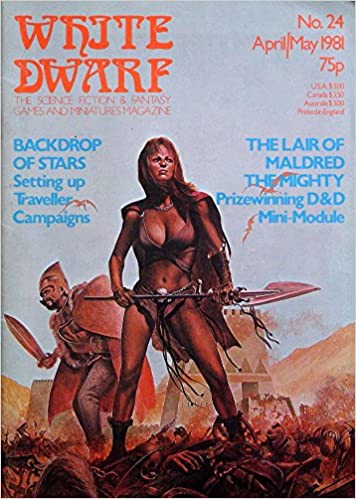
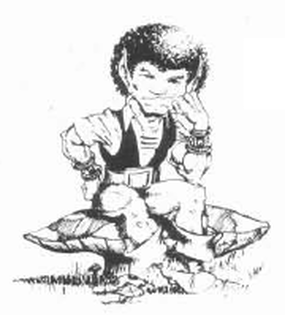
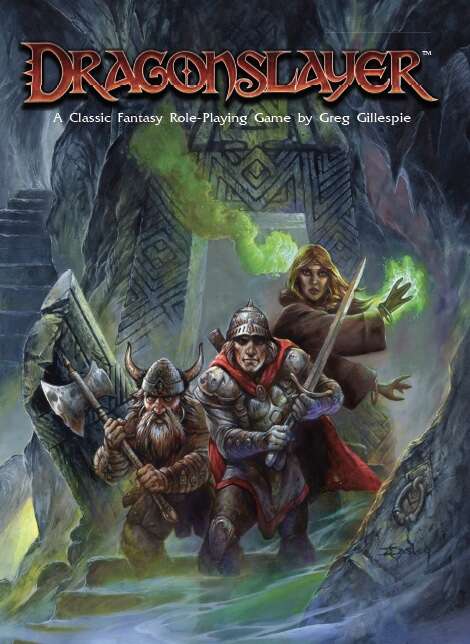
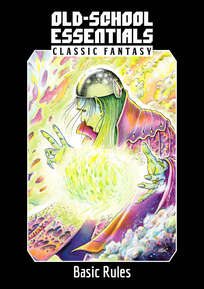
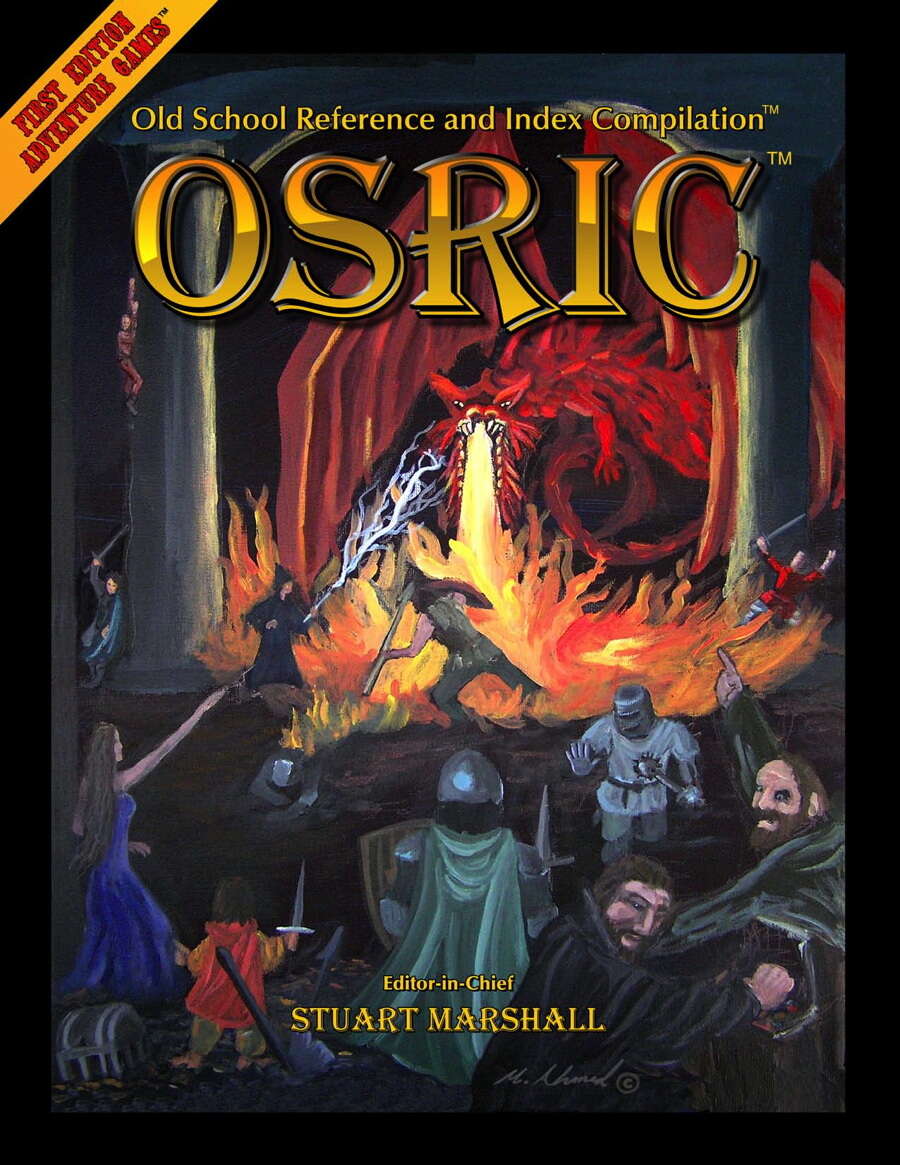

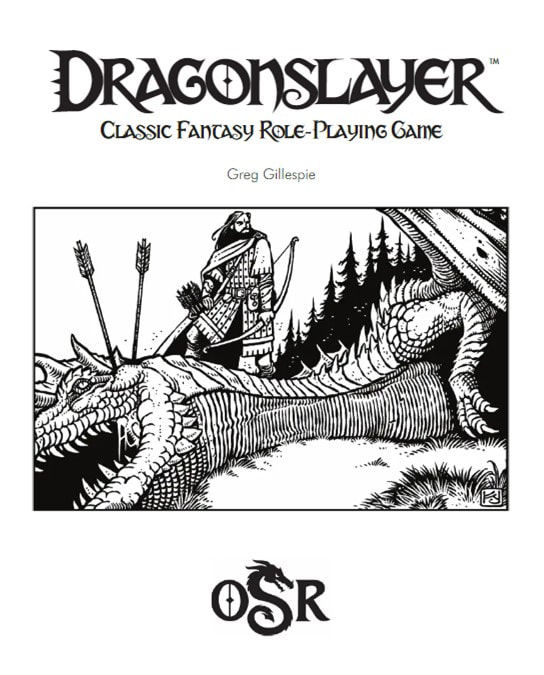
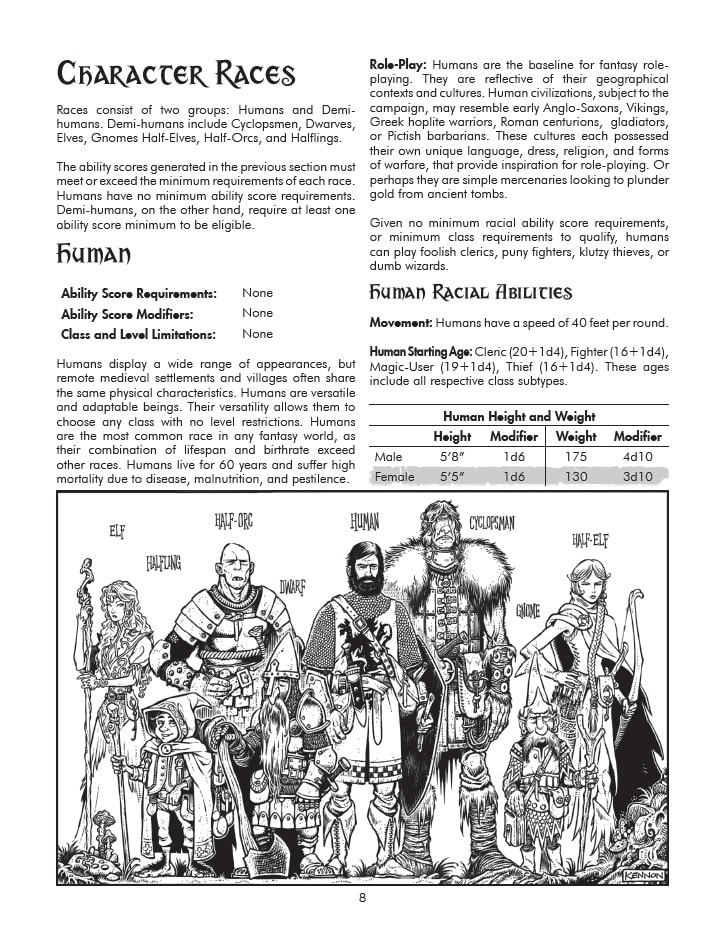
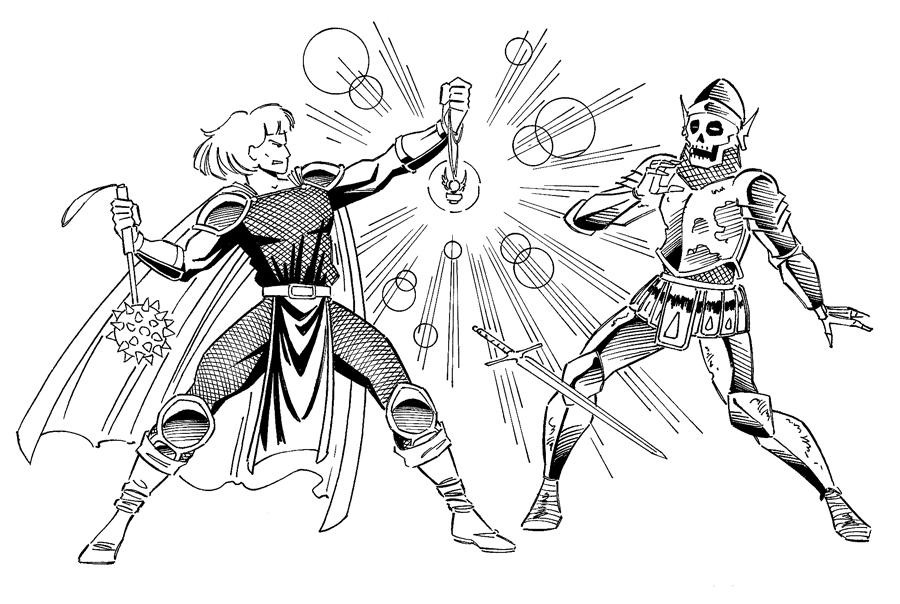
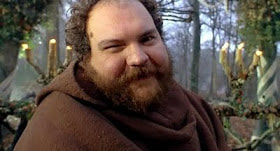
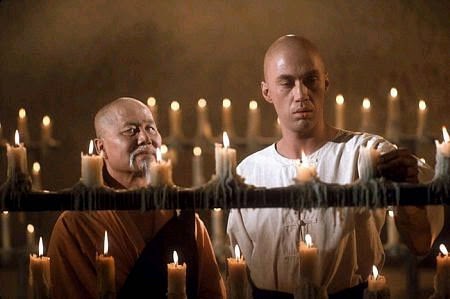
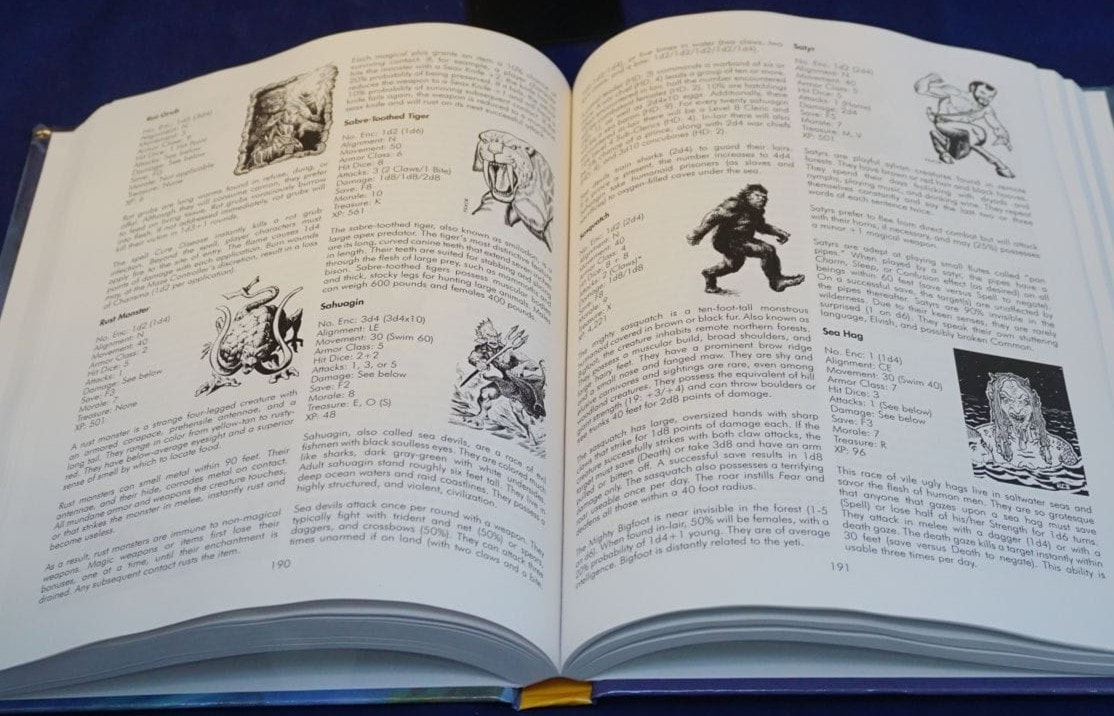
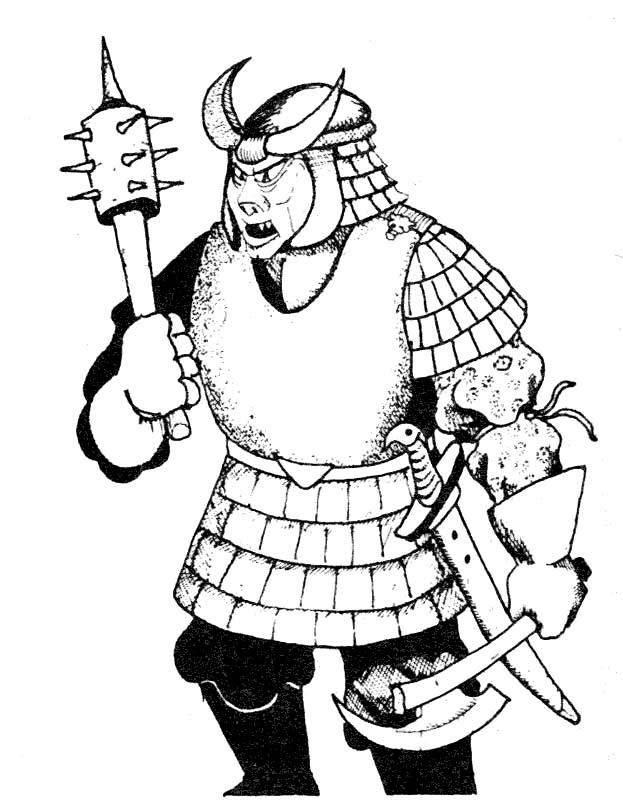
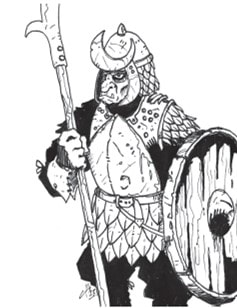
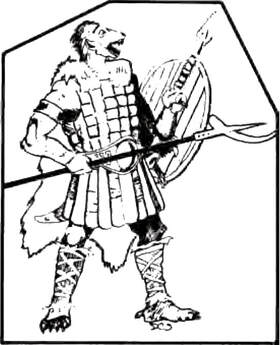

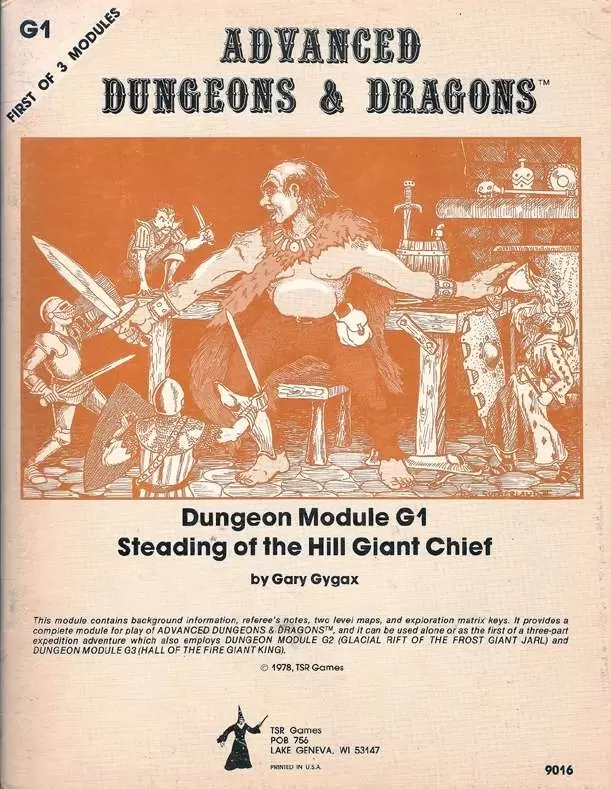
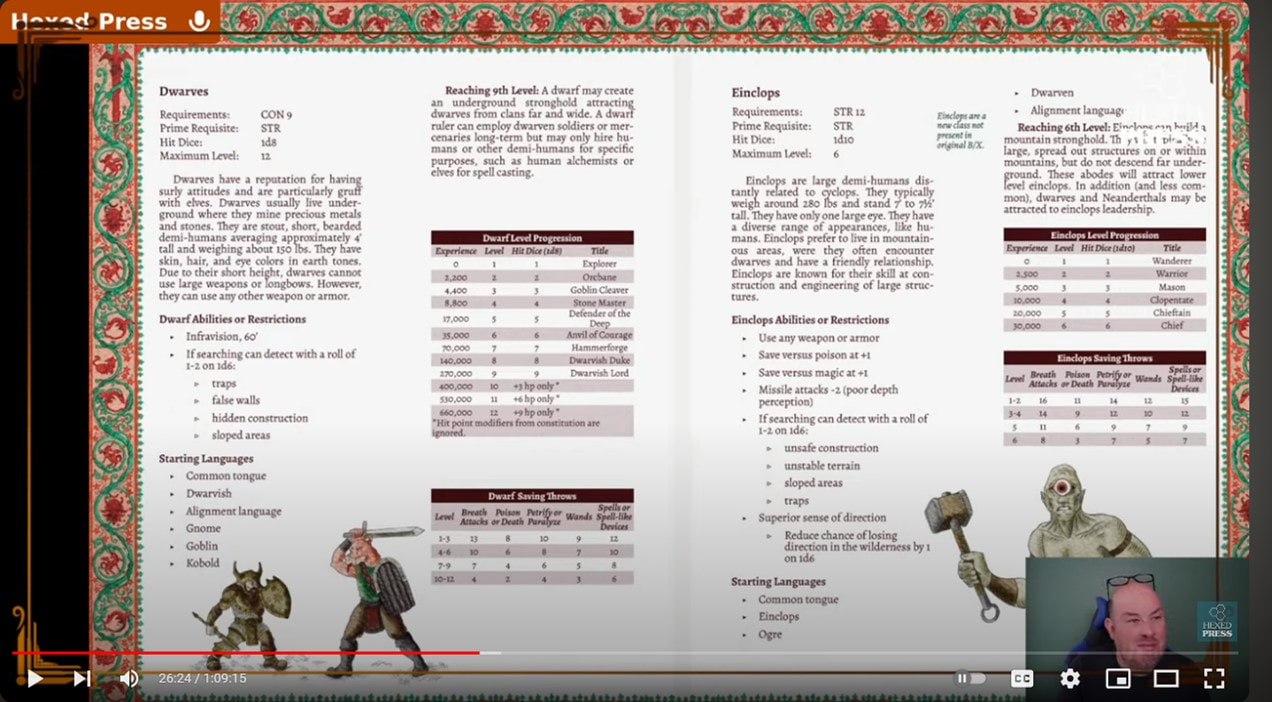
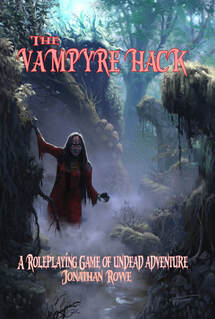
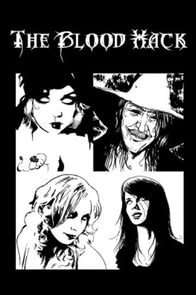
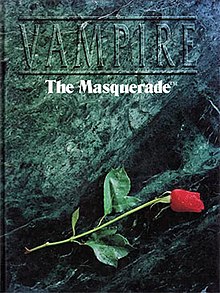
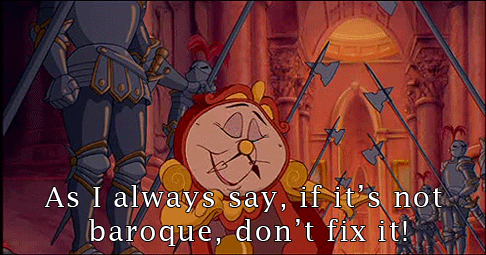
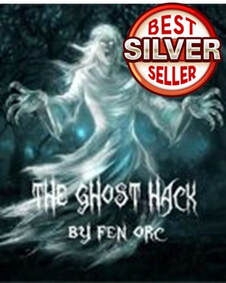
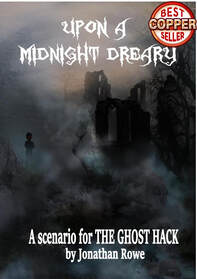

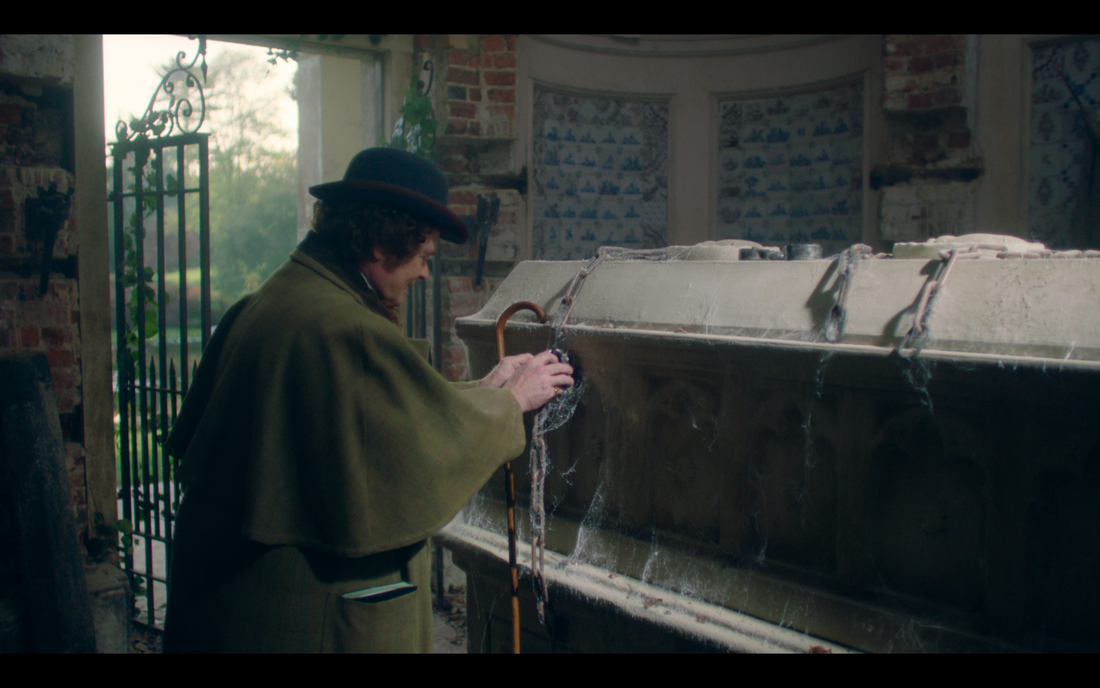
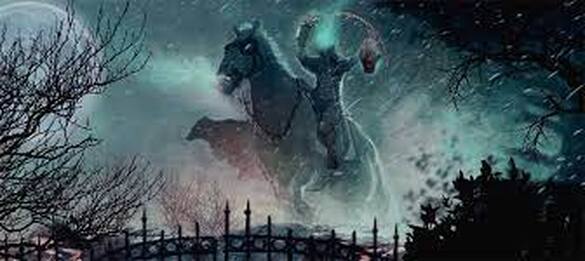
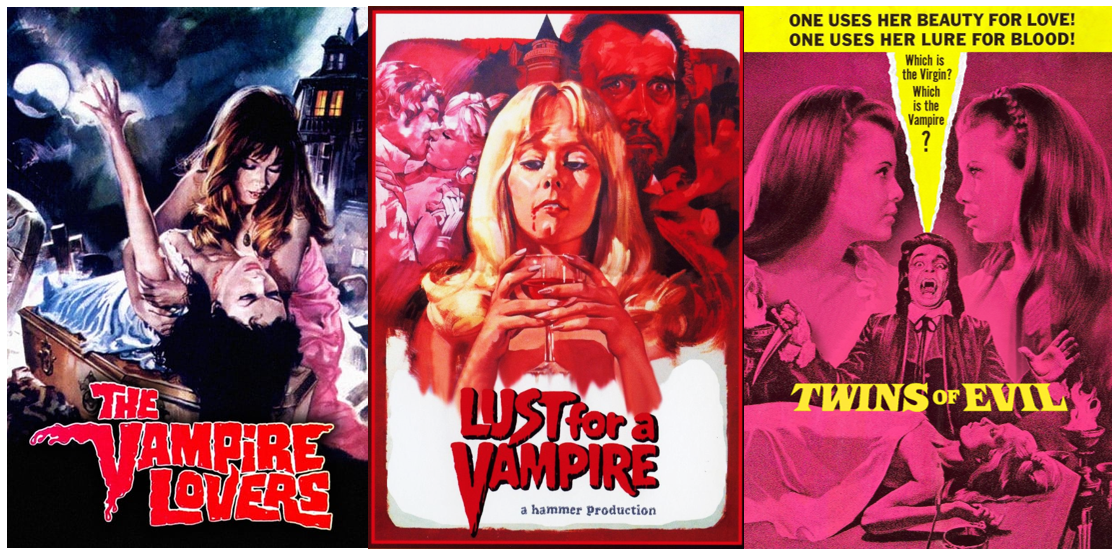
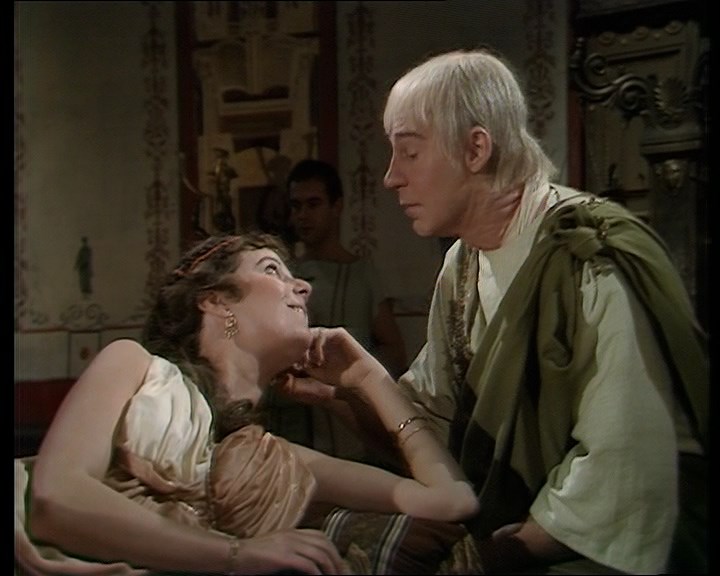
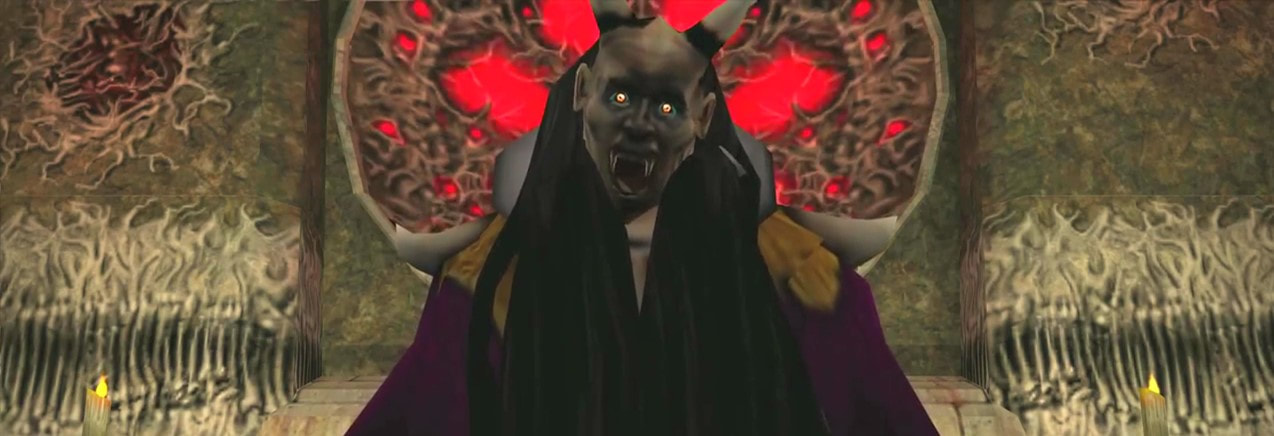

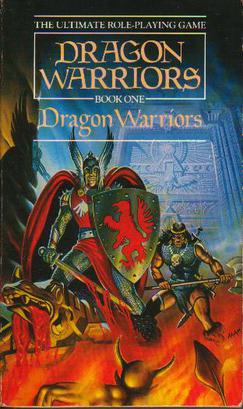
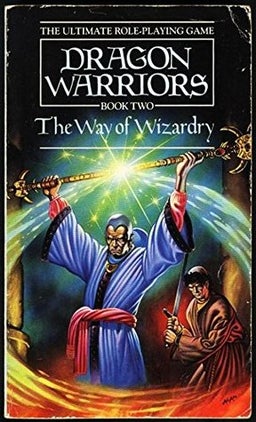
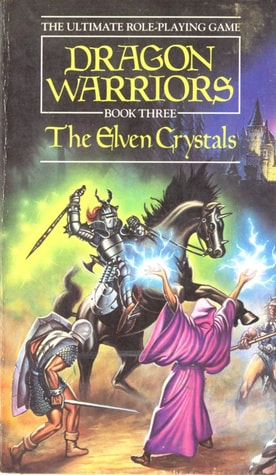
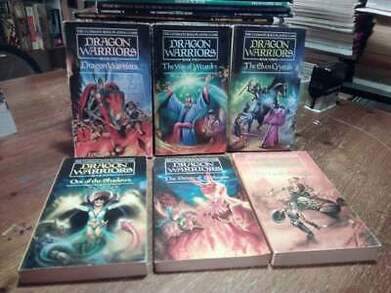
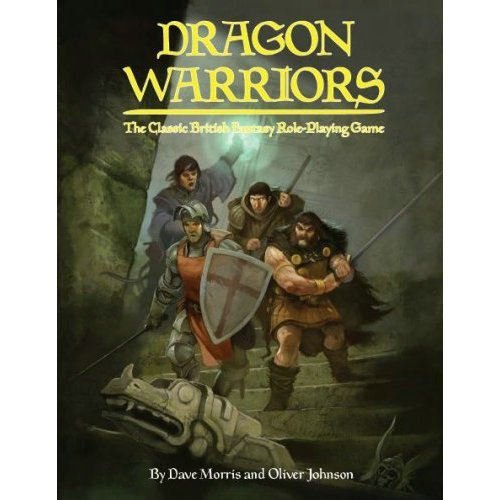

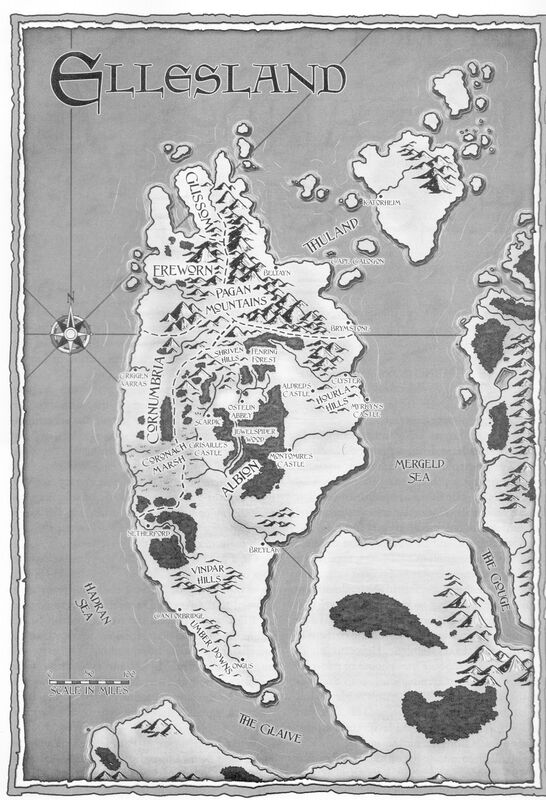
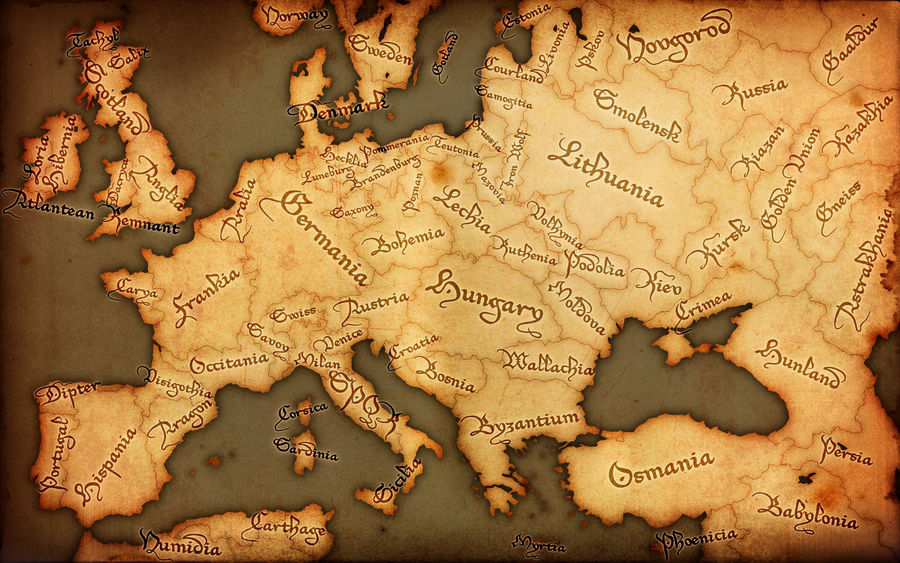
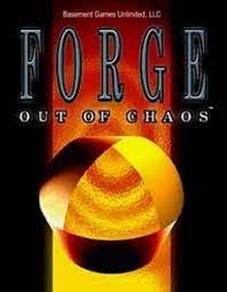
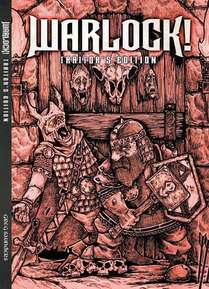
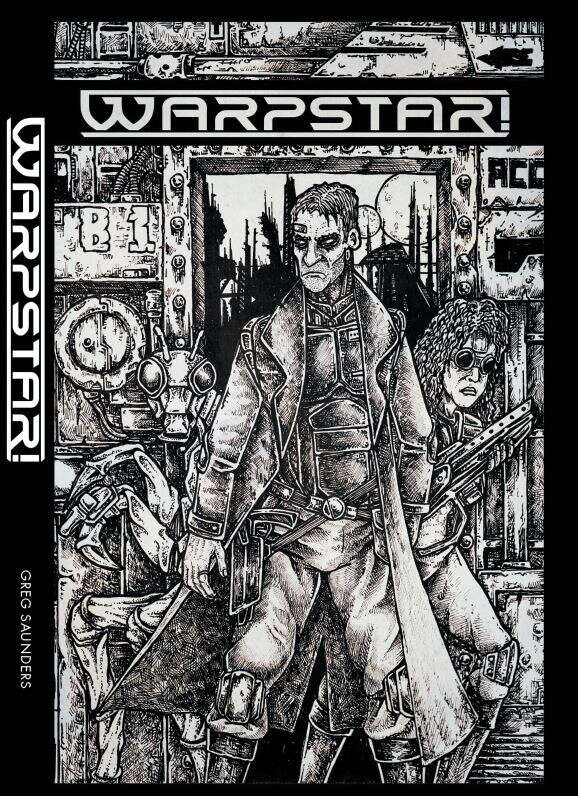






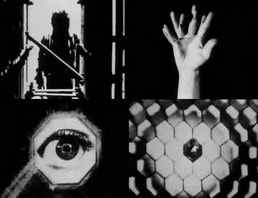


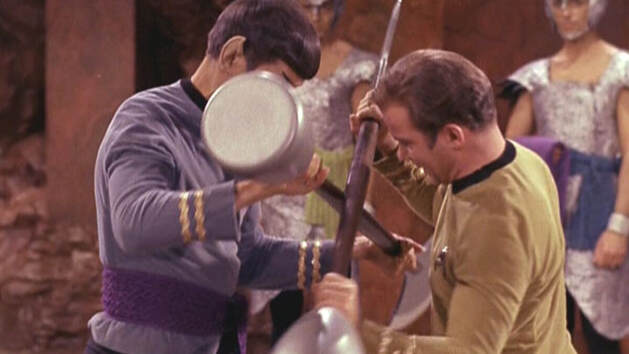
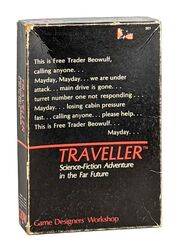
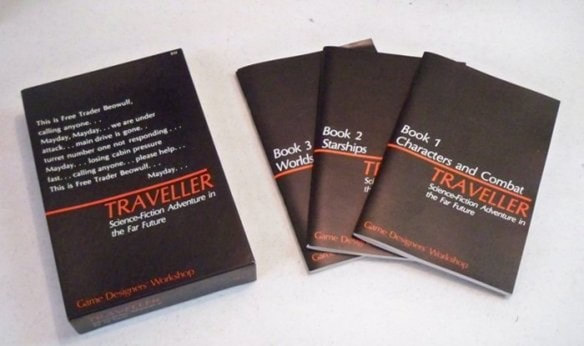

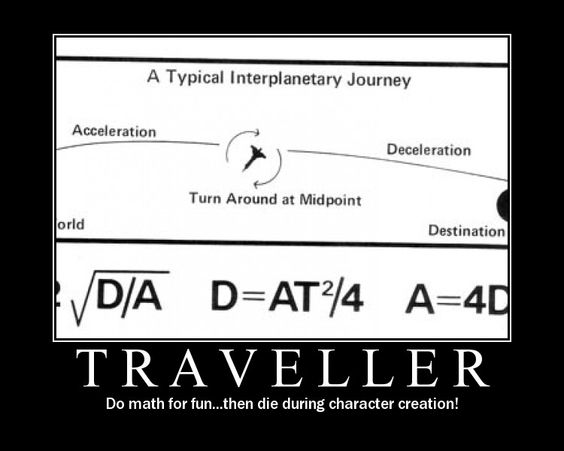
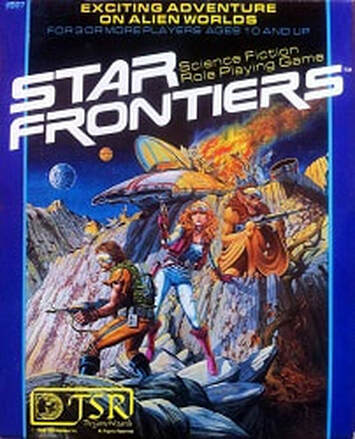
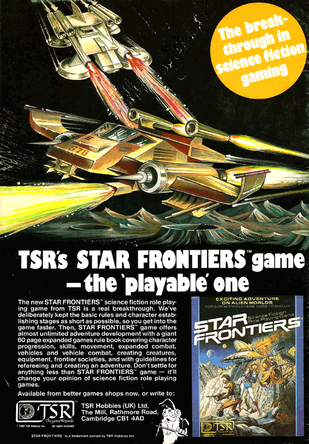
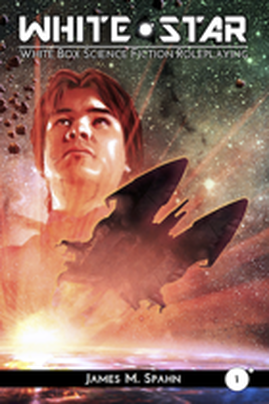
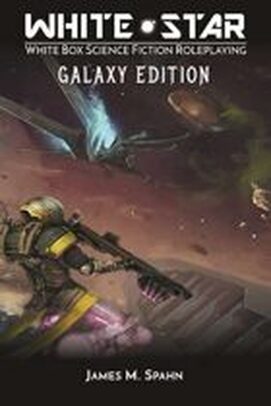
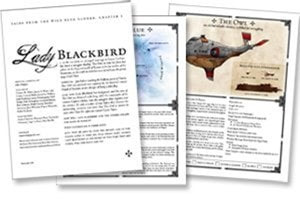
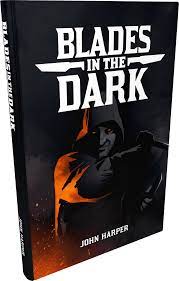

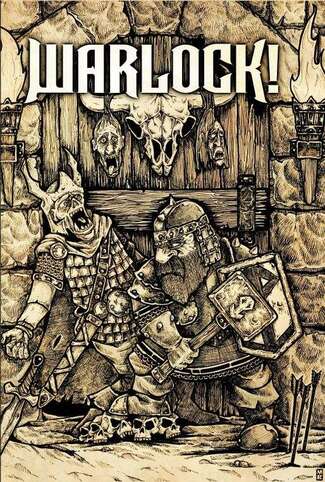
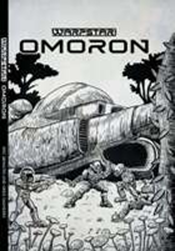
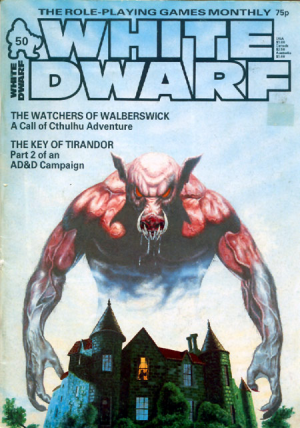
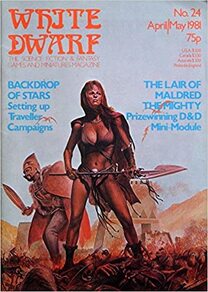
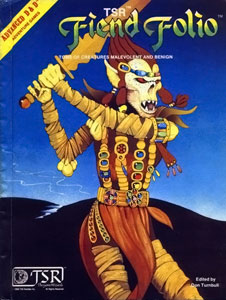
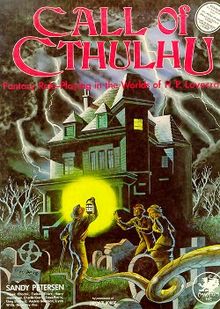
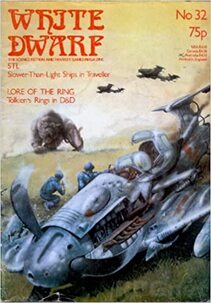
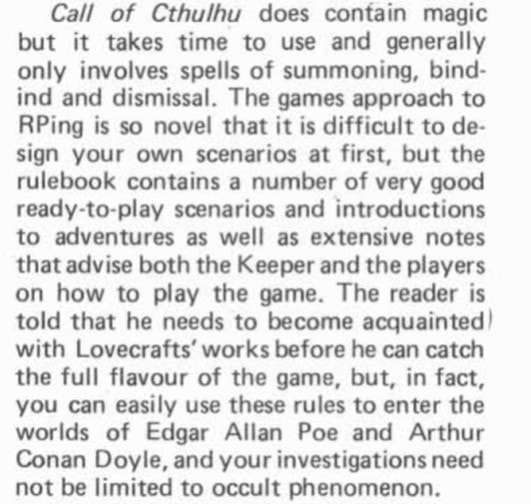
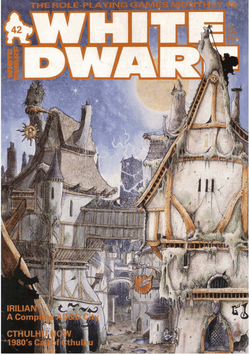
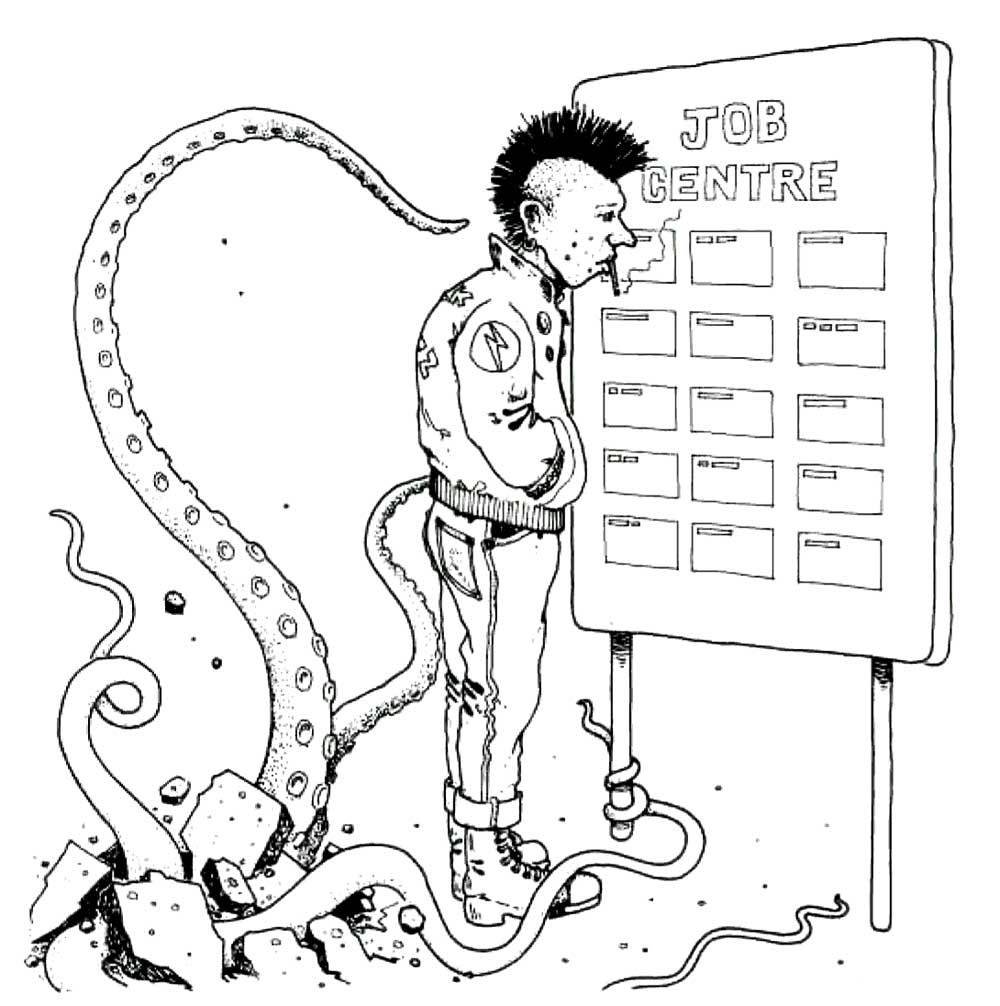
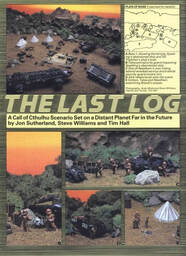
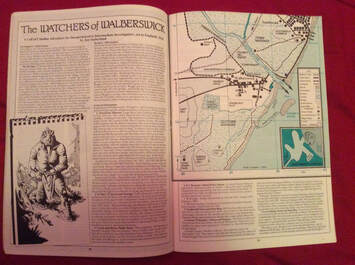
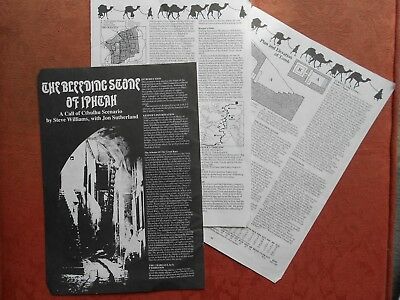
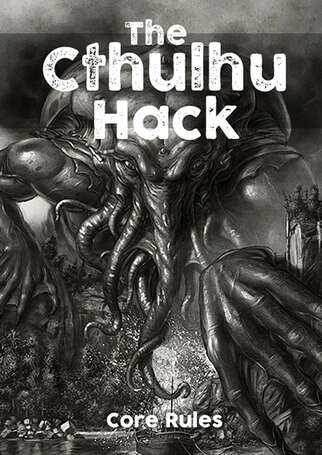

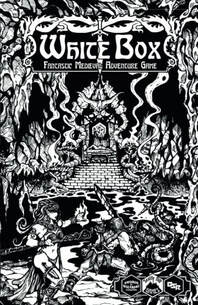
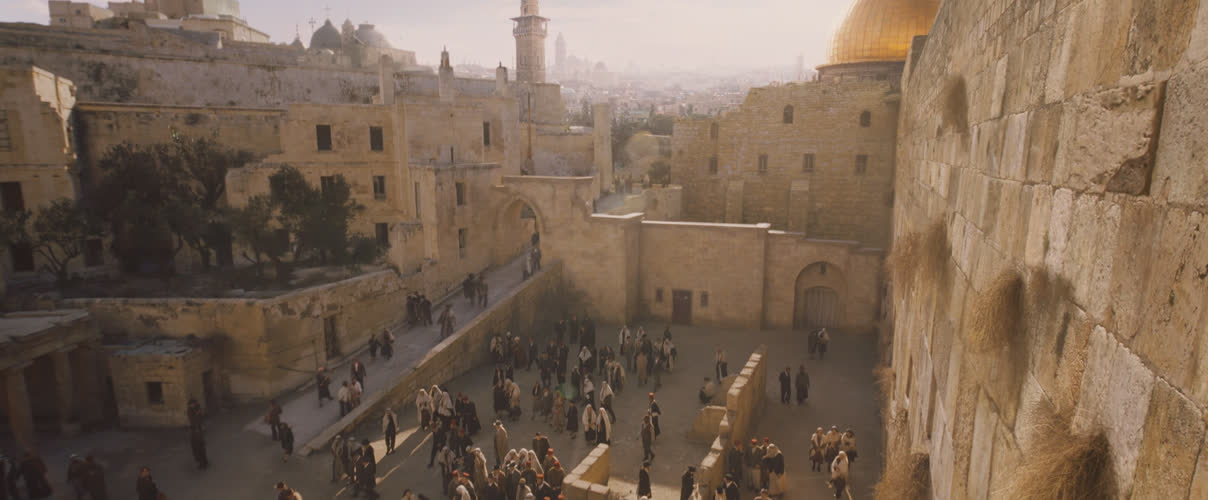
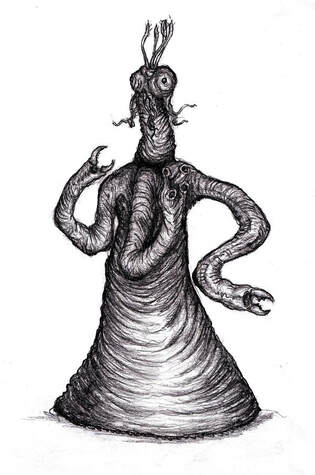

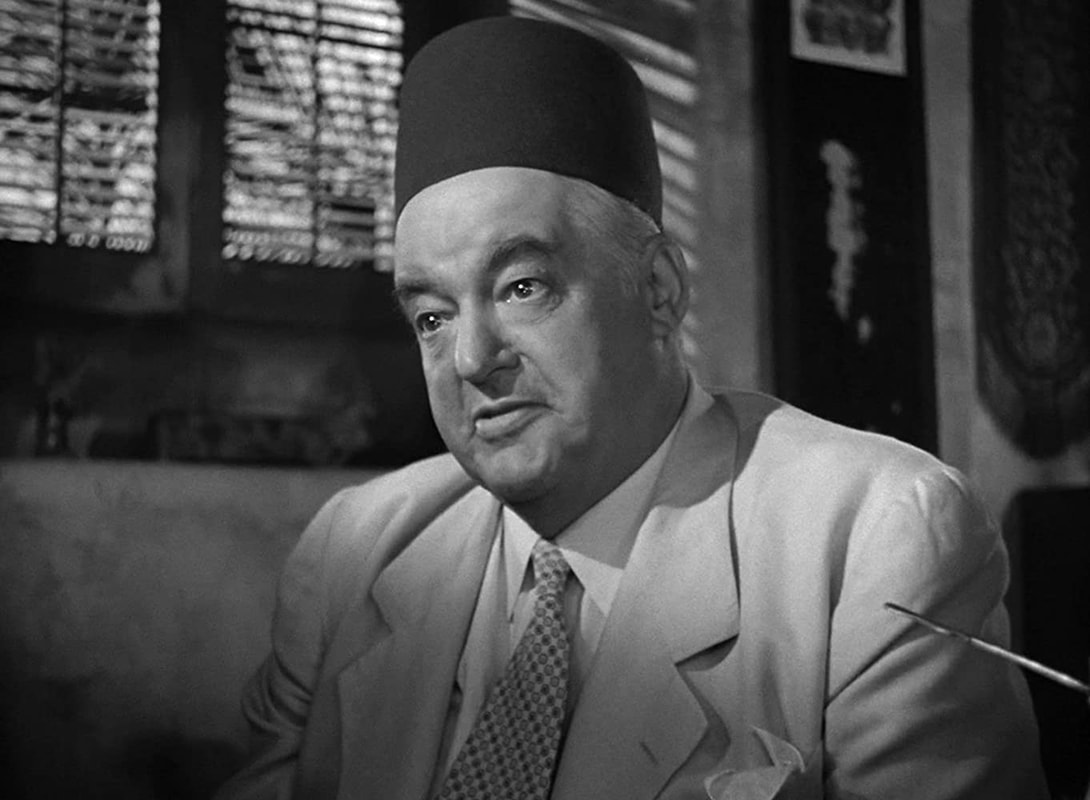


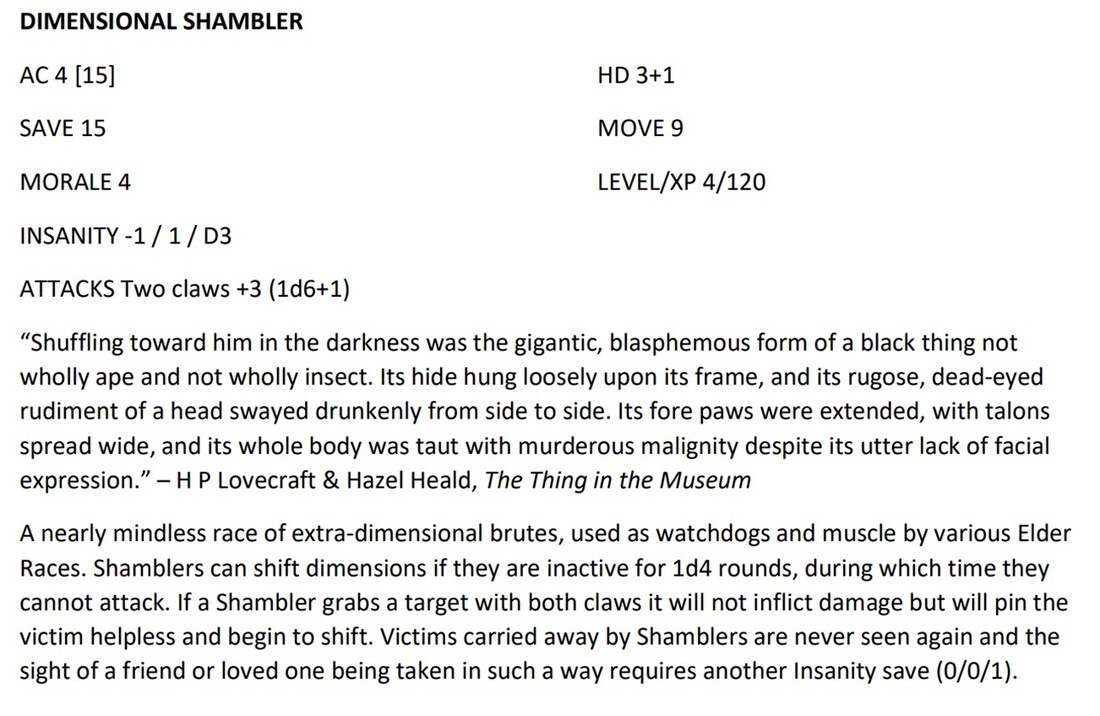
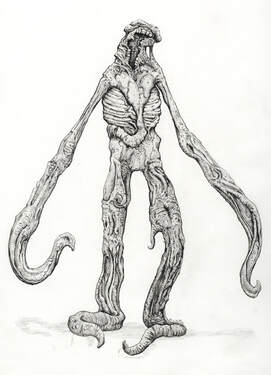

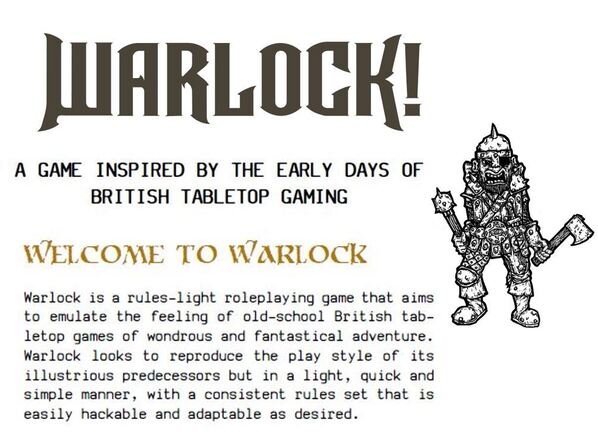
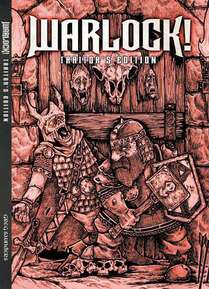
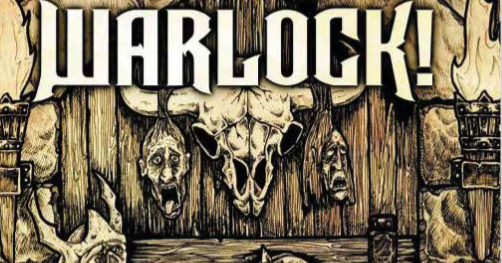
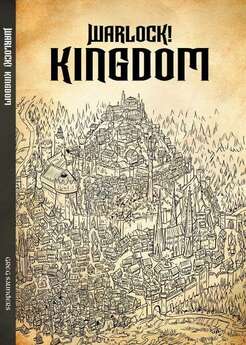
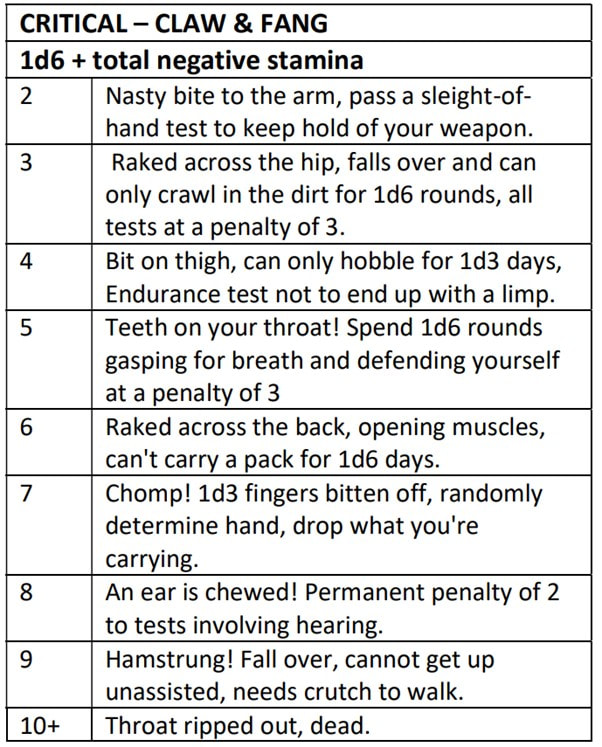
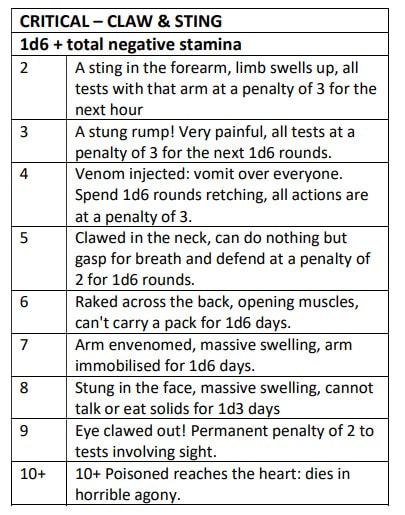
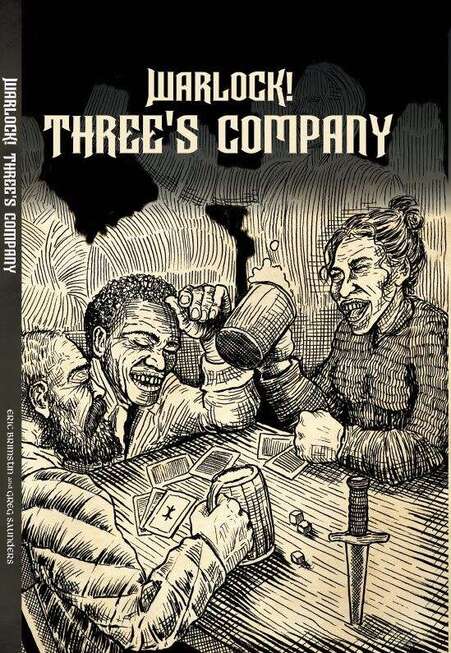
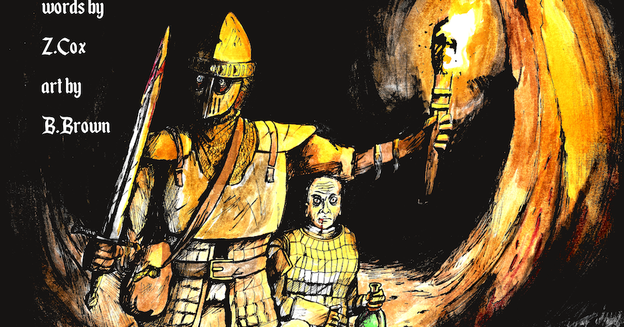
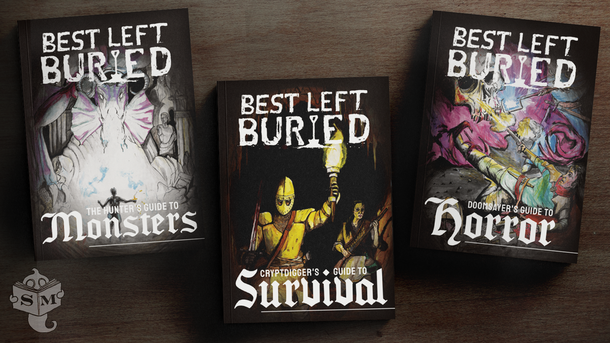
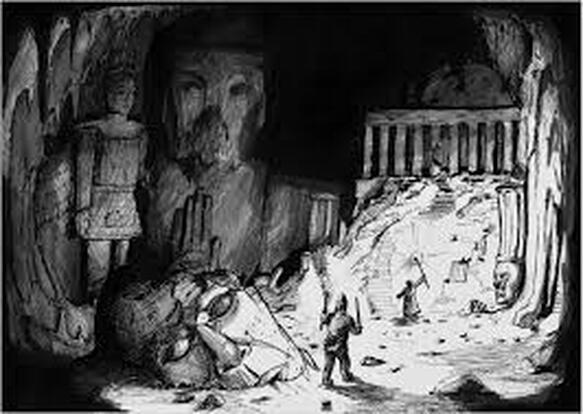

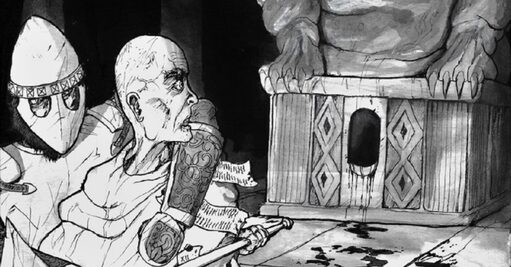
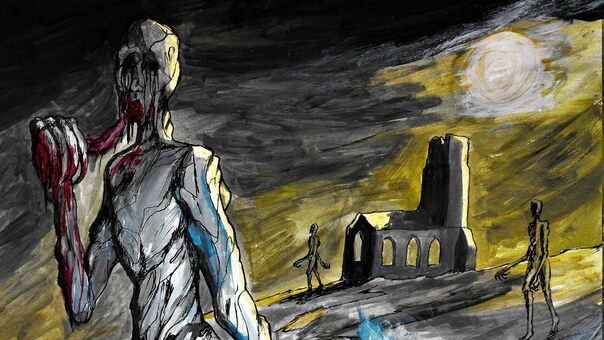
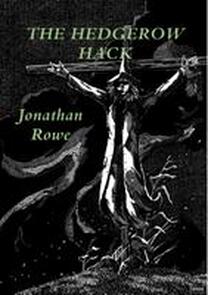
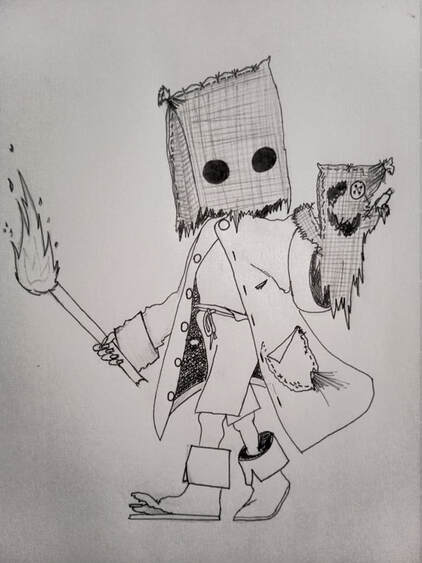




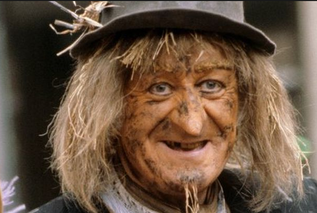
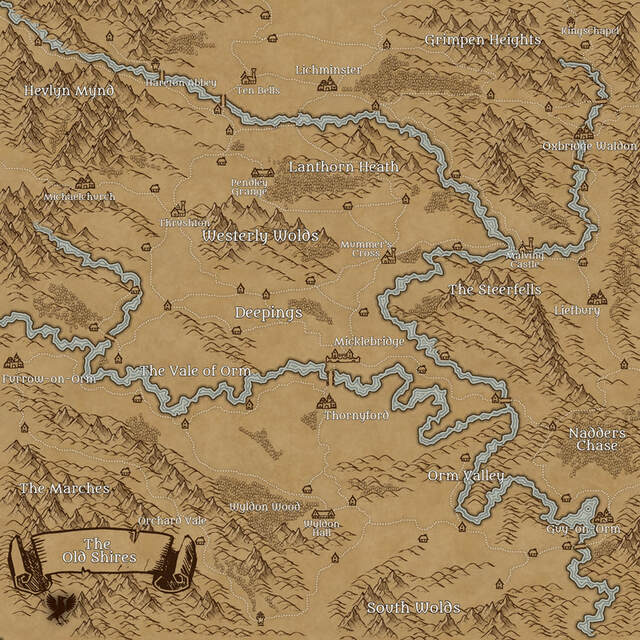
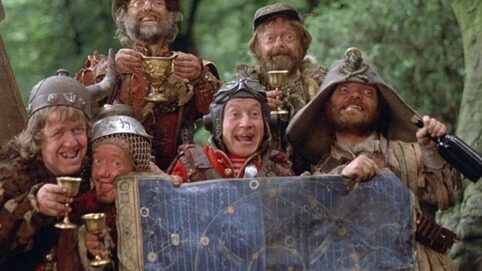
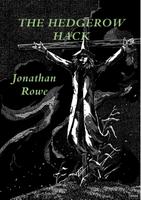
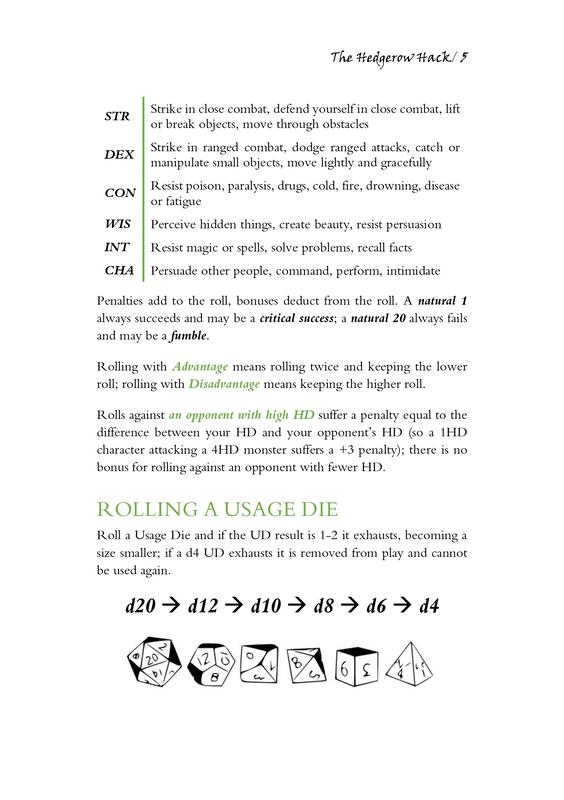
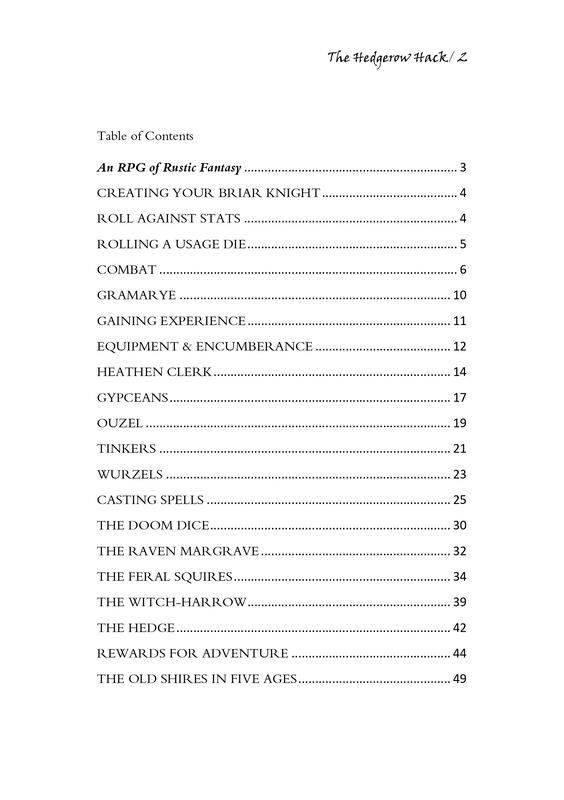


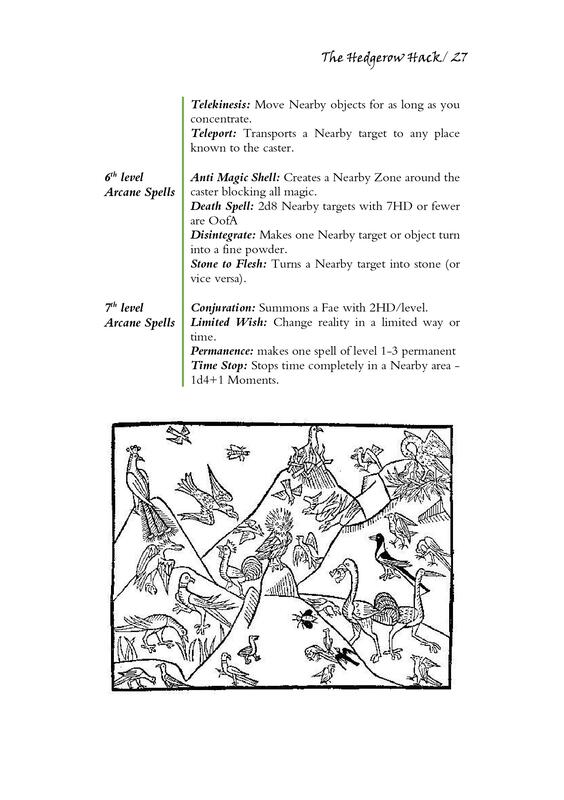
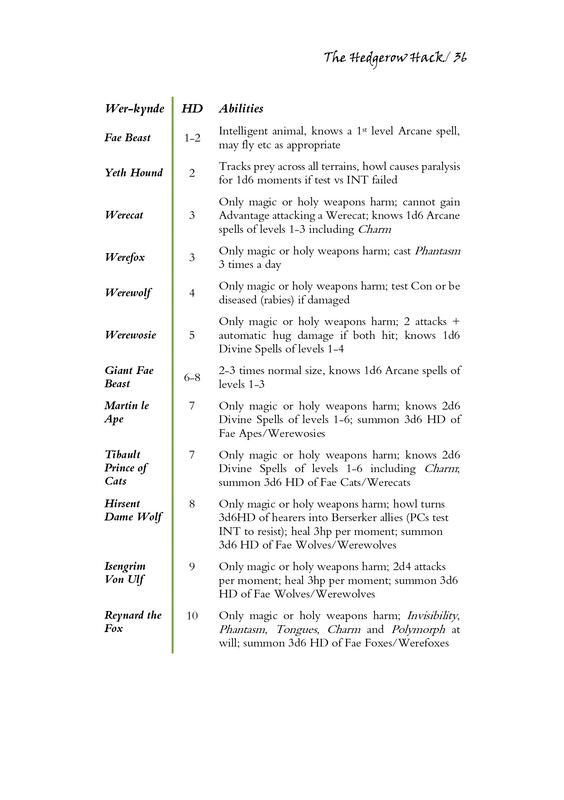
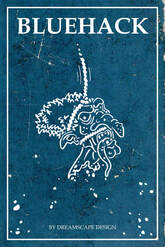
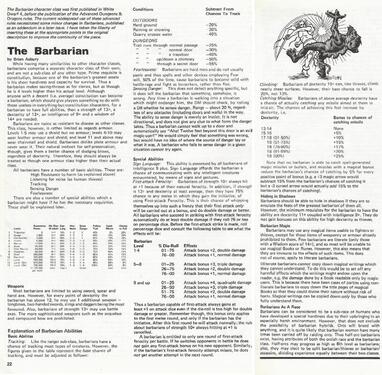

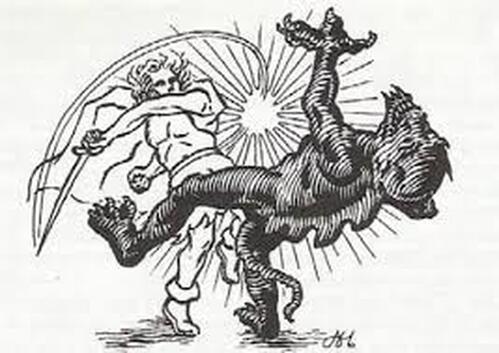
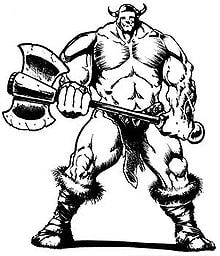
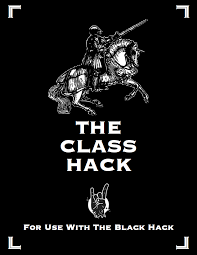

 RSS Feed
RSS Feed
